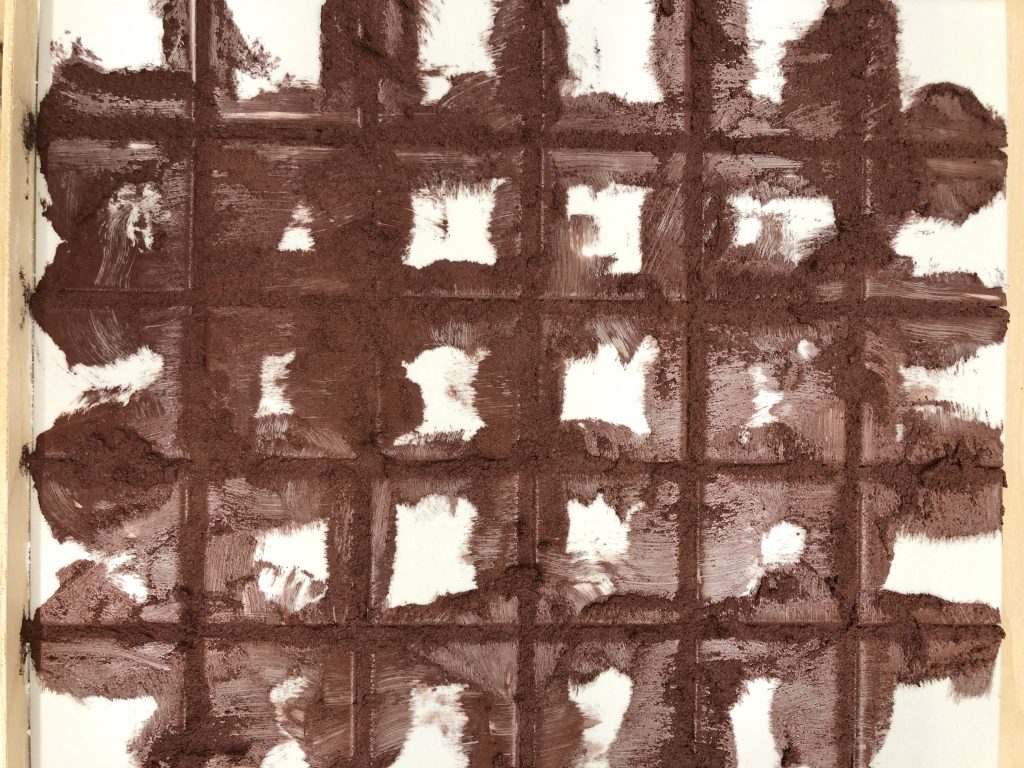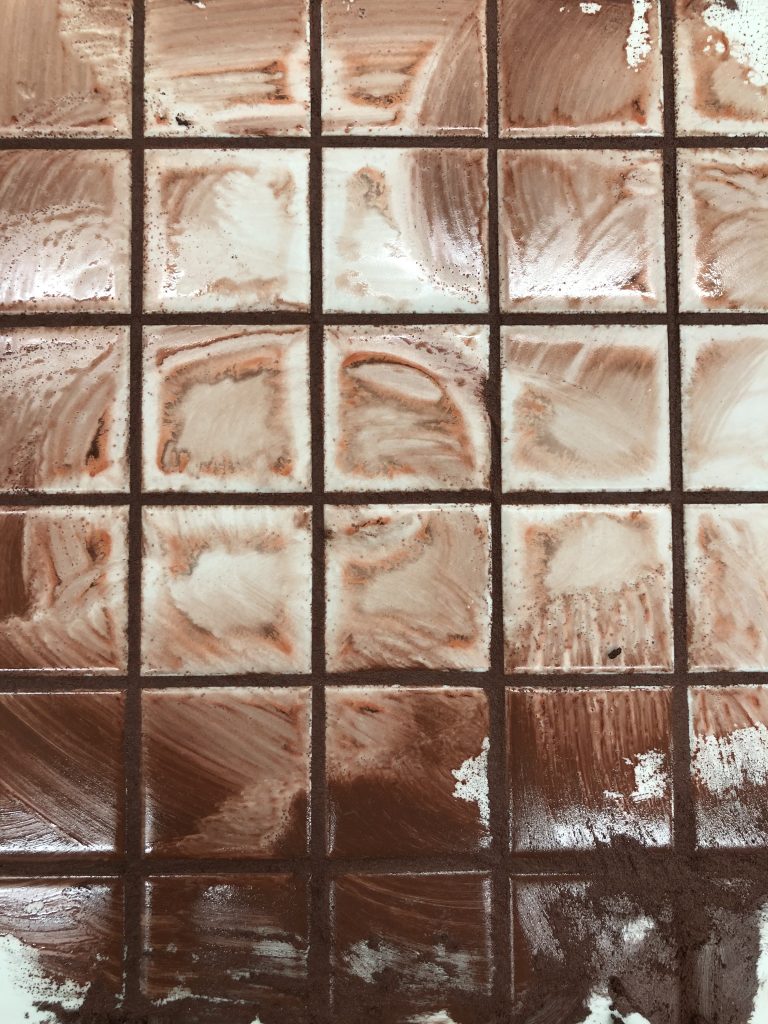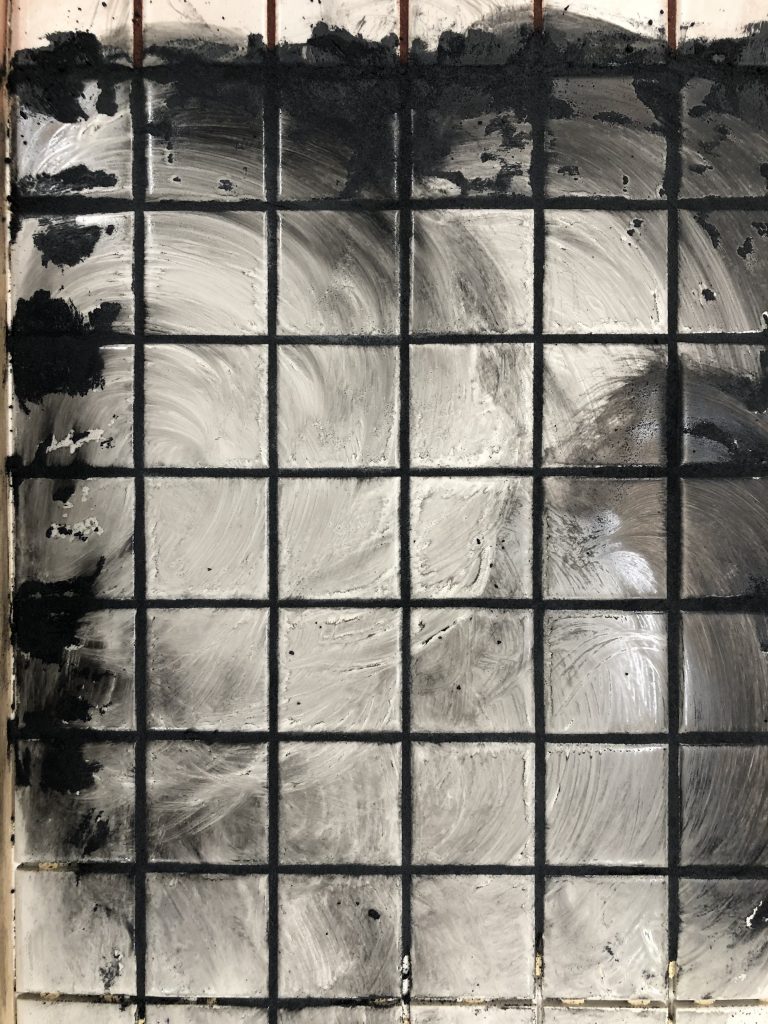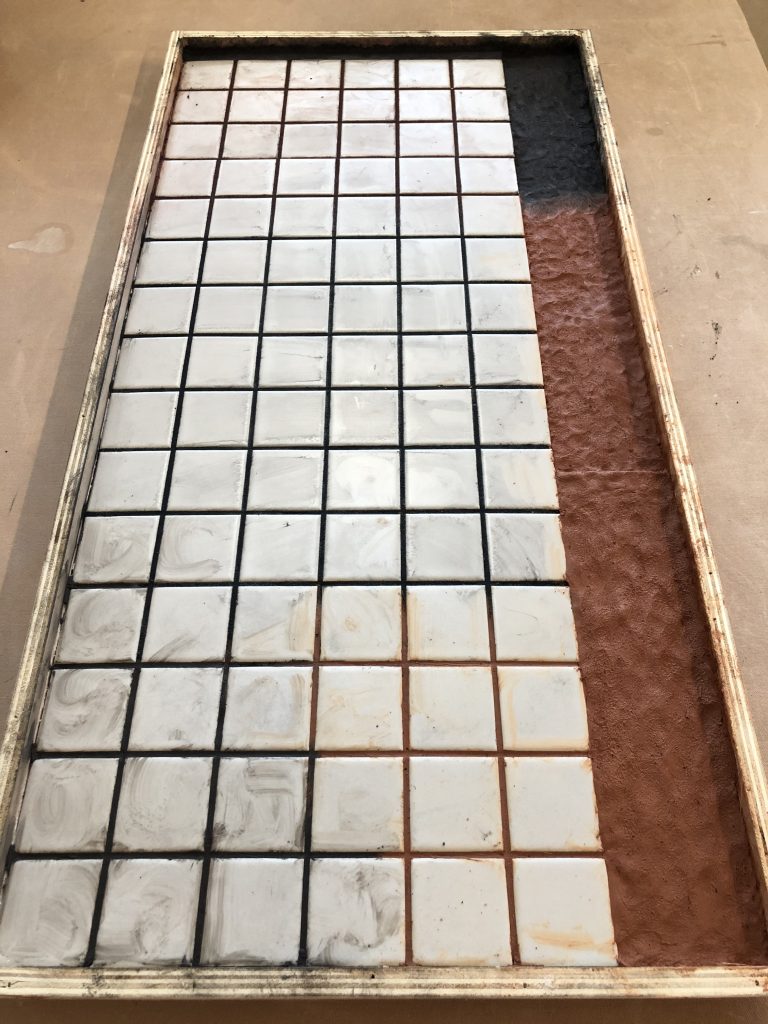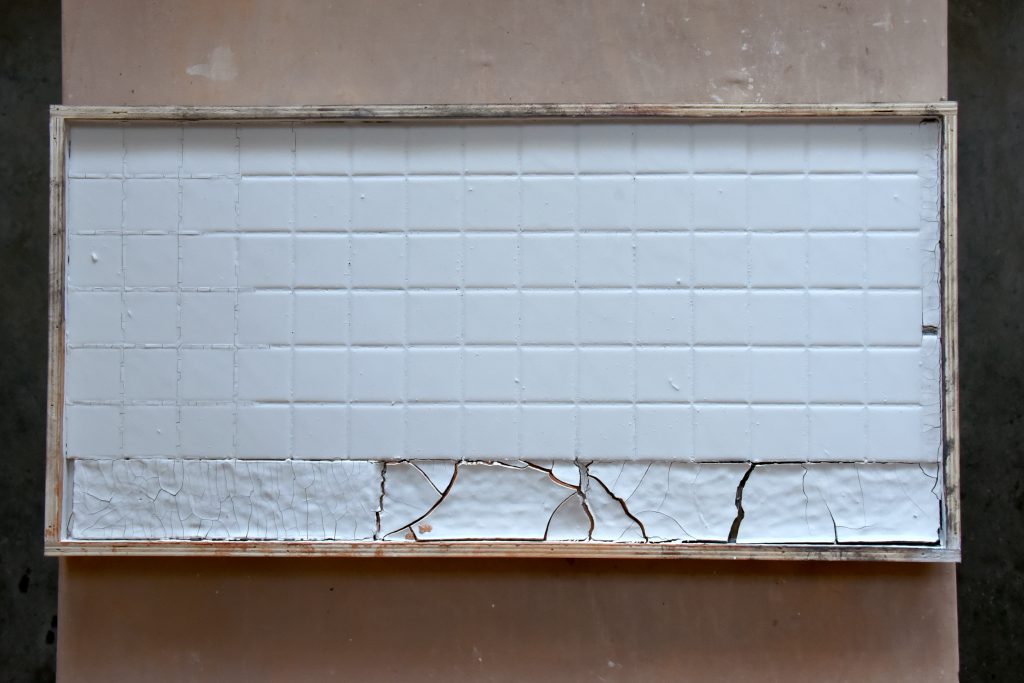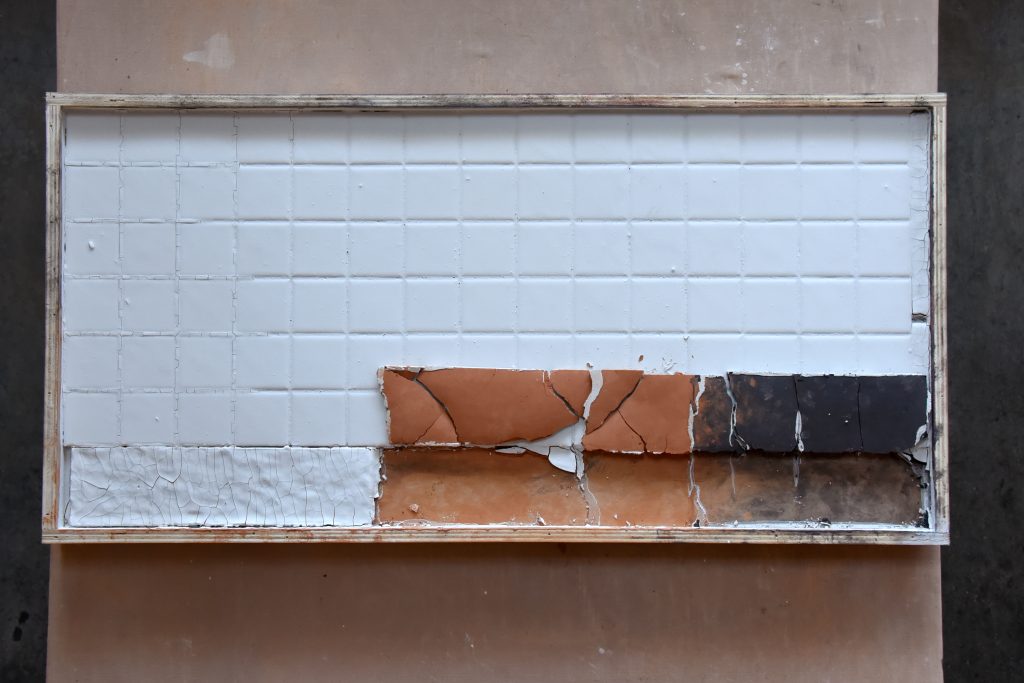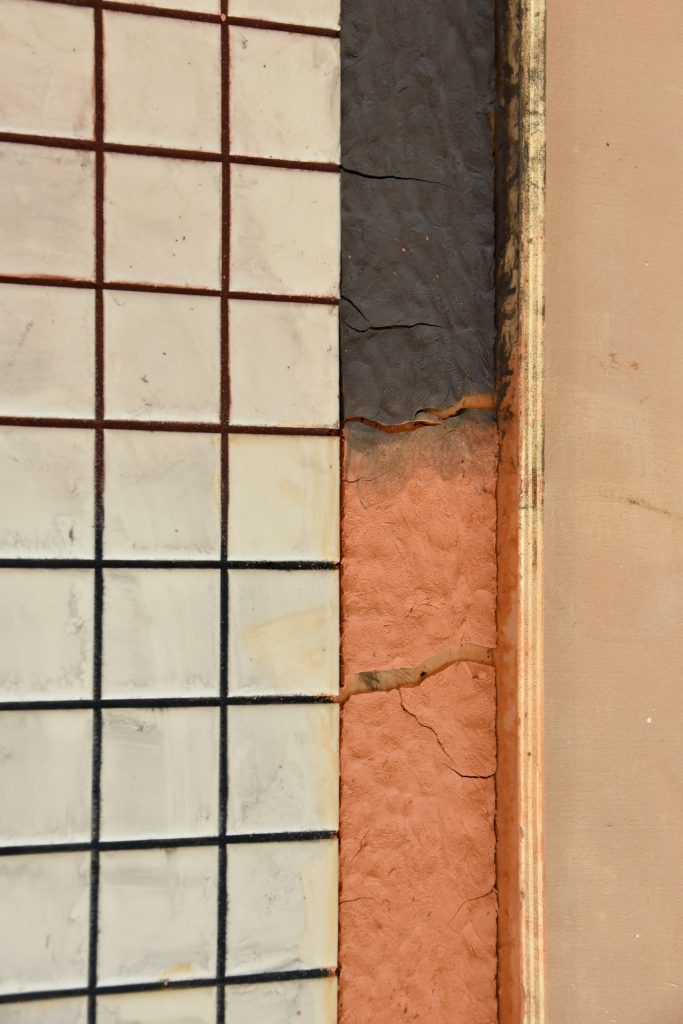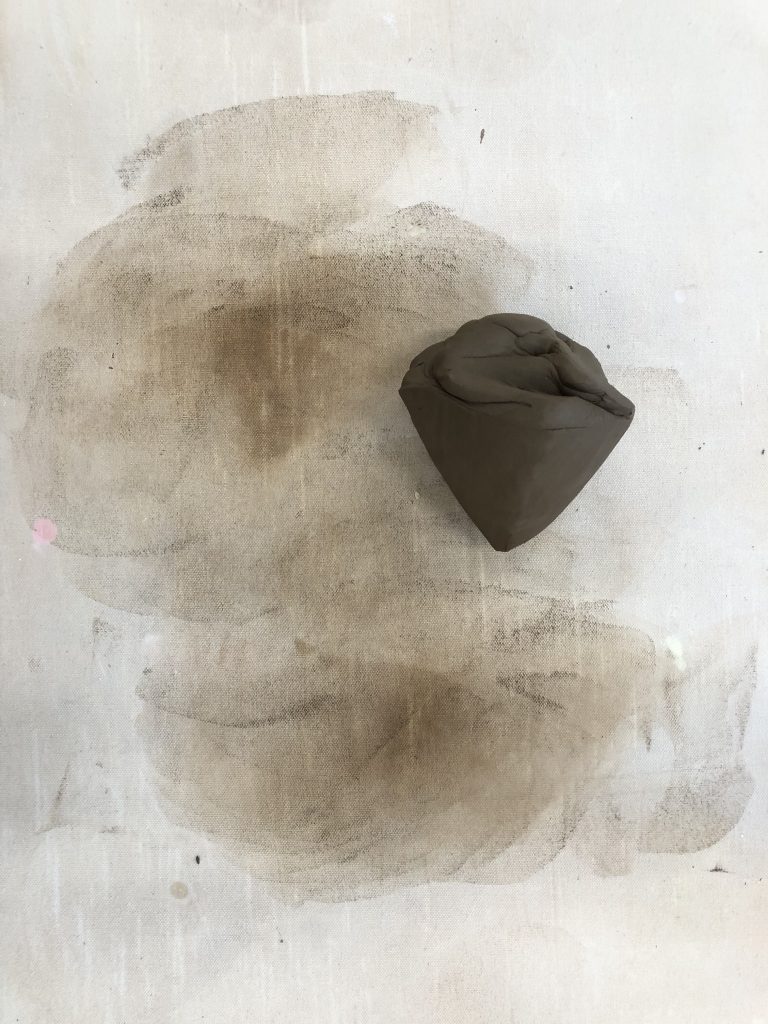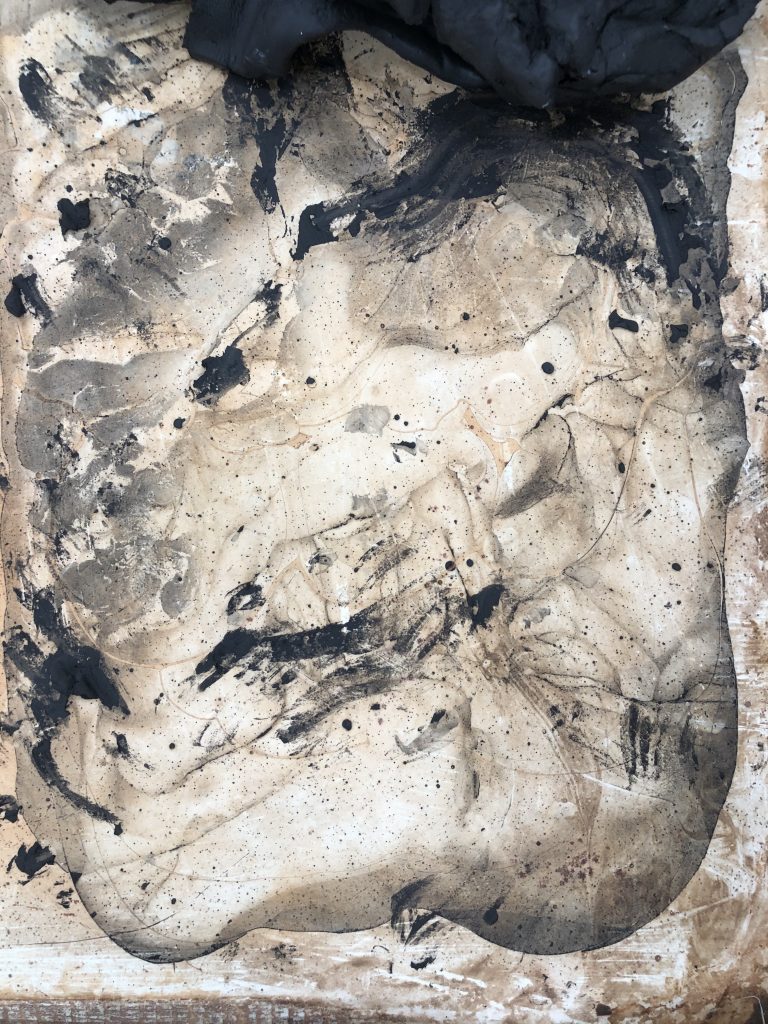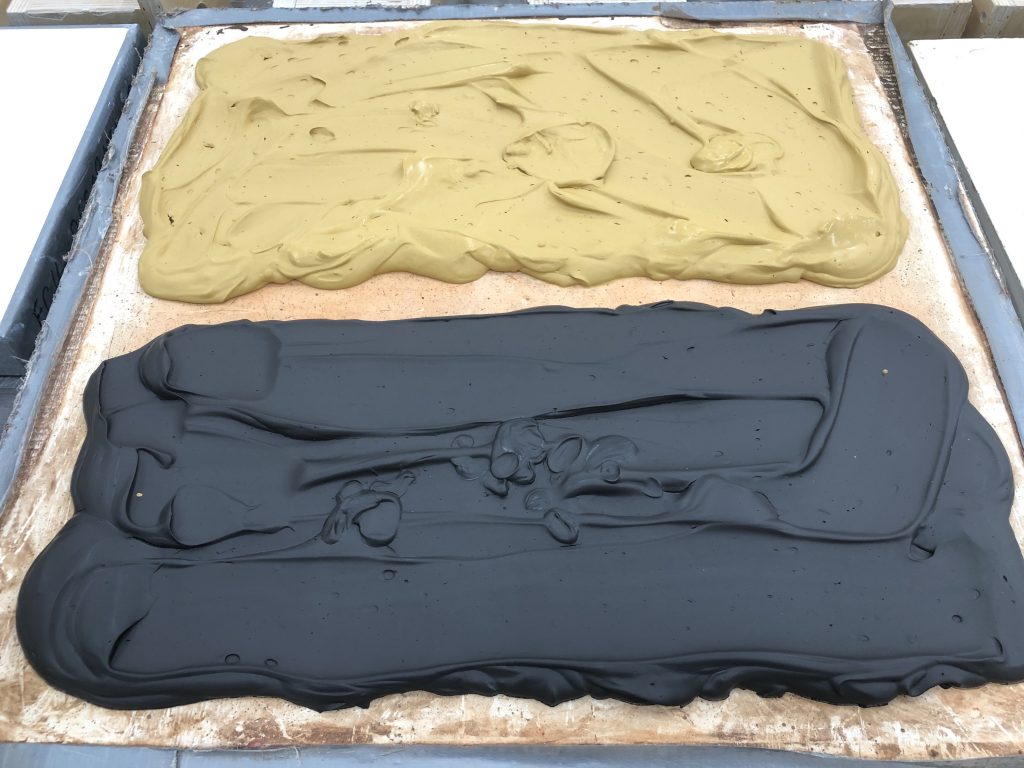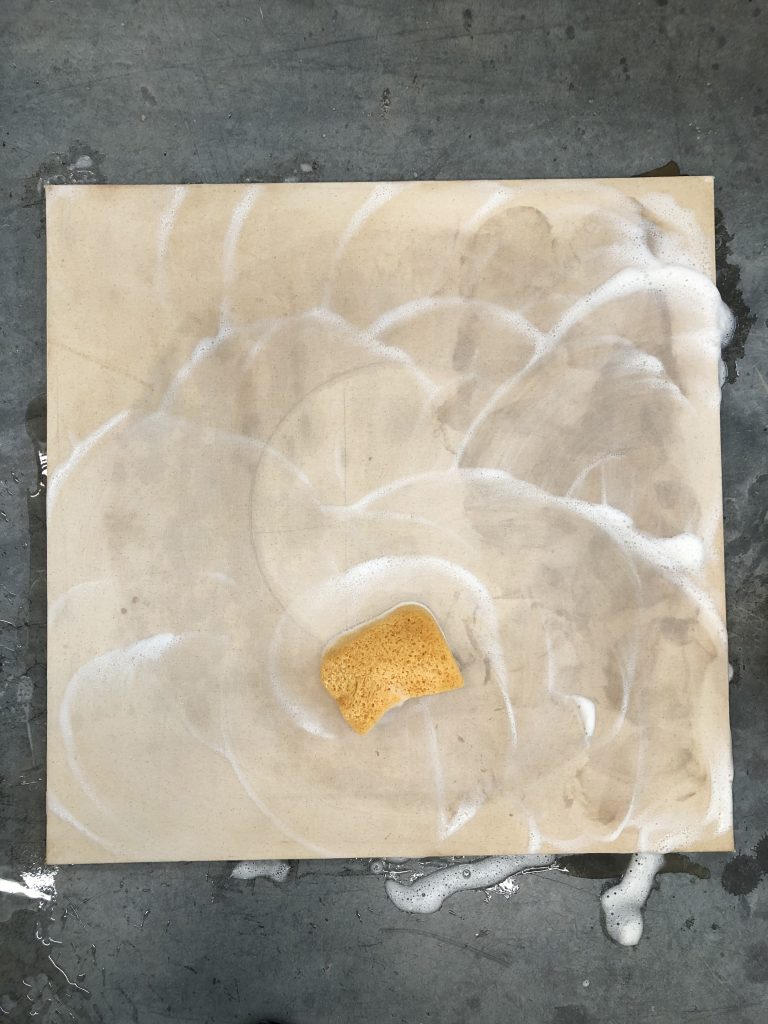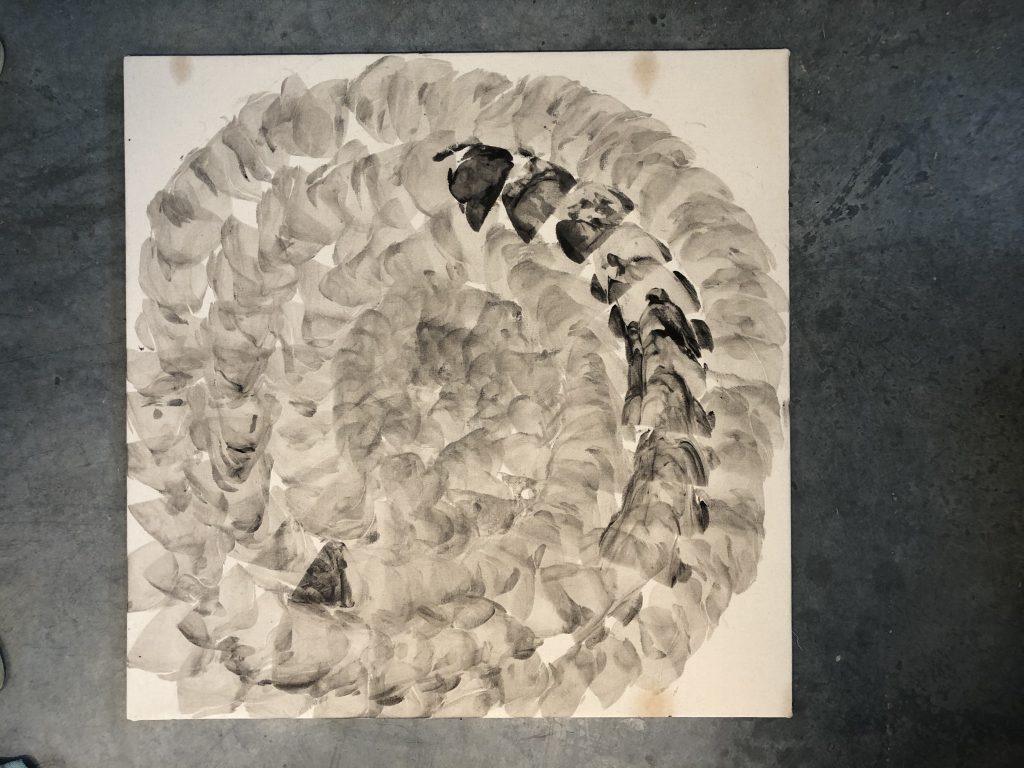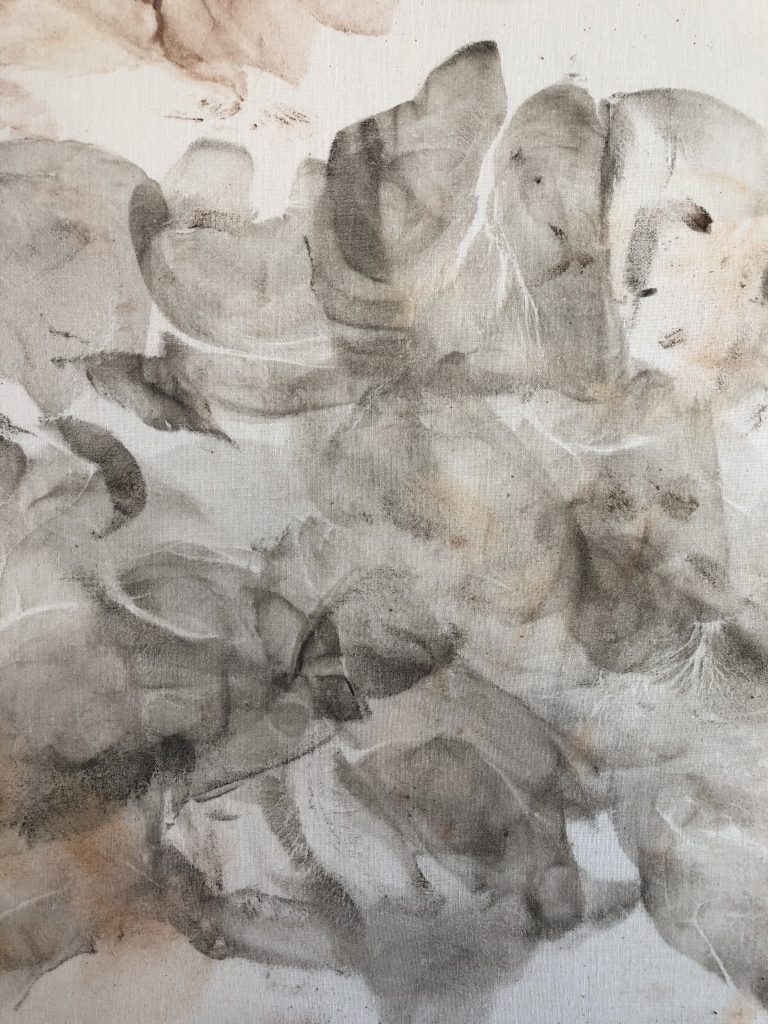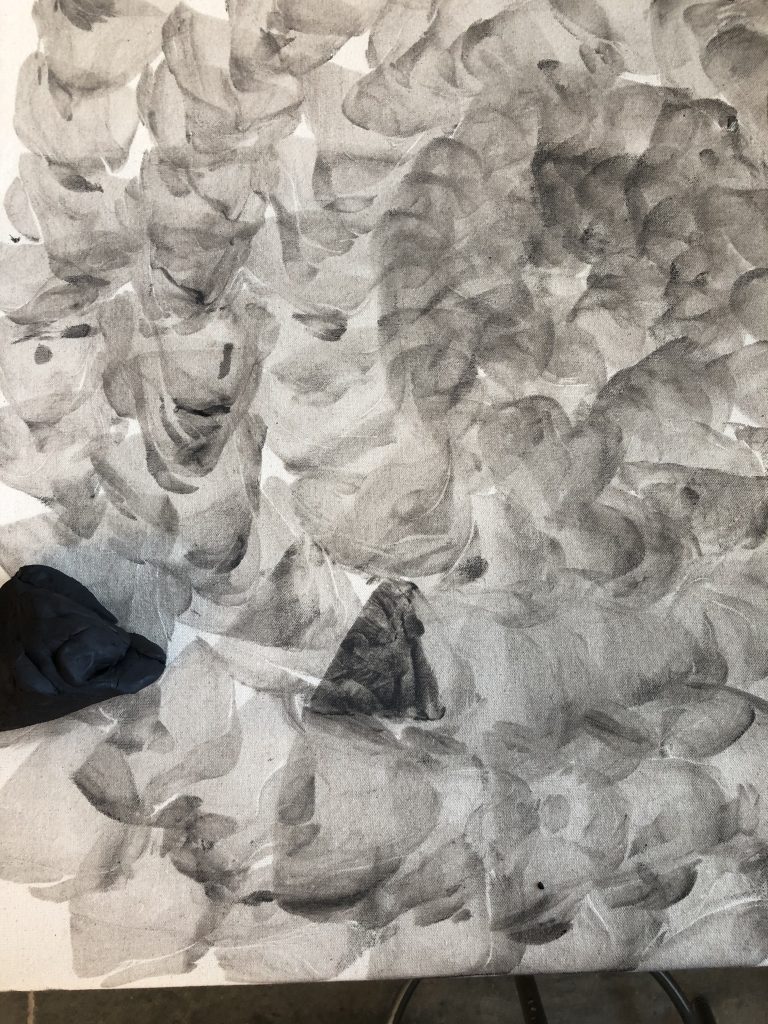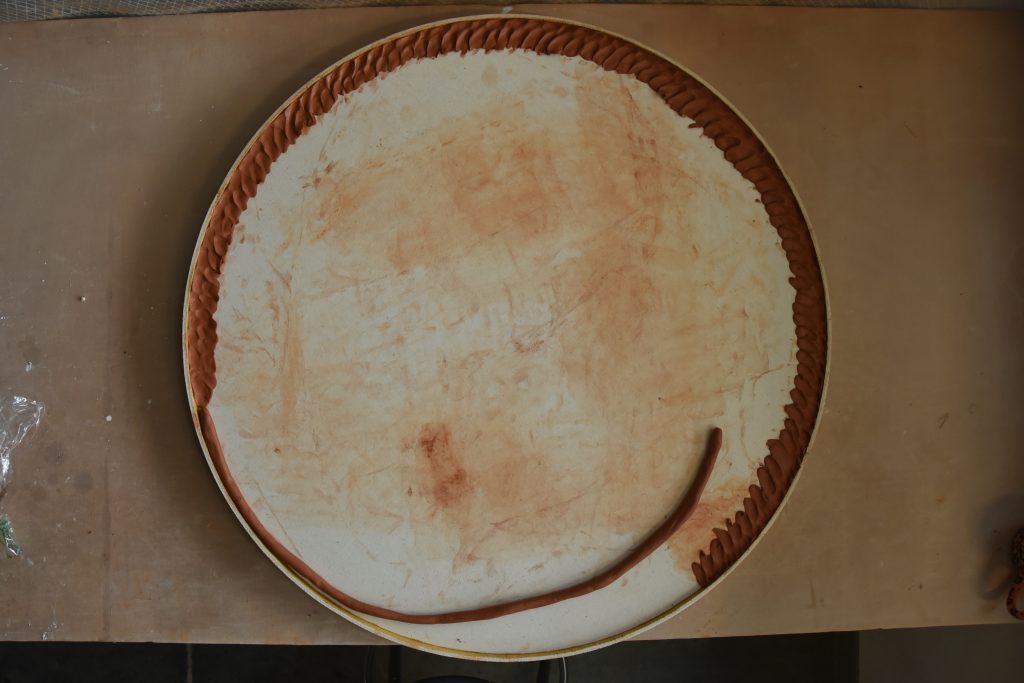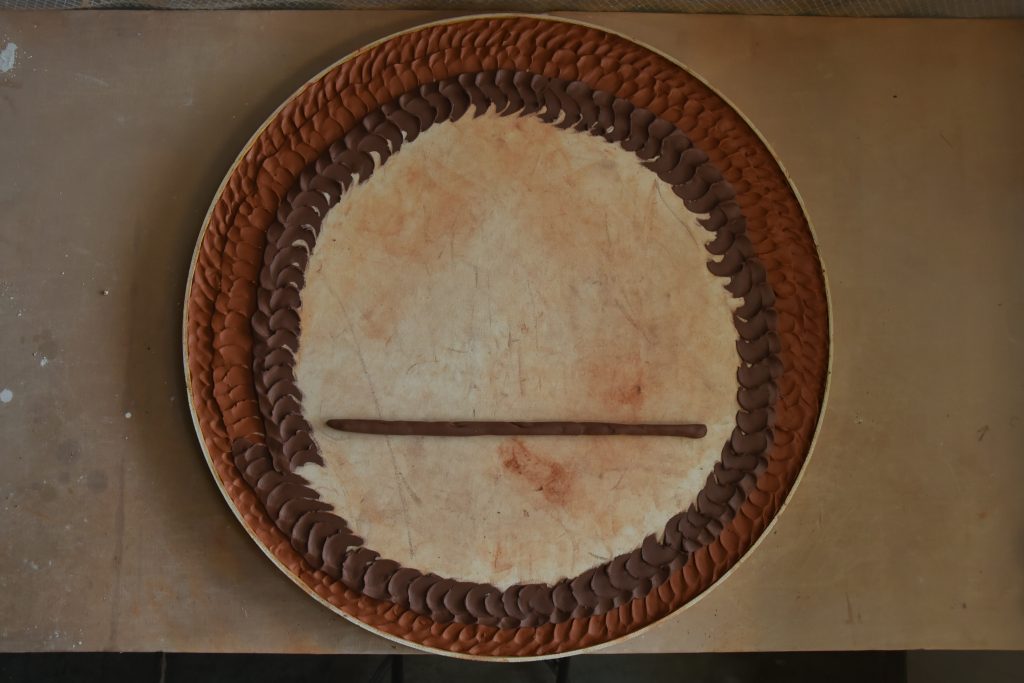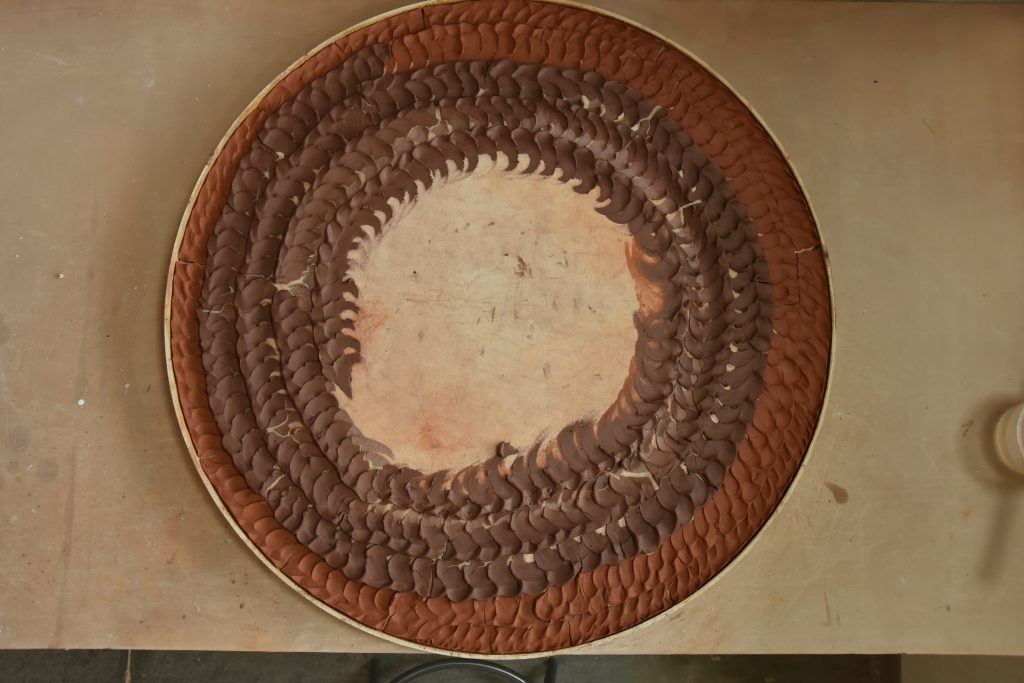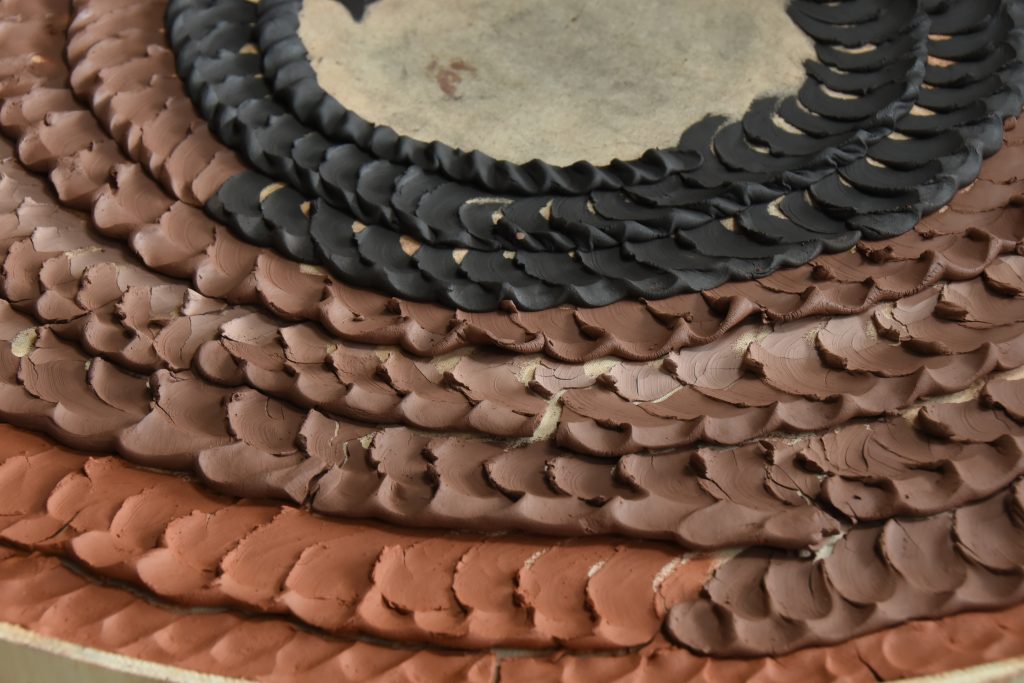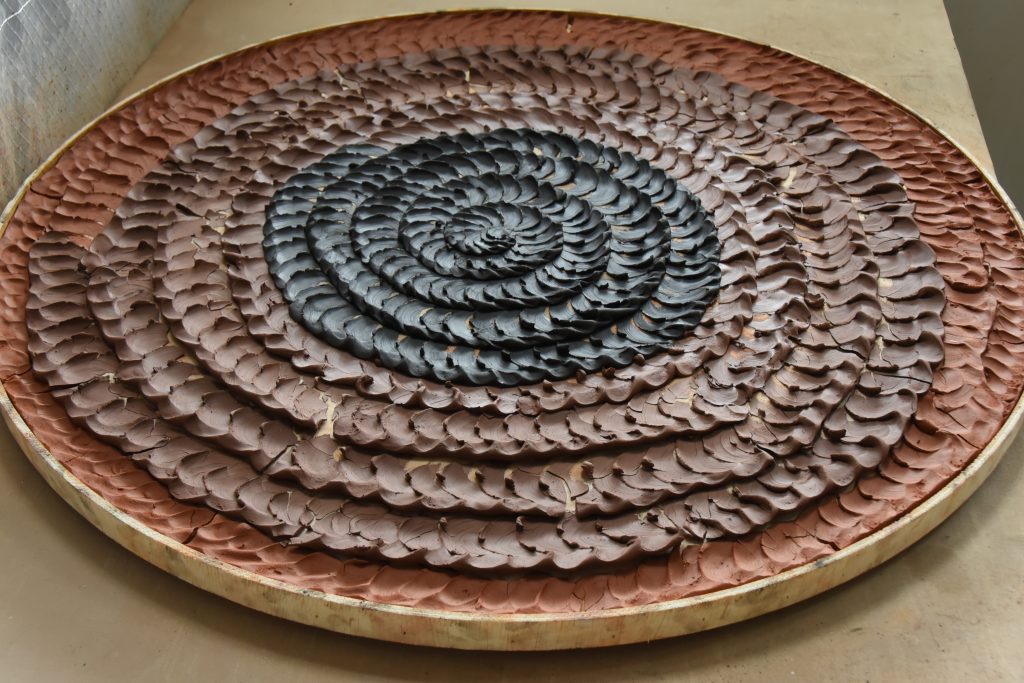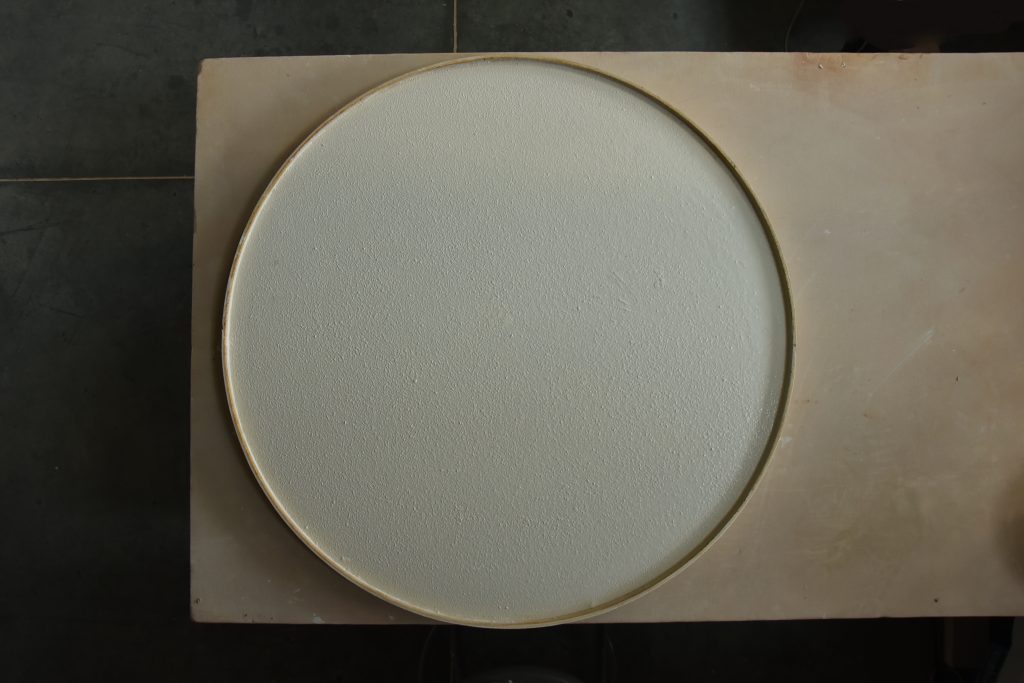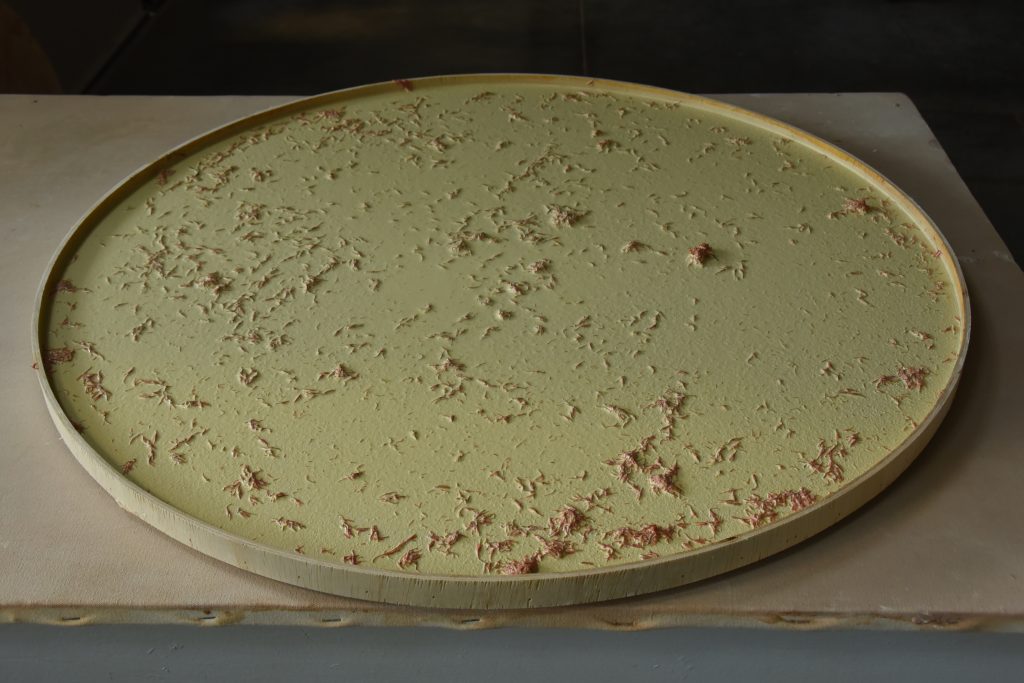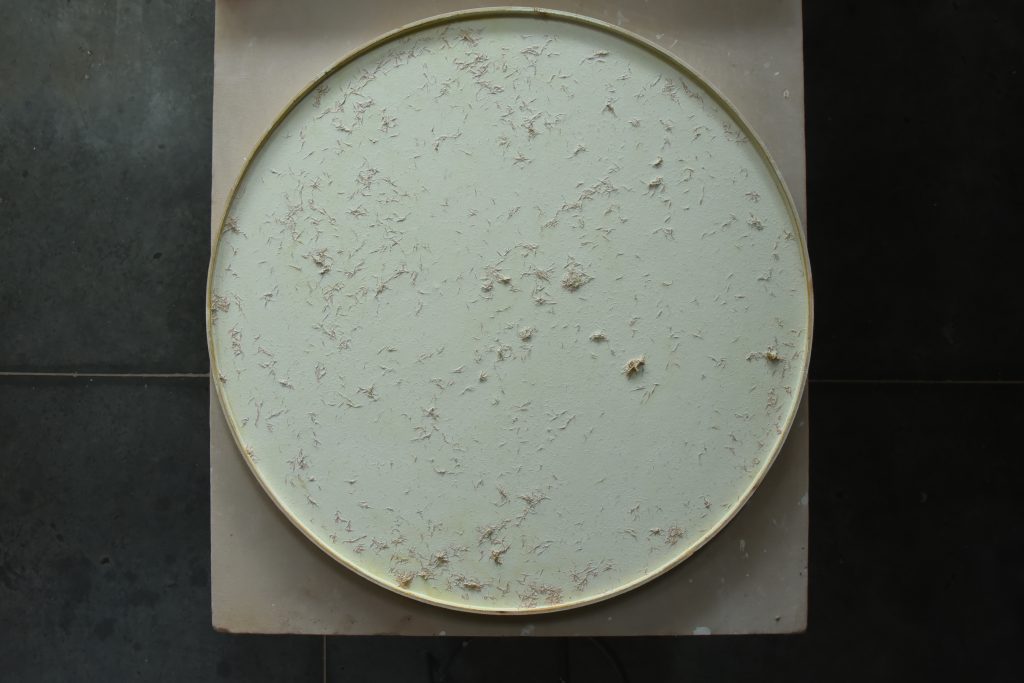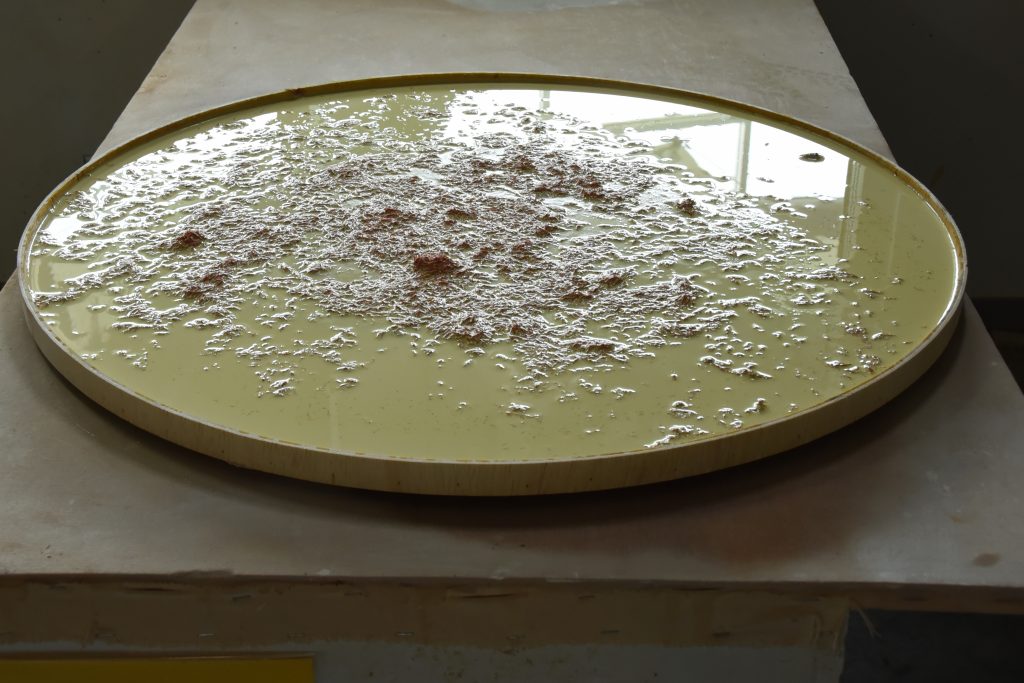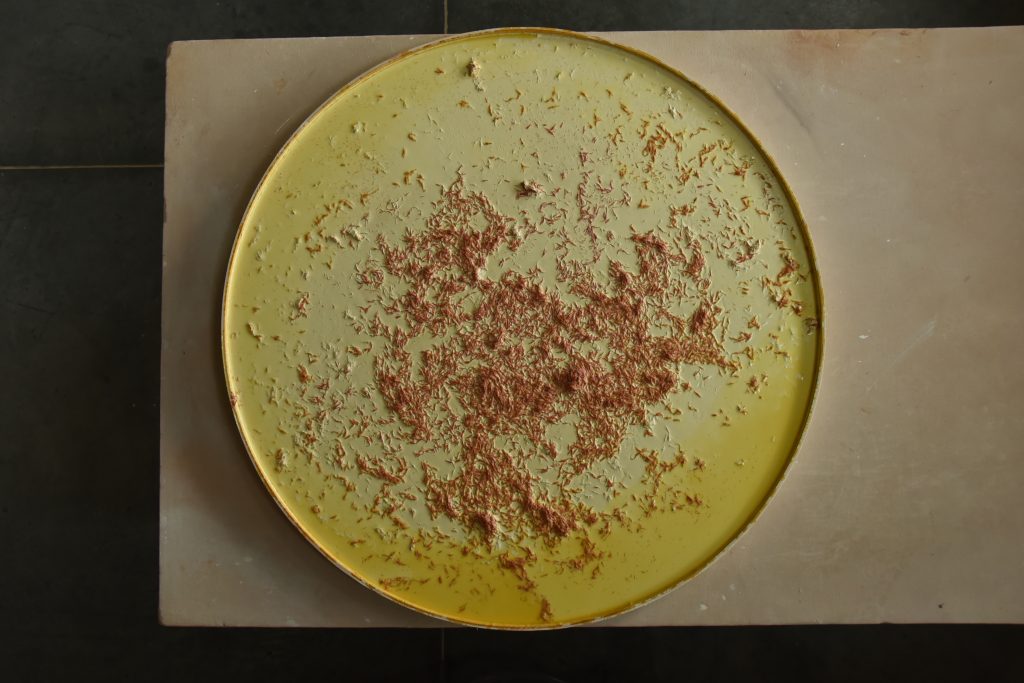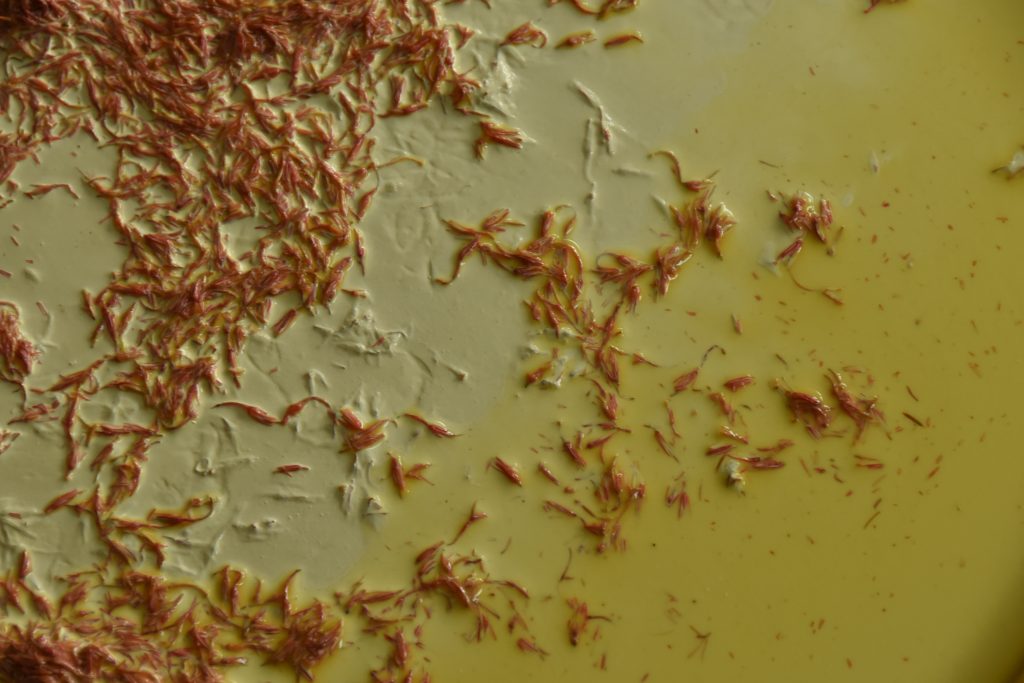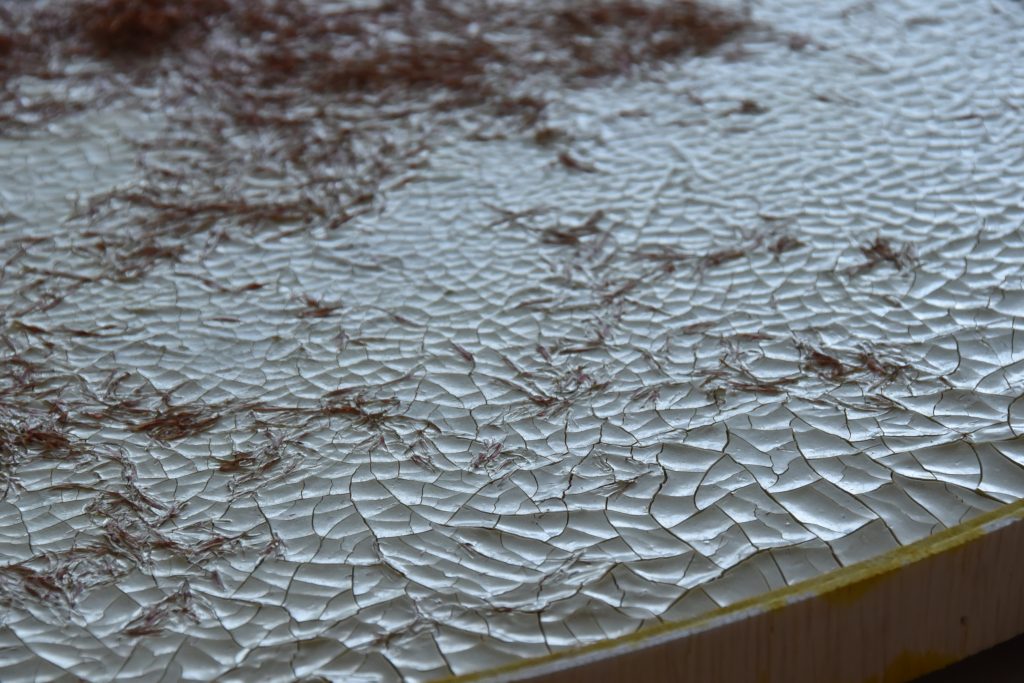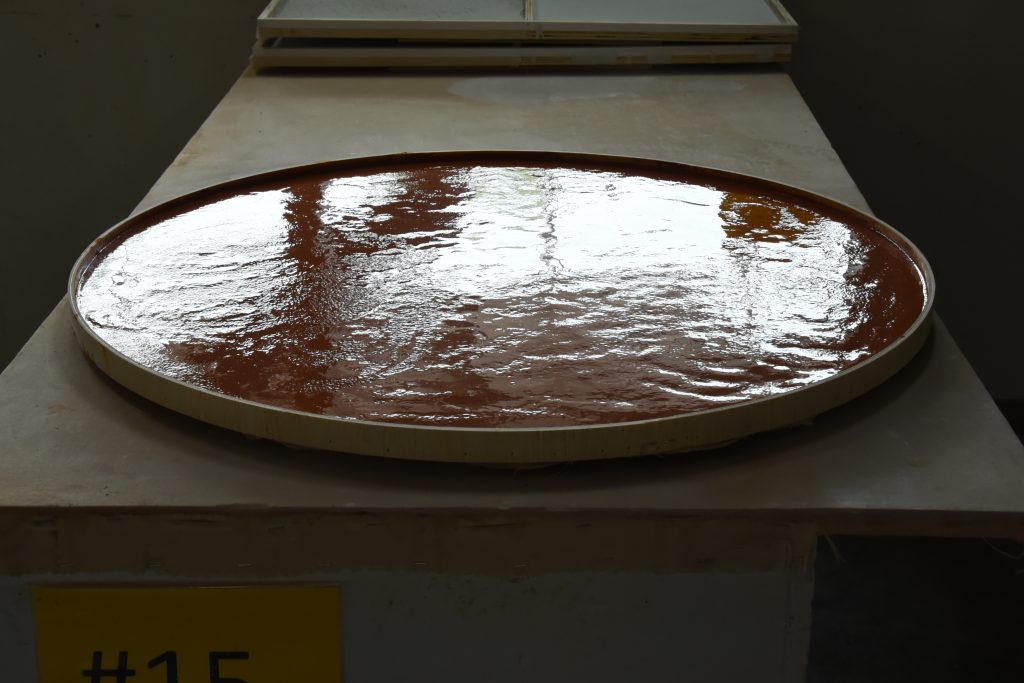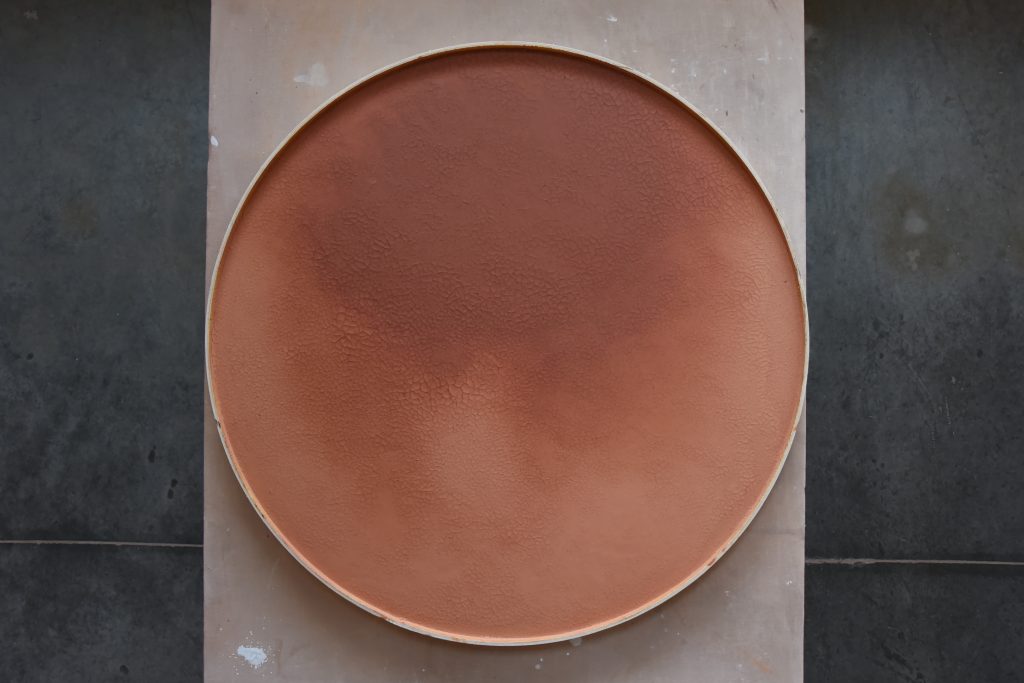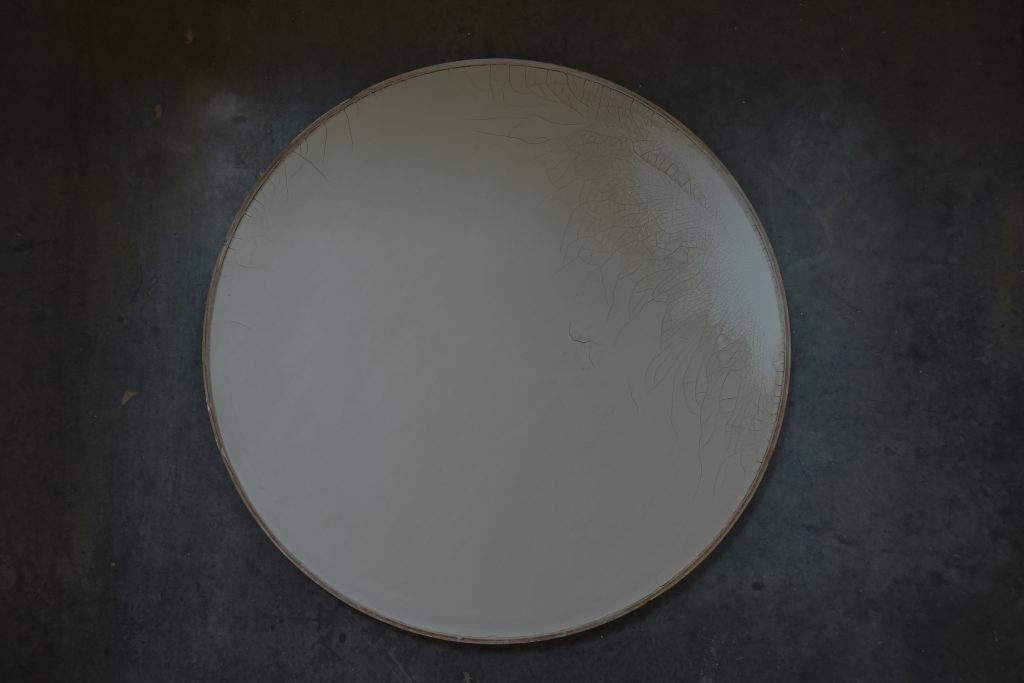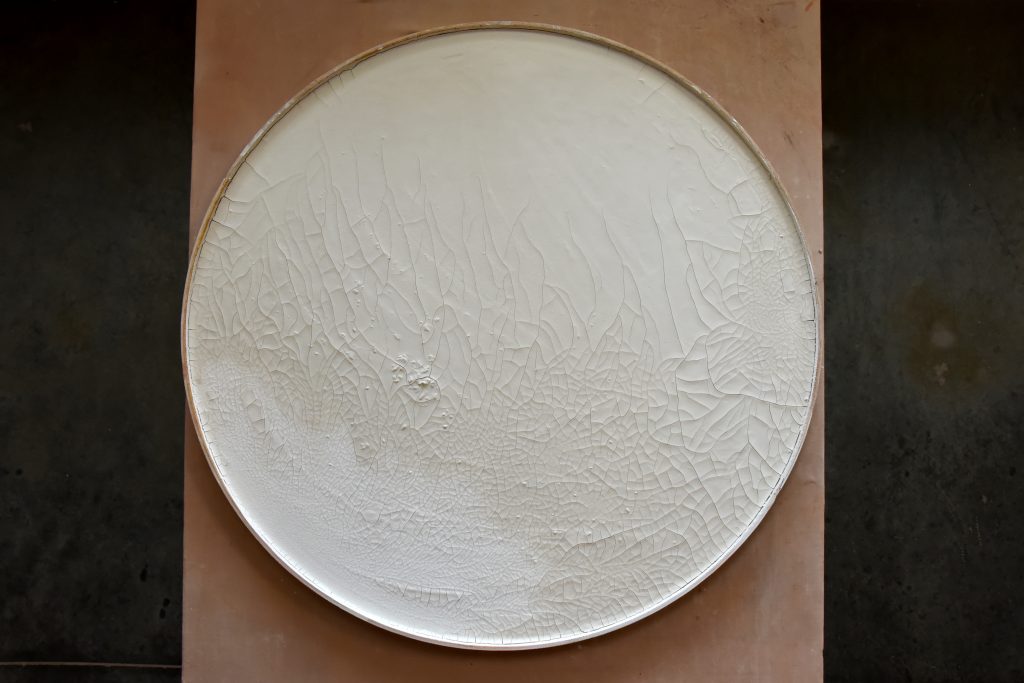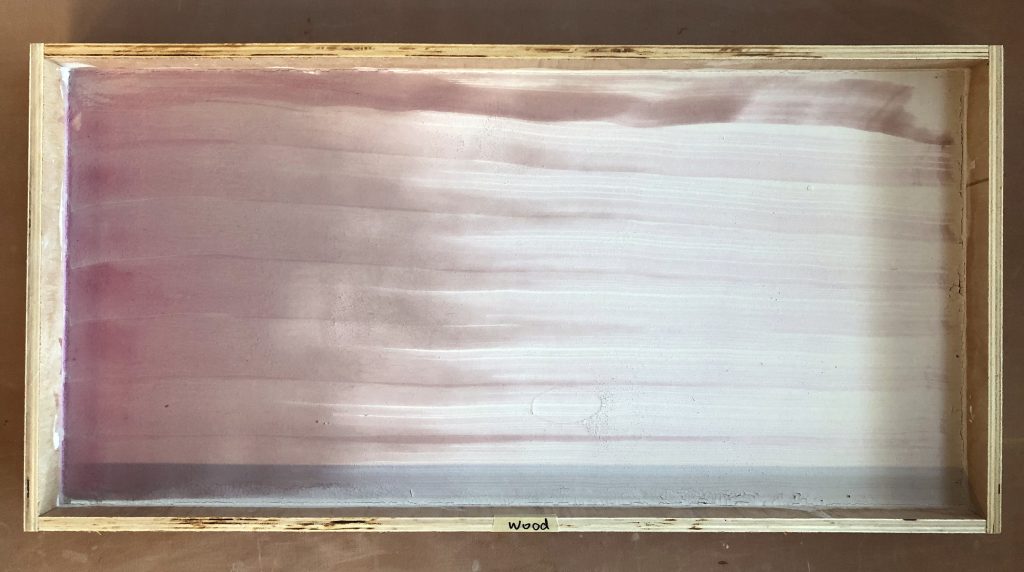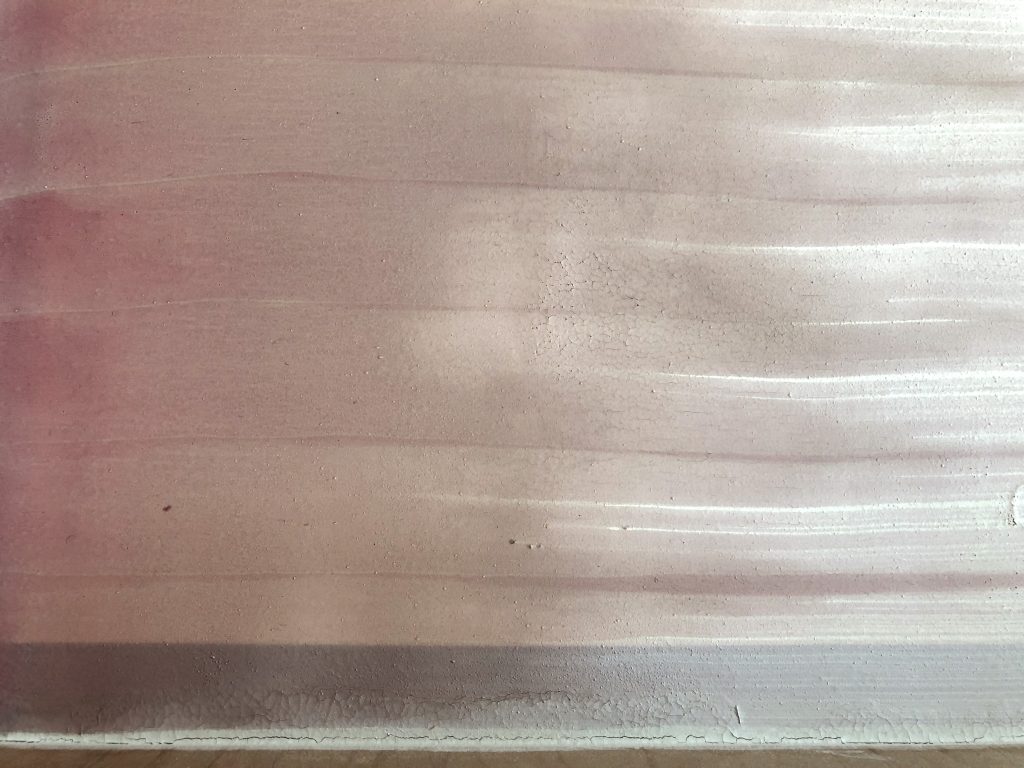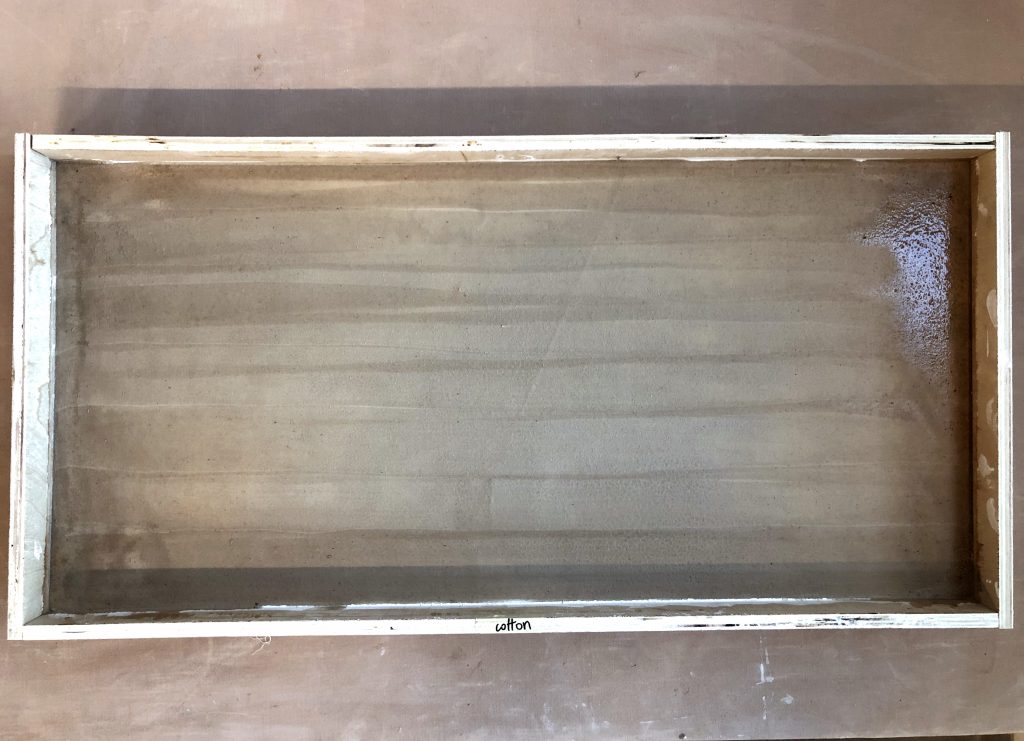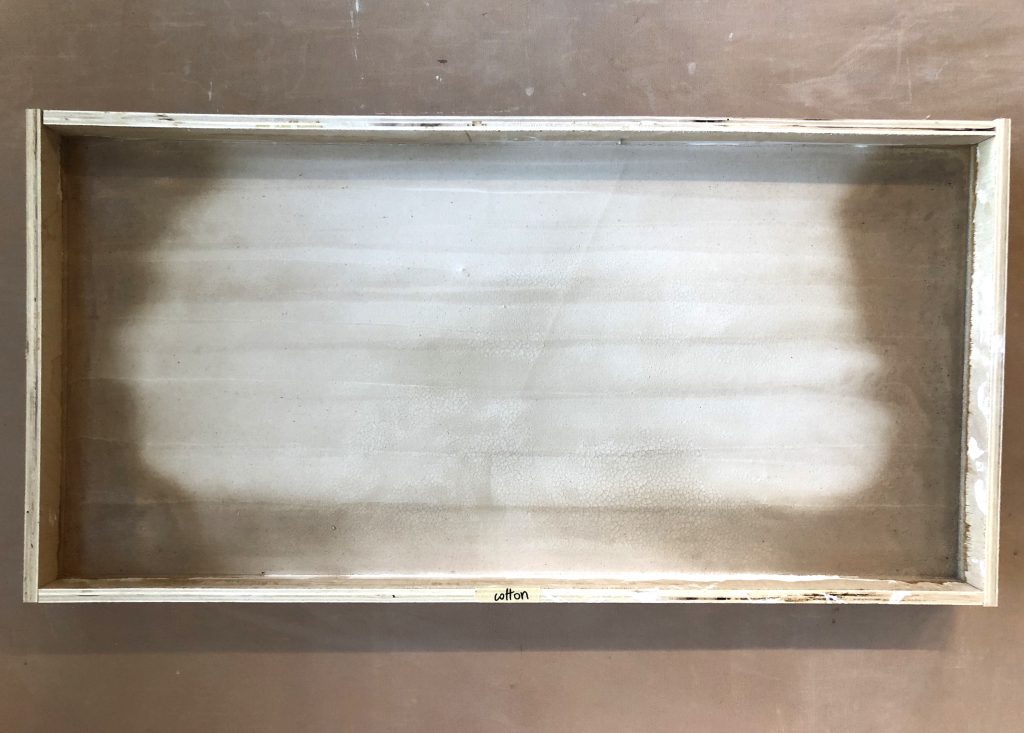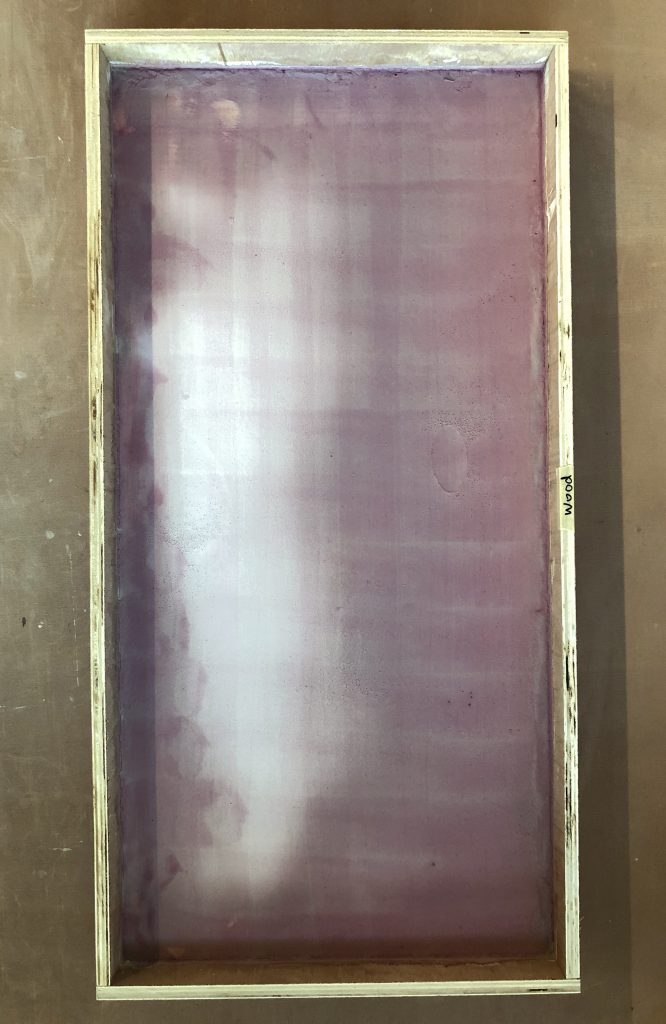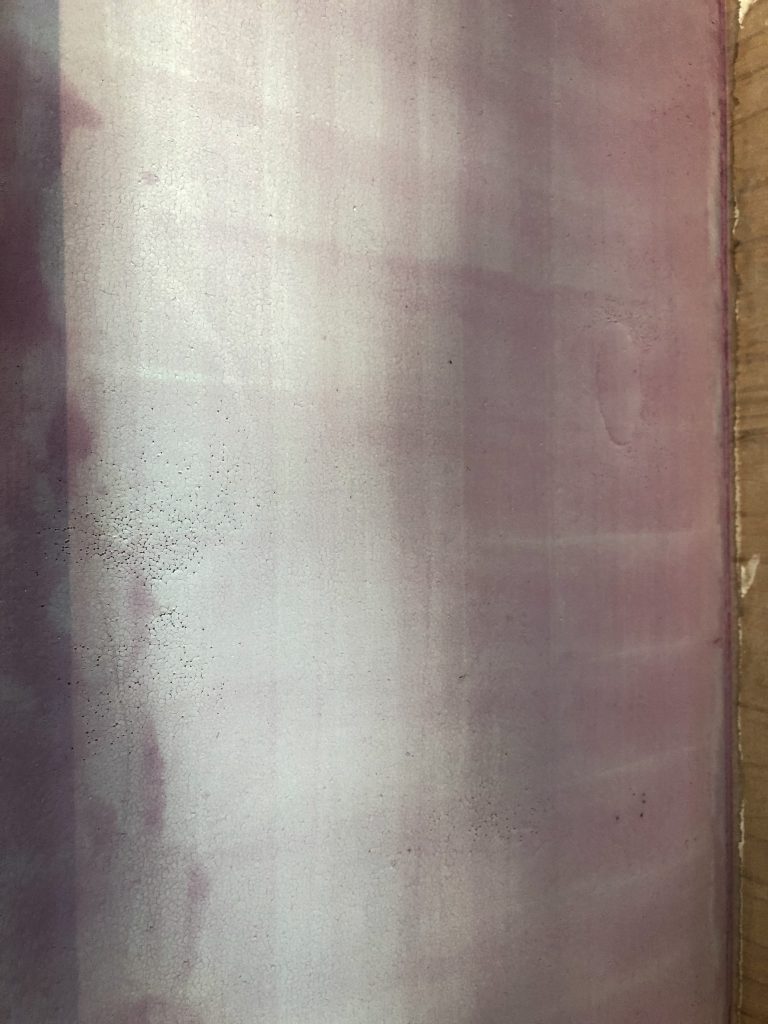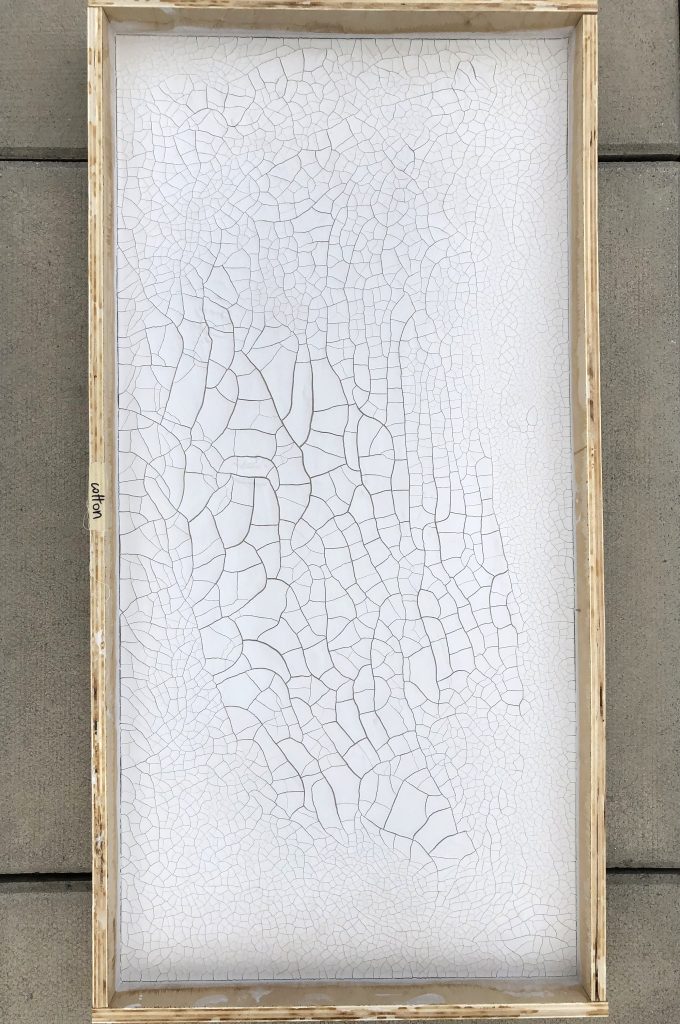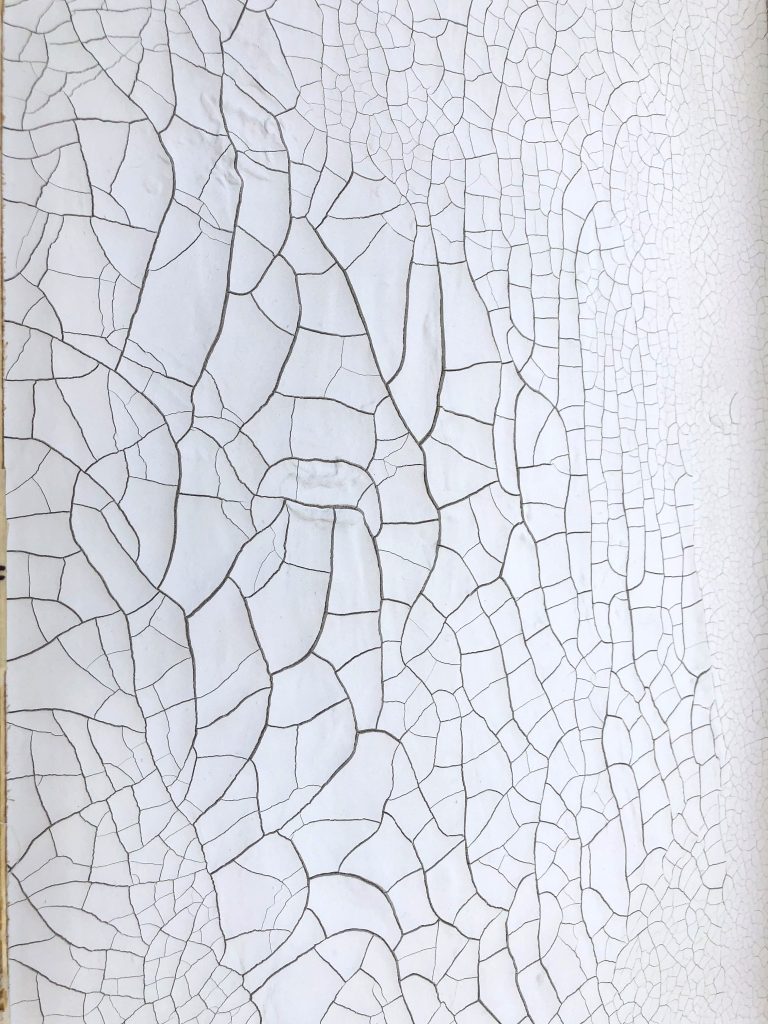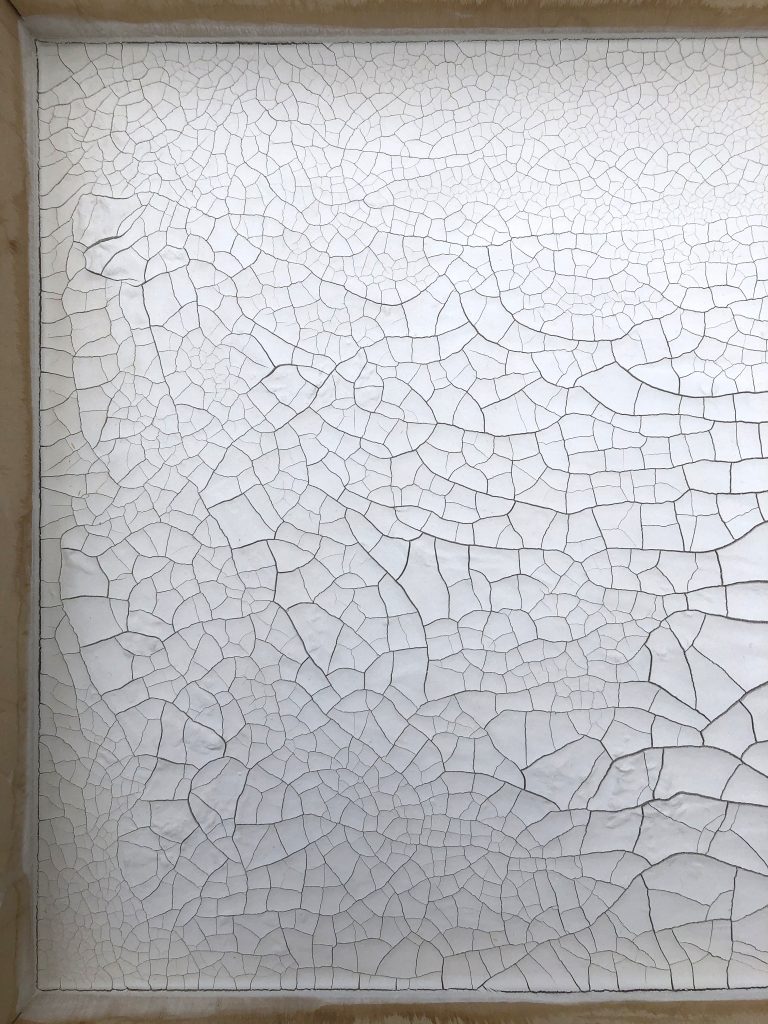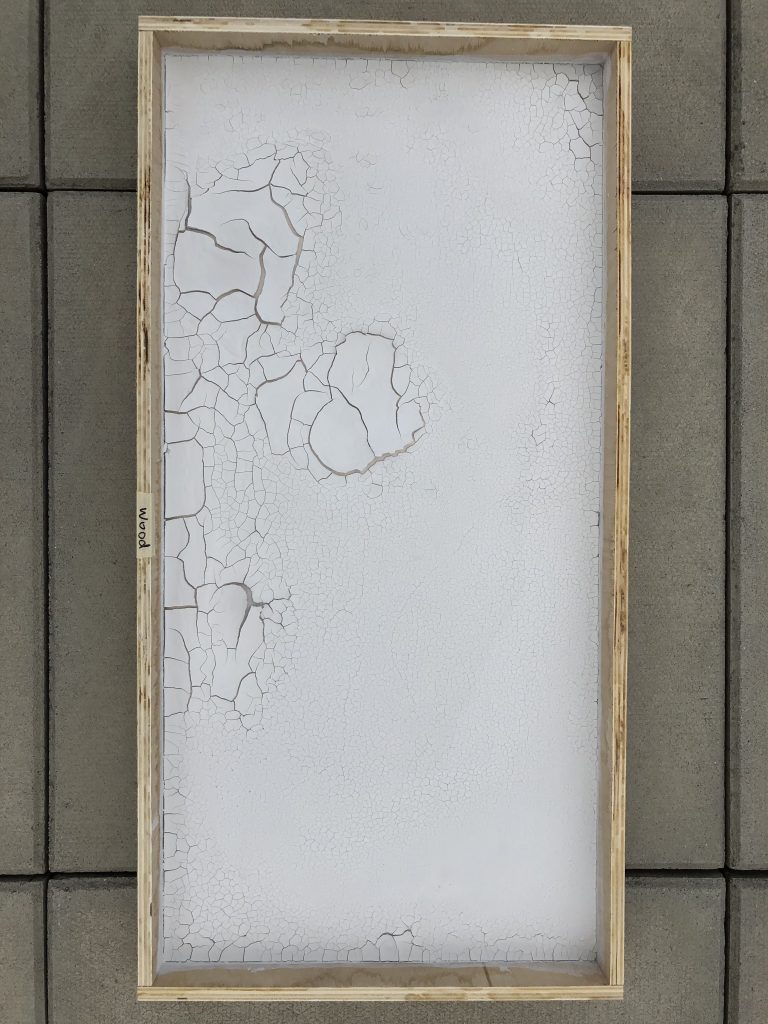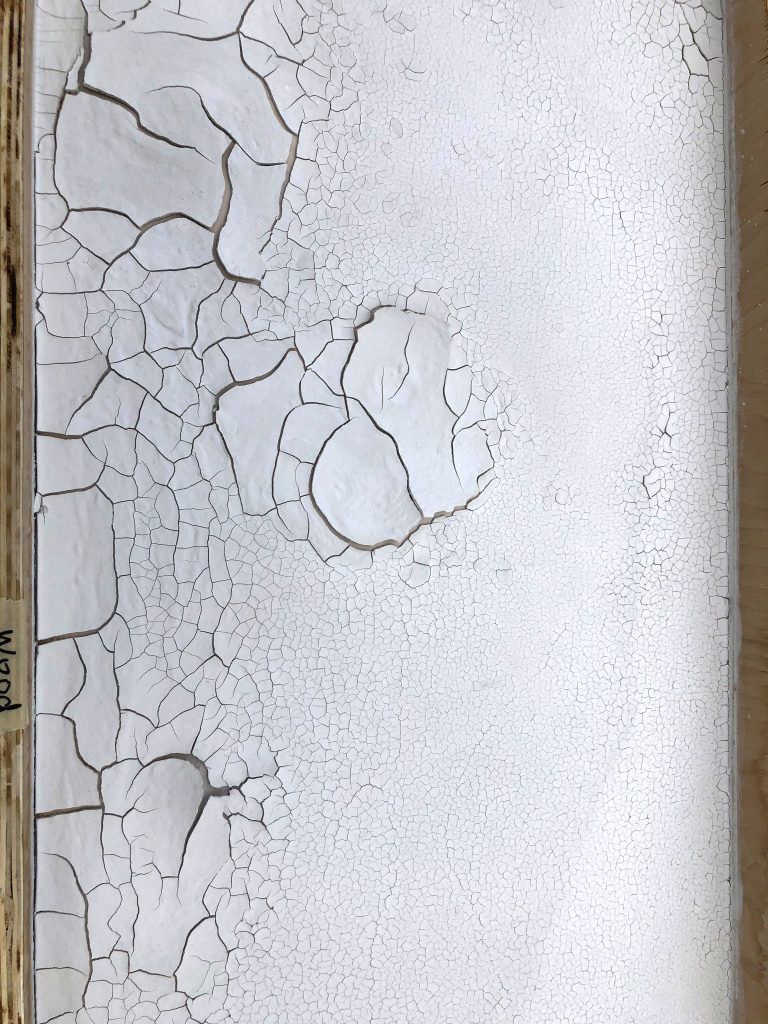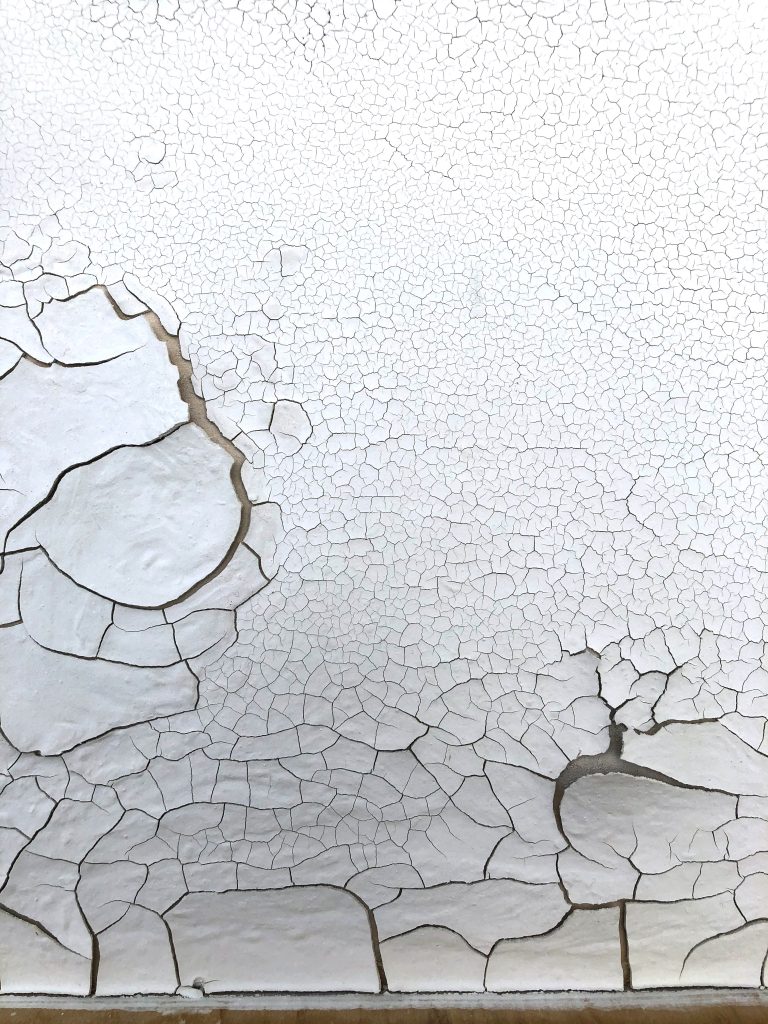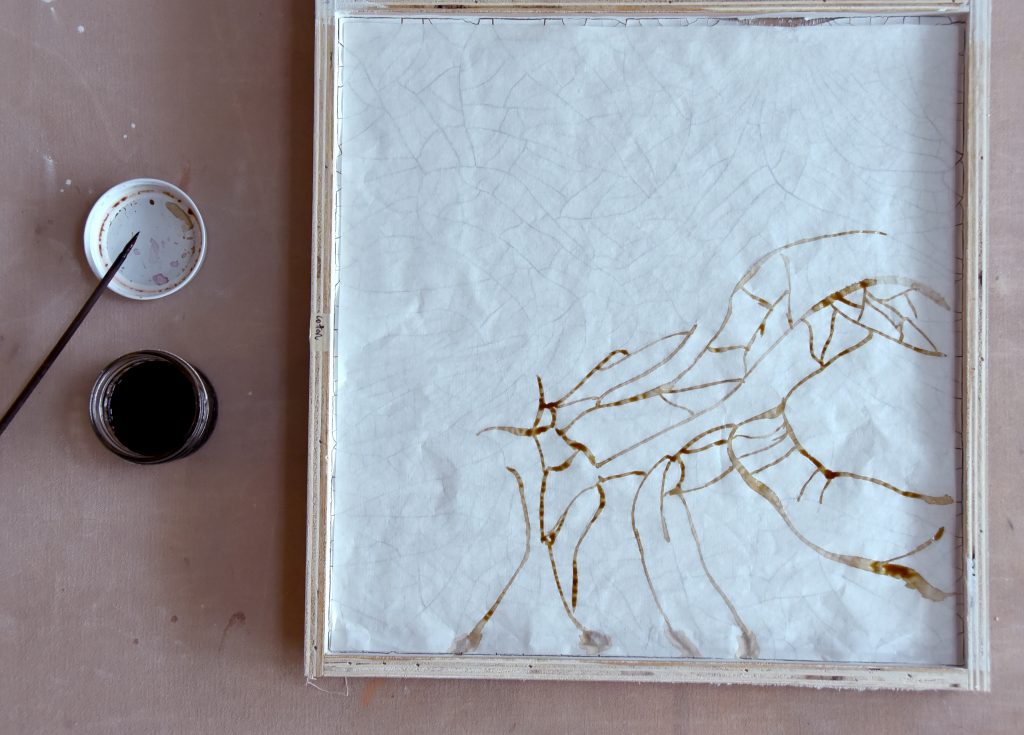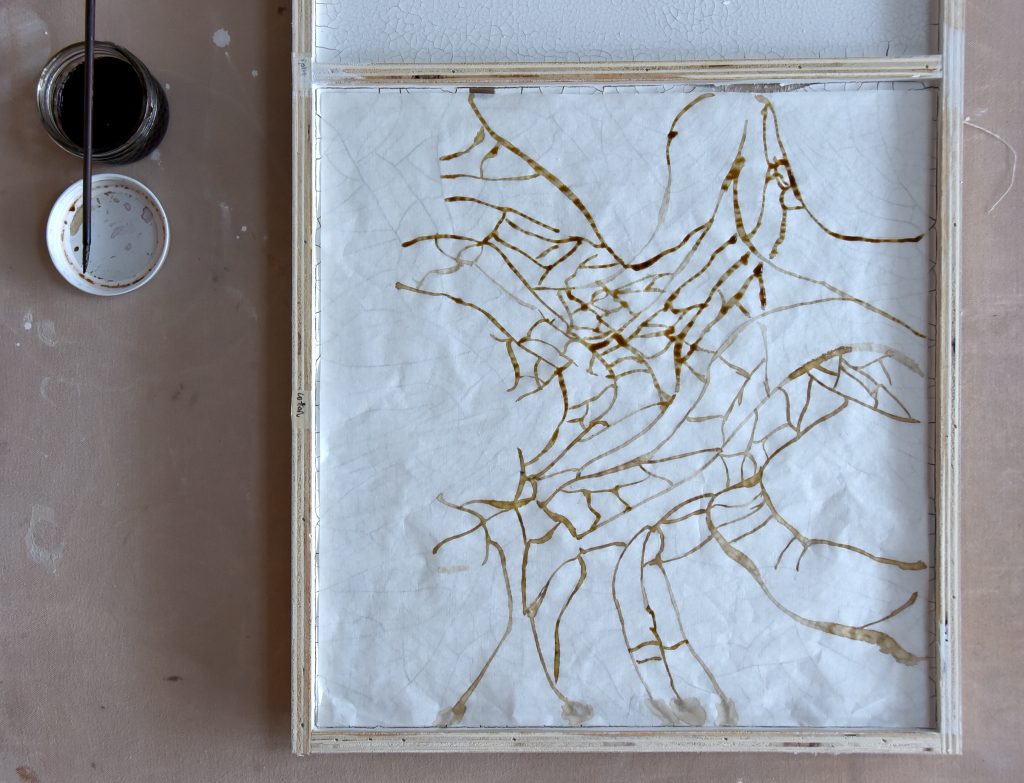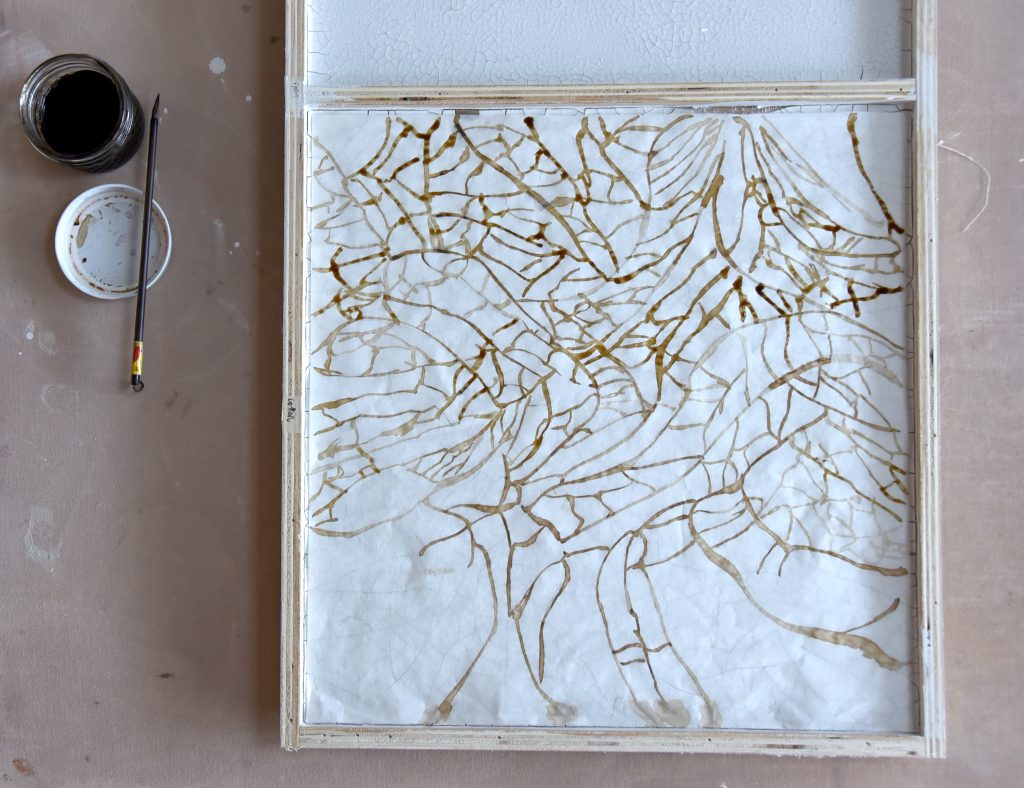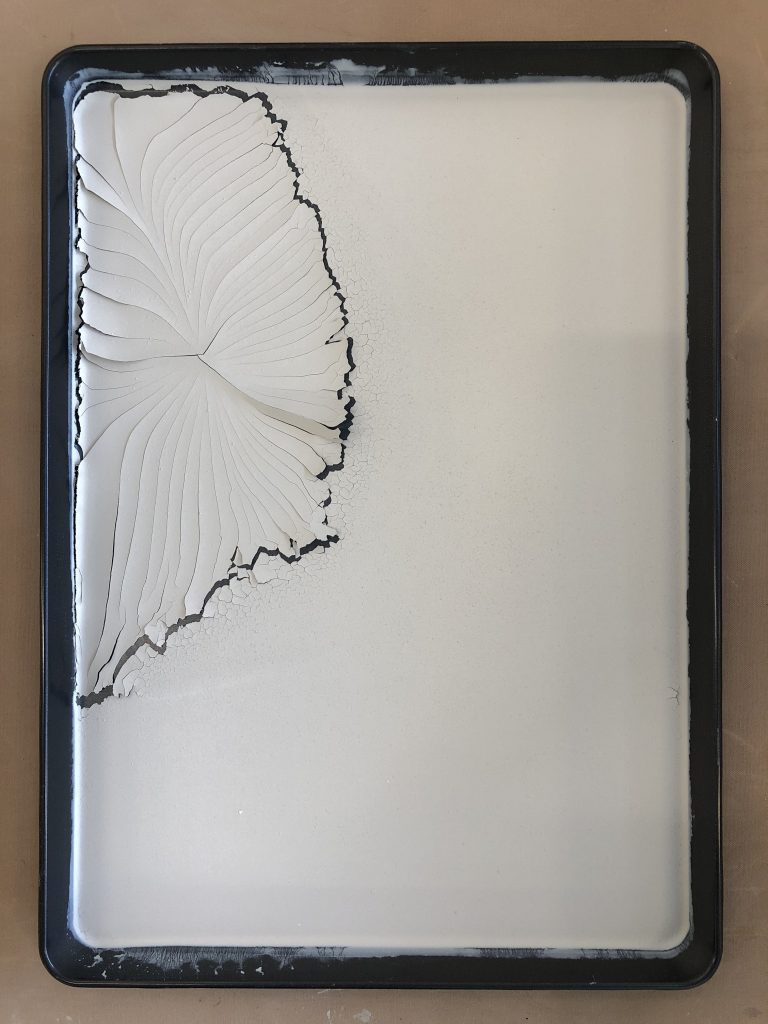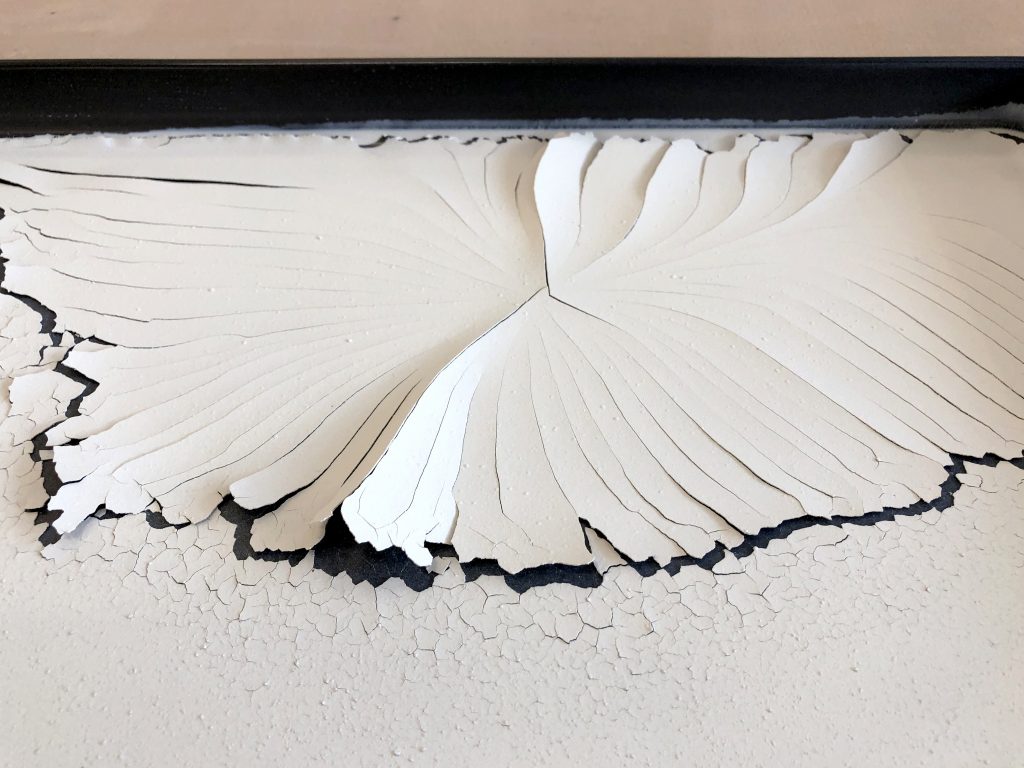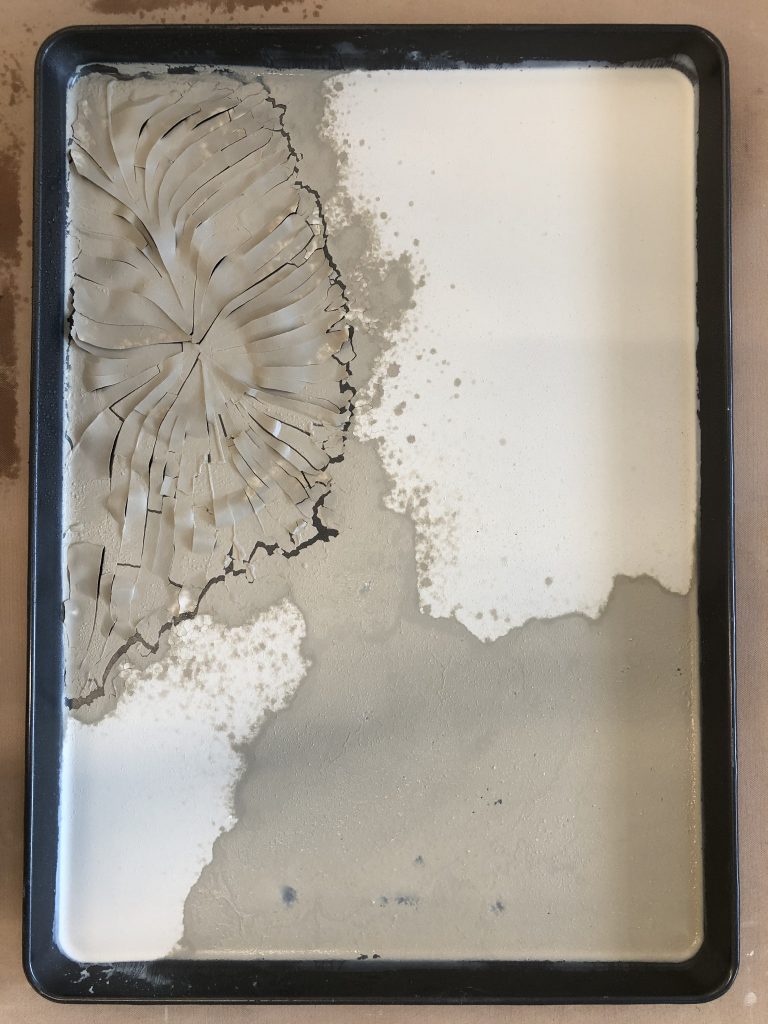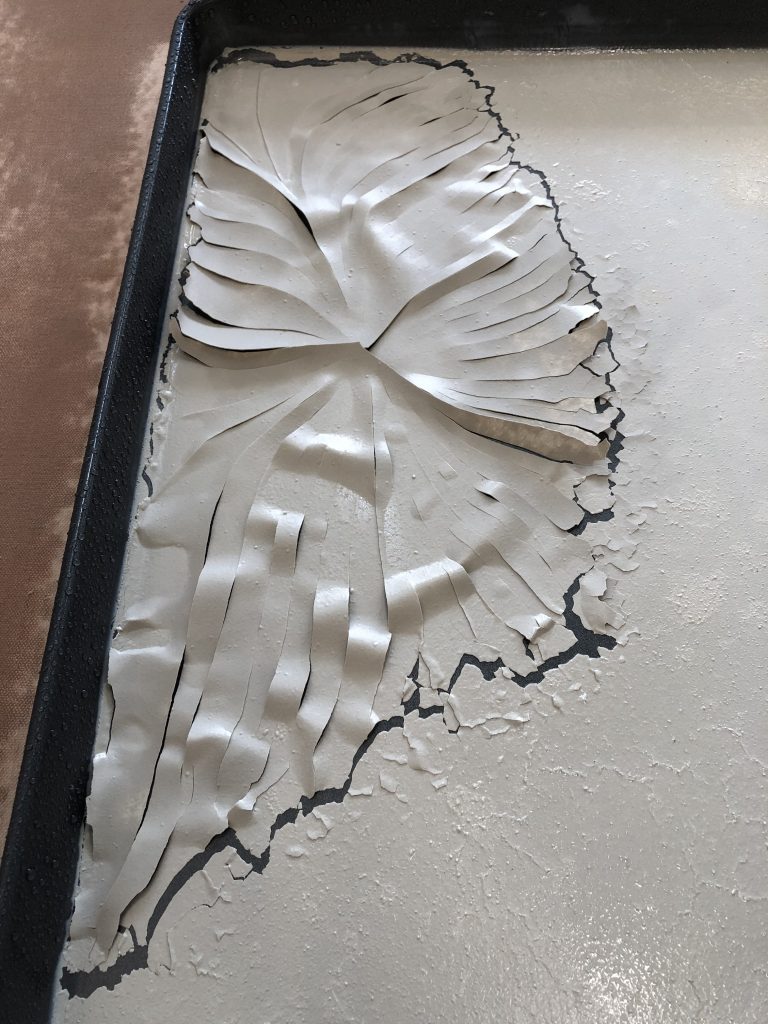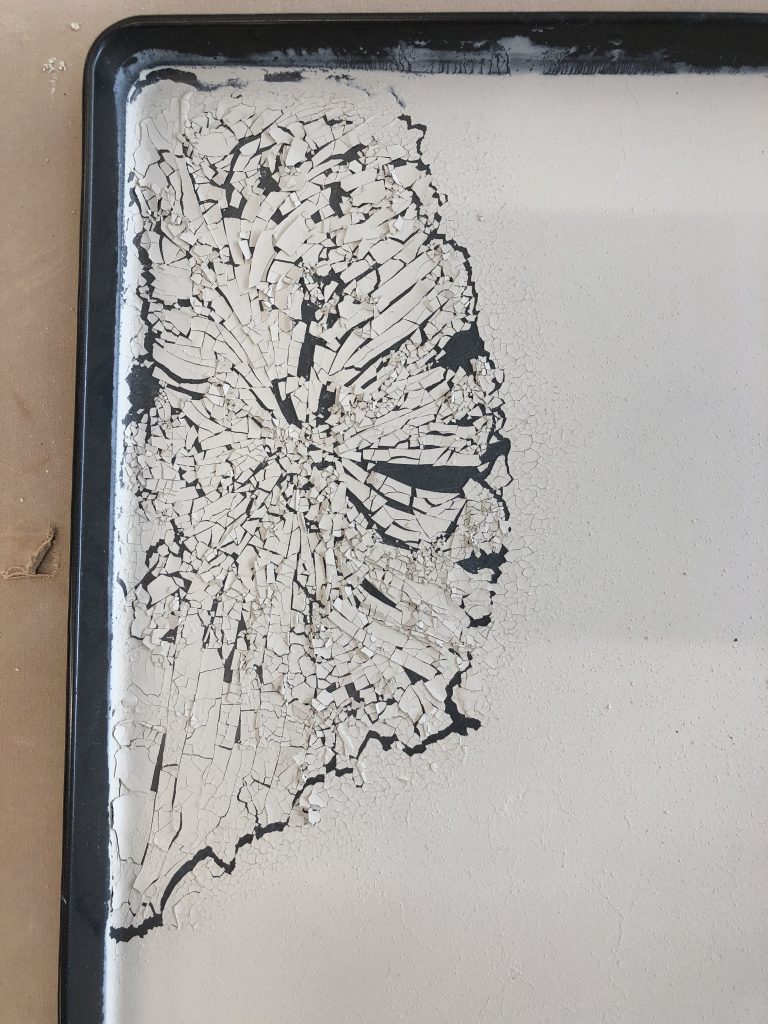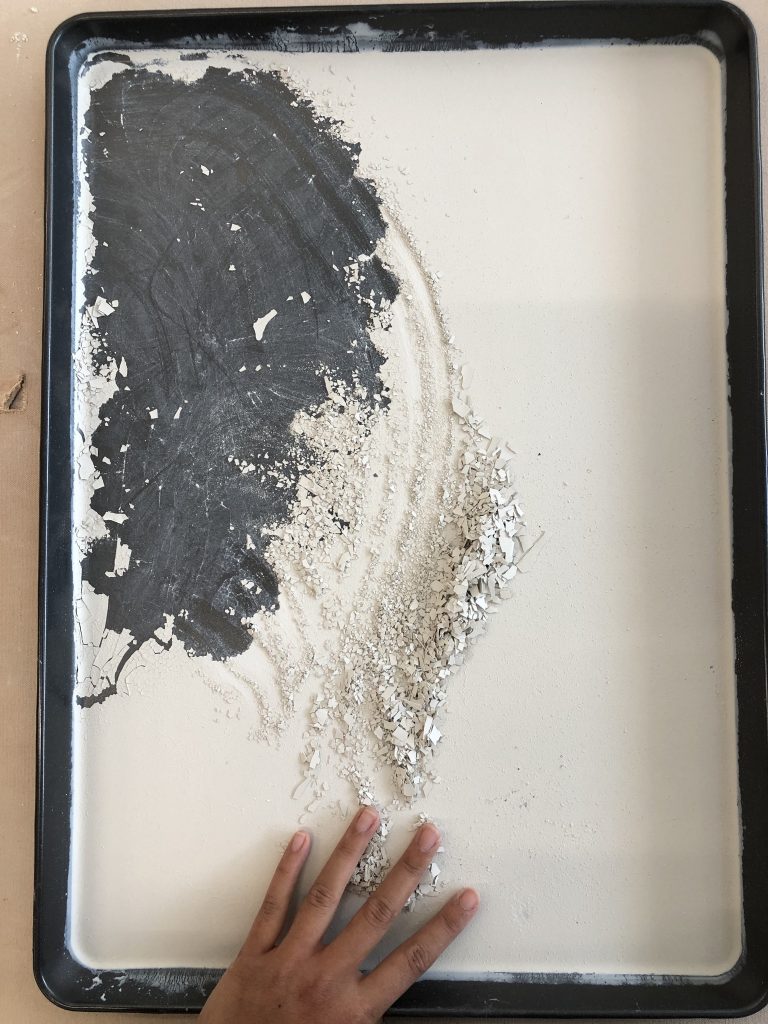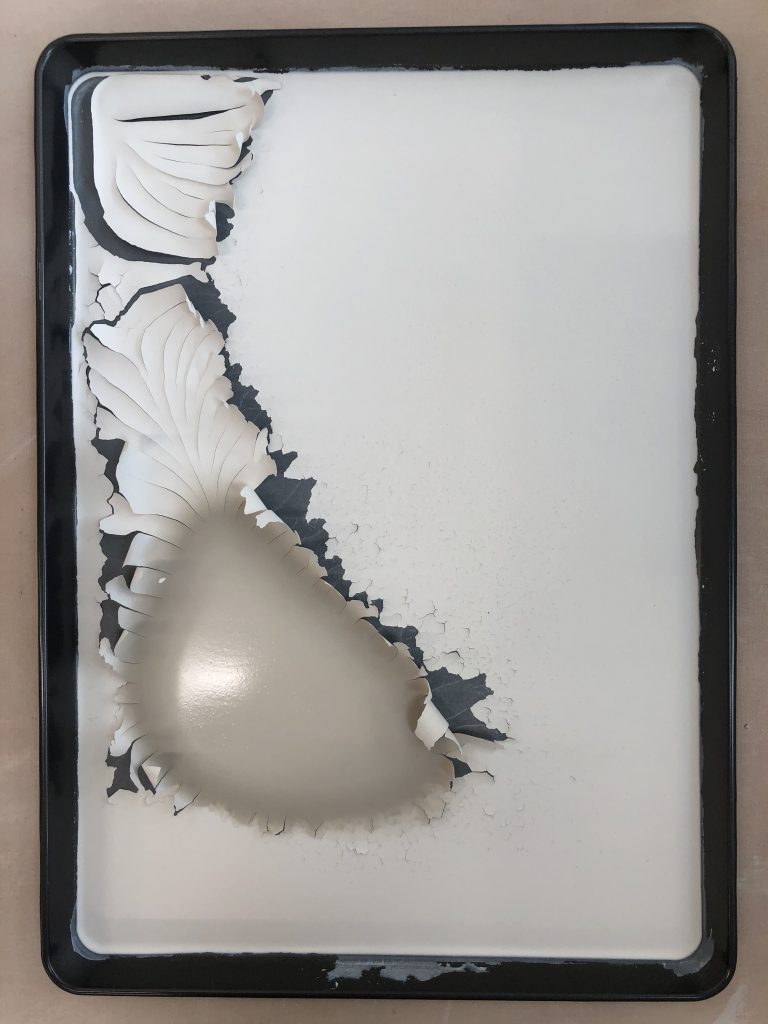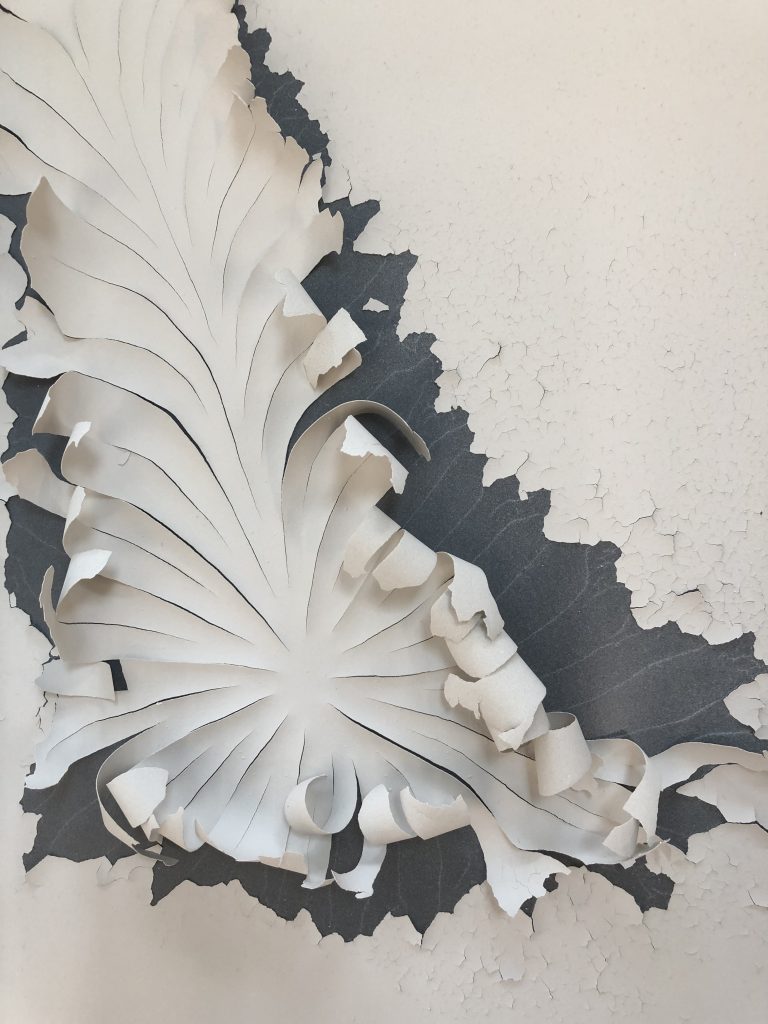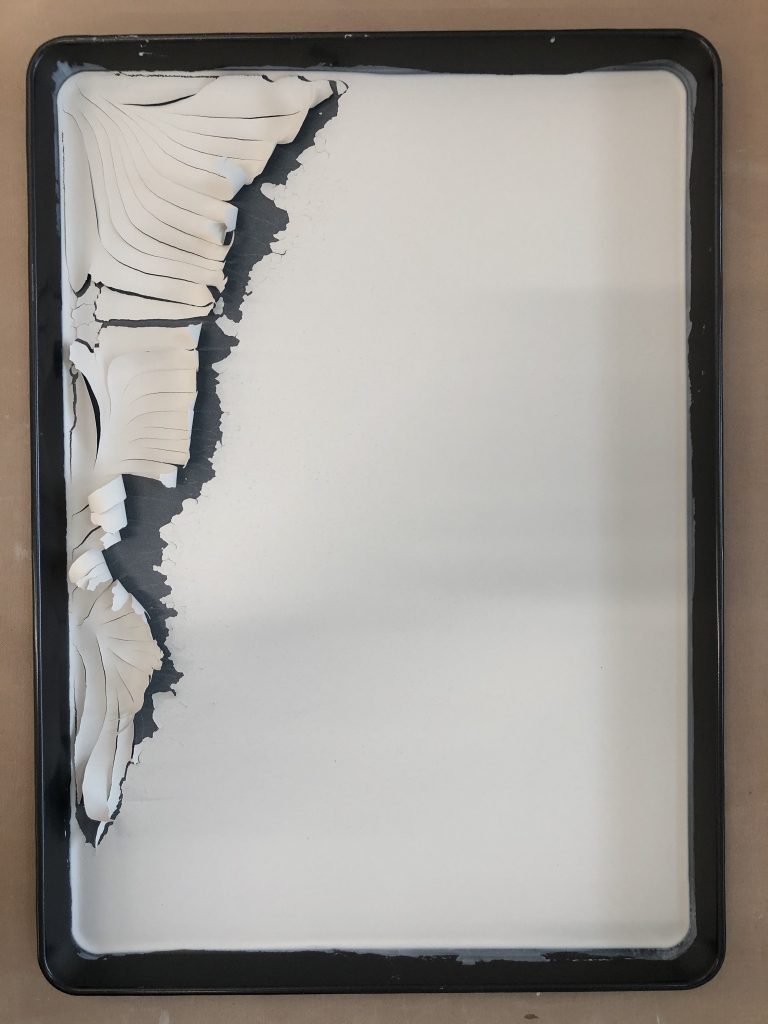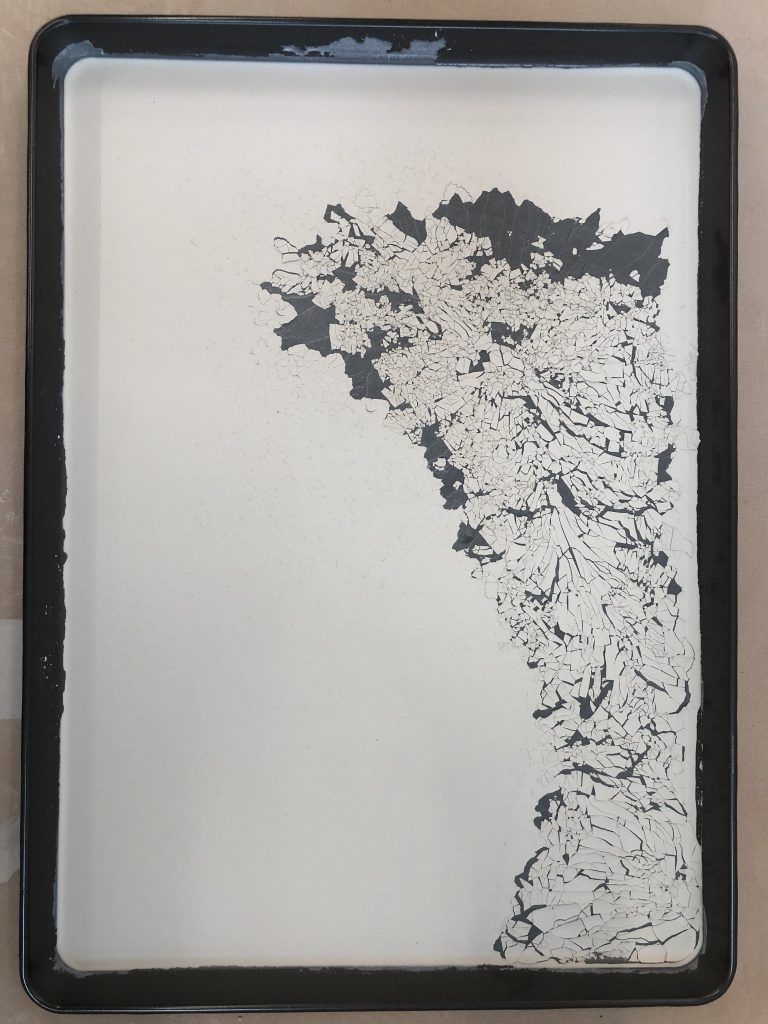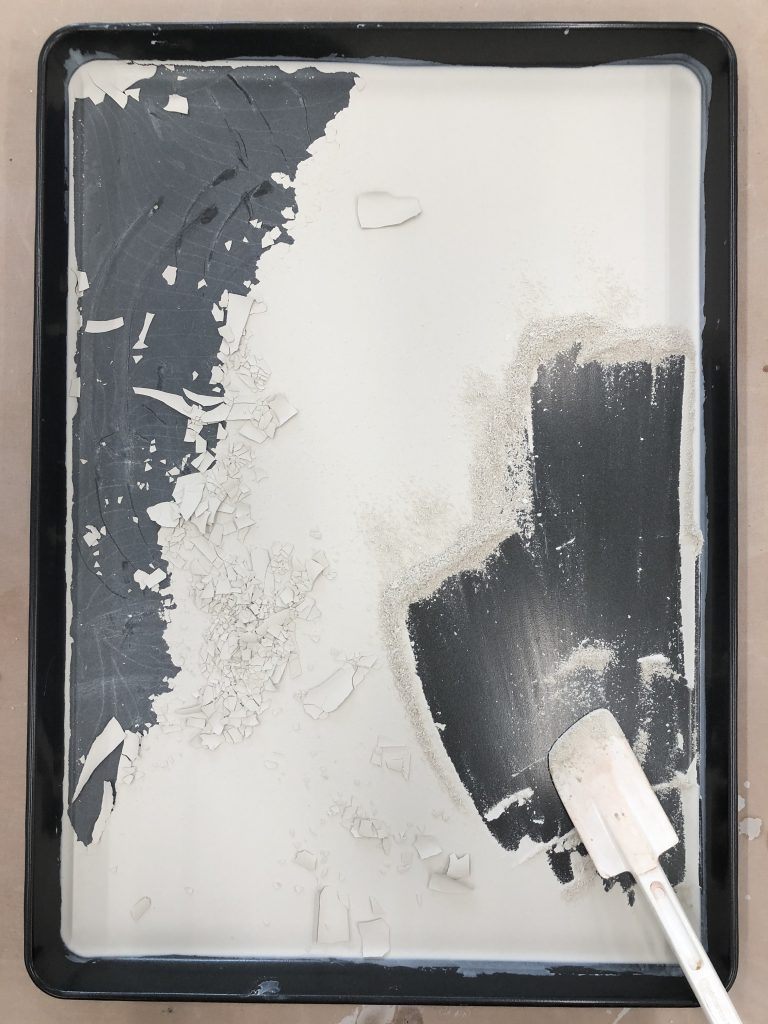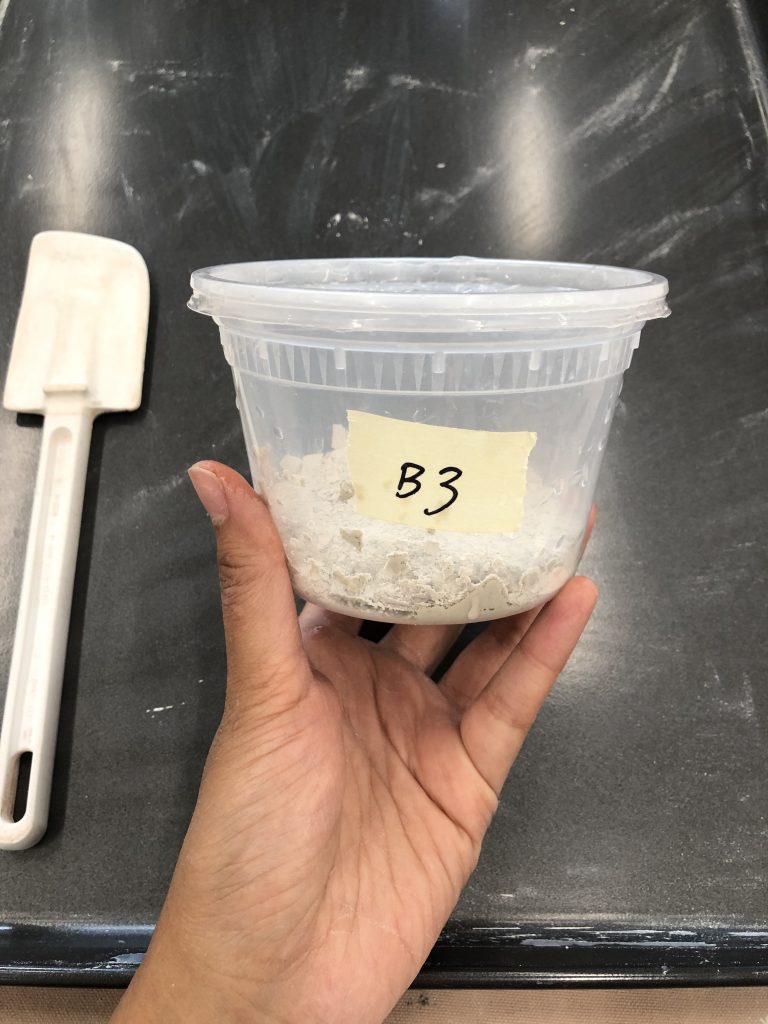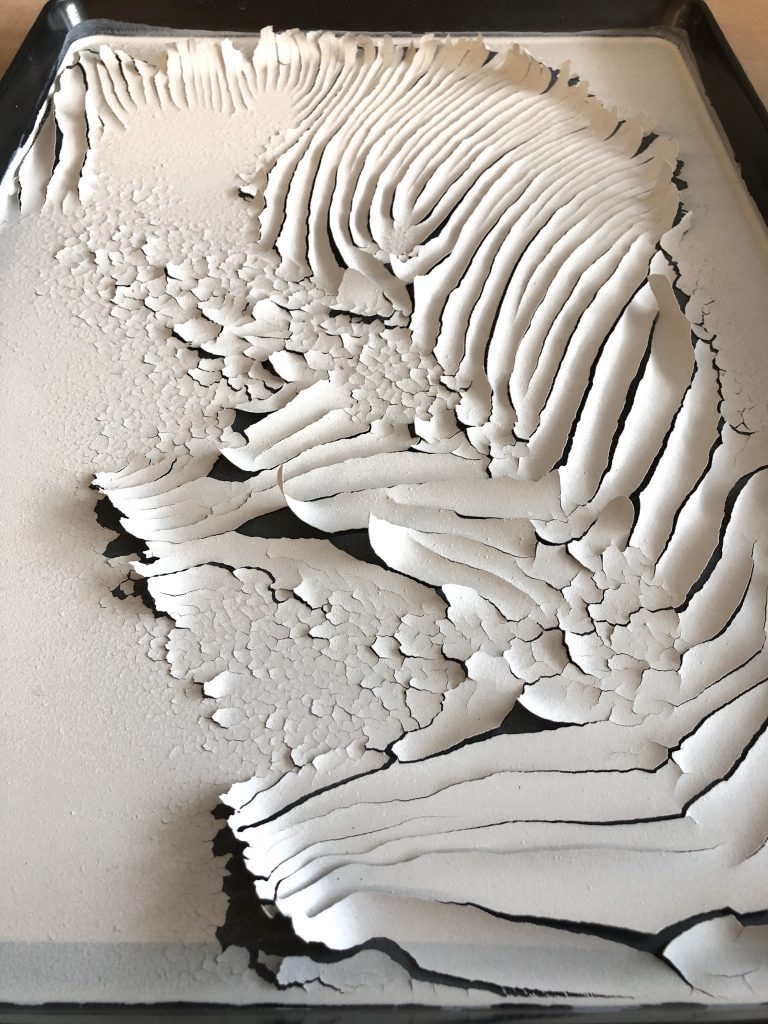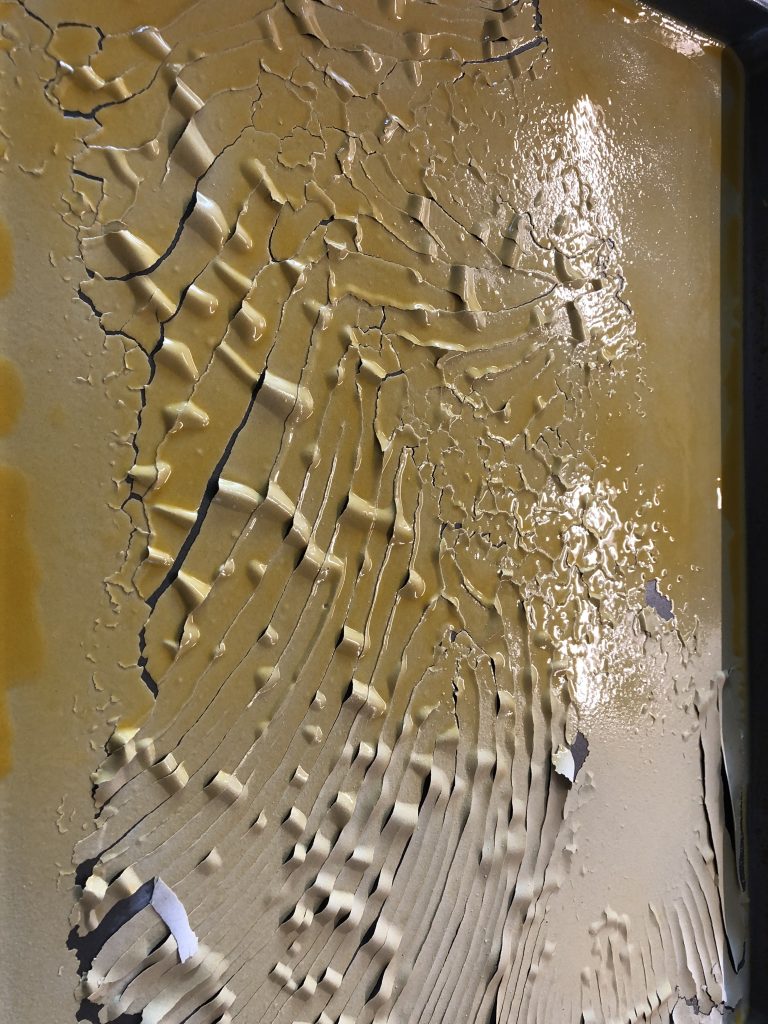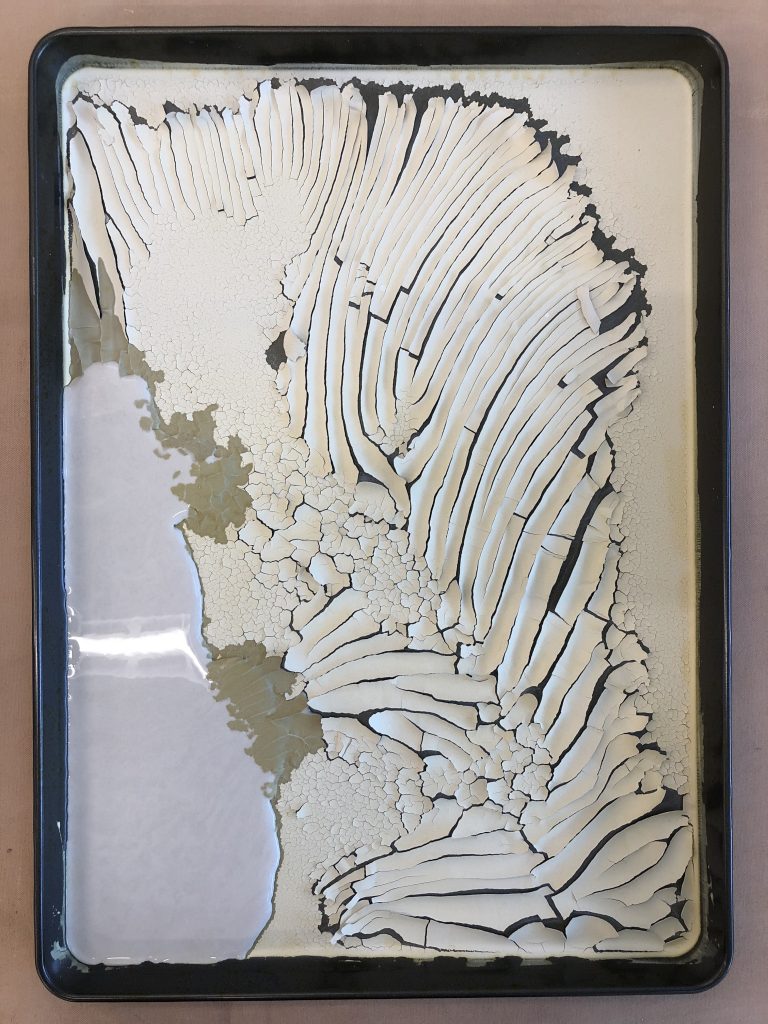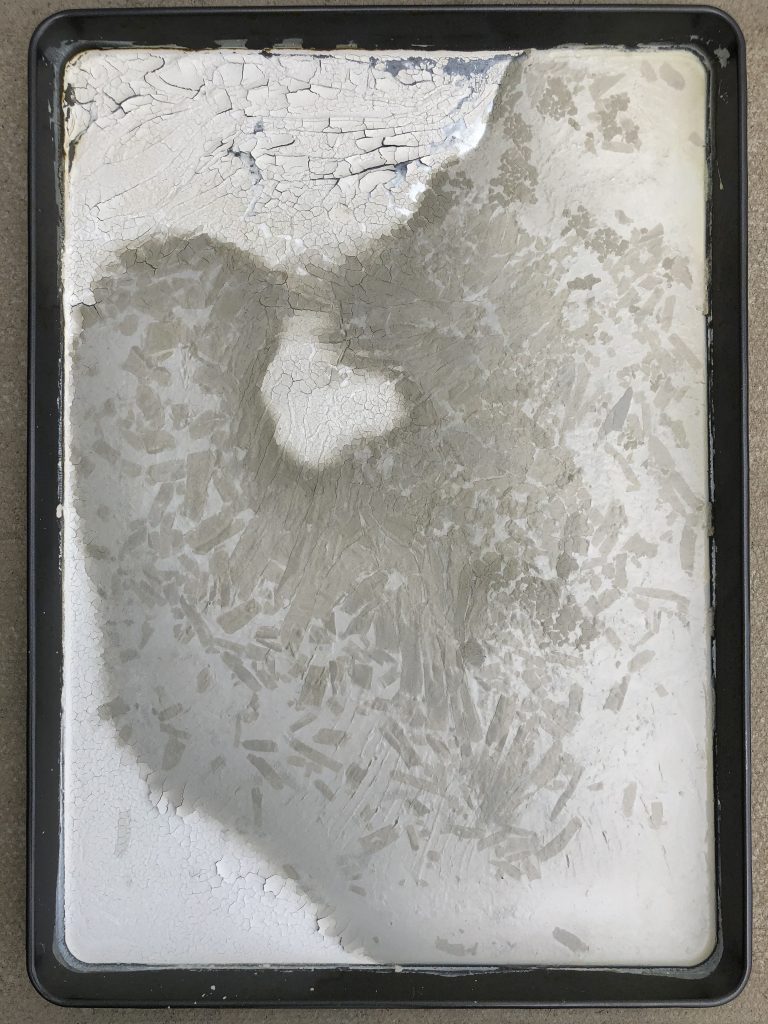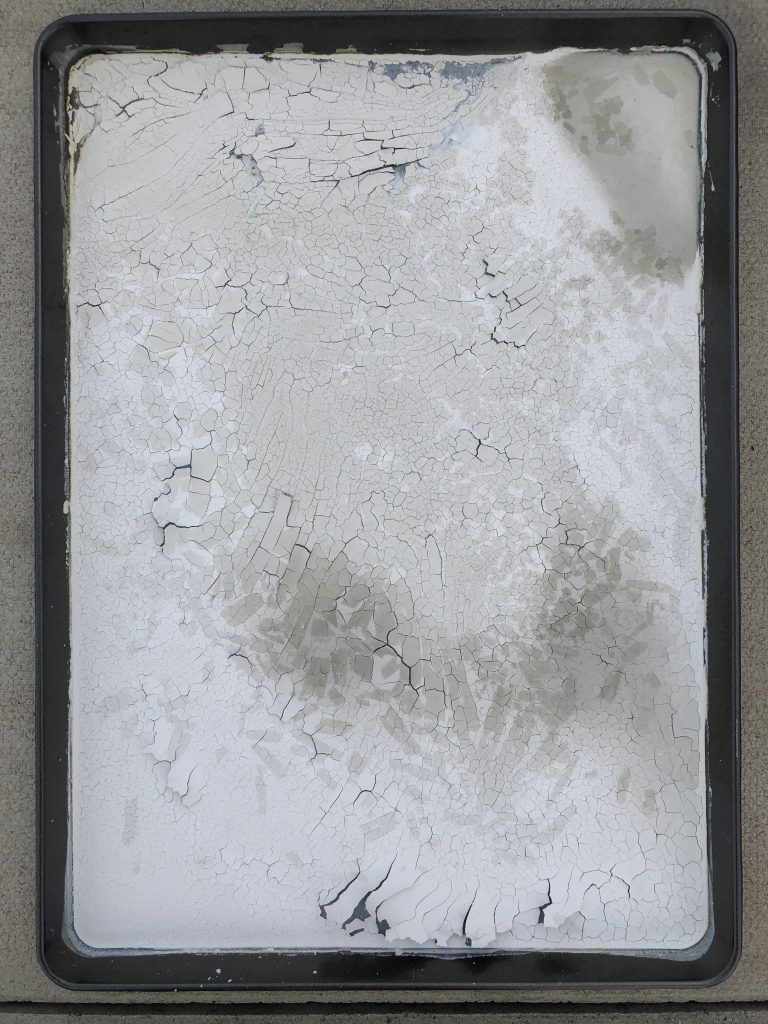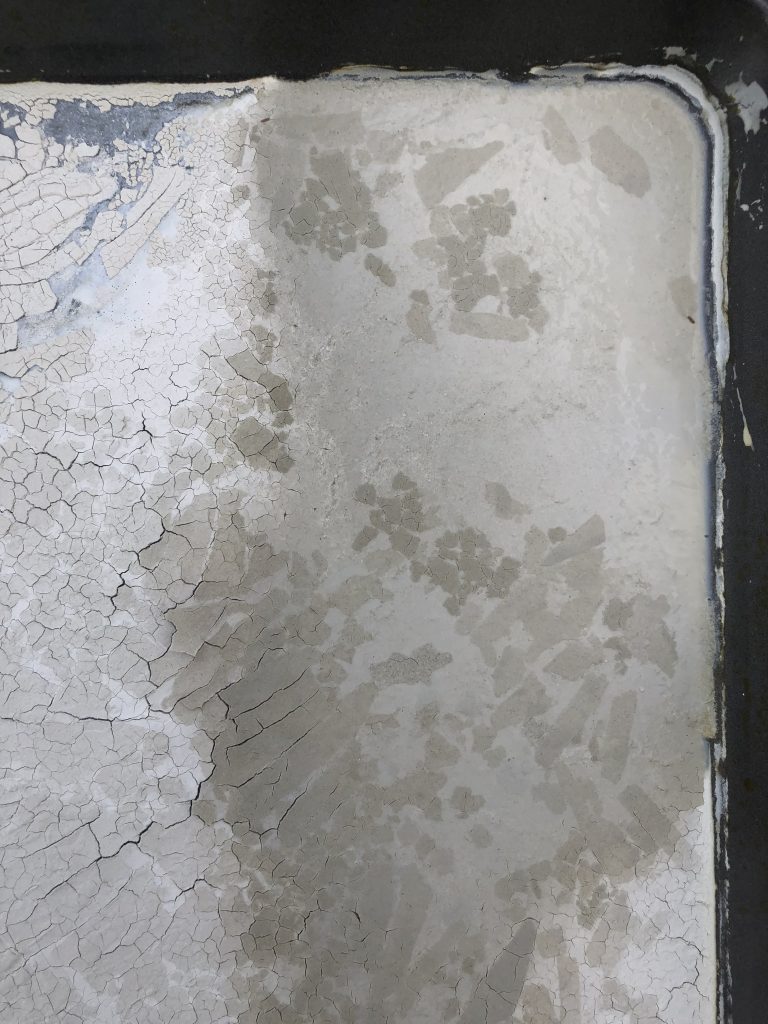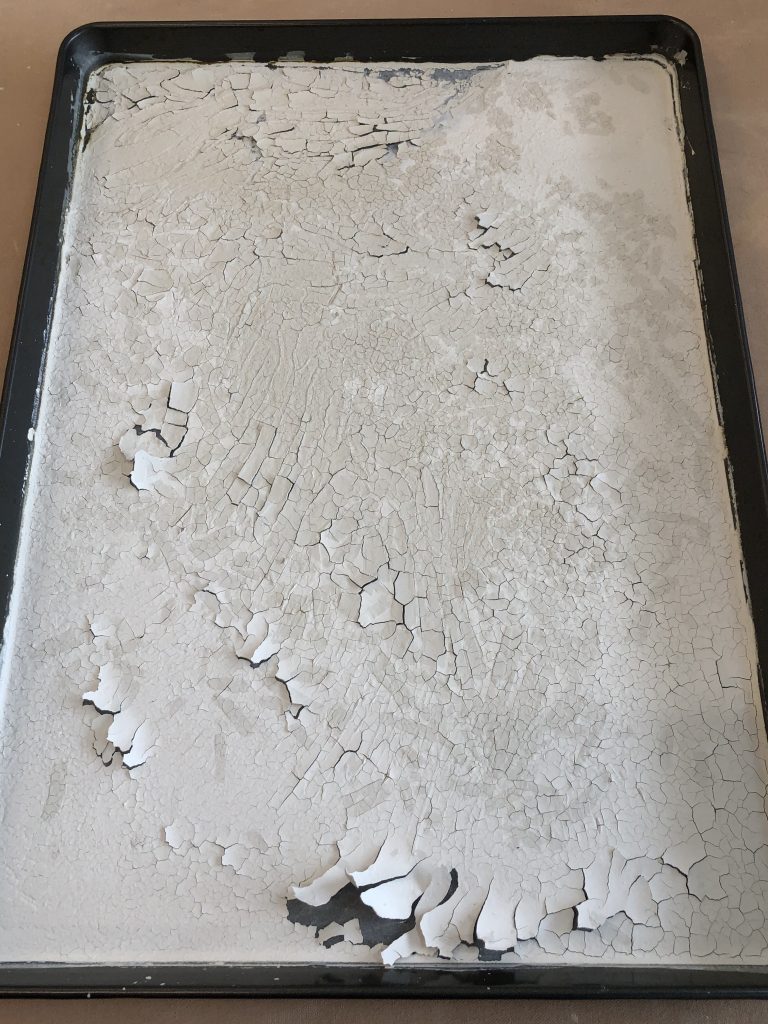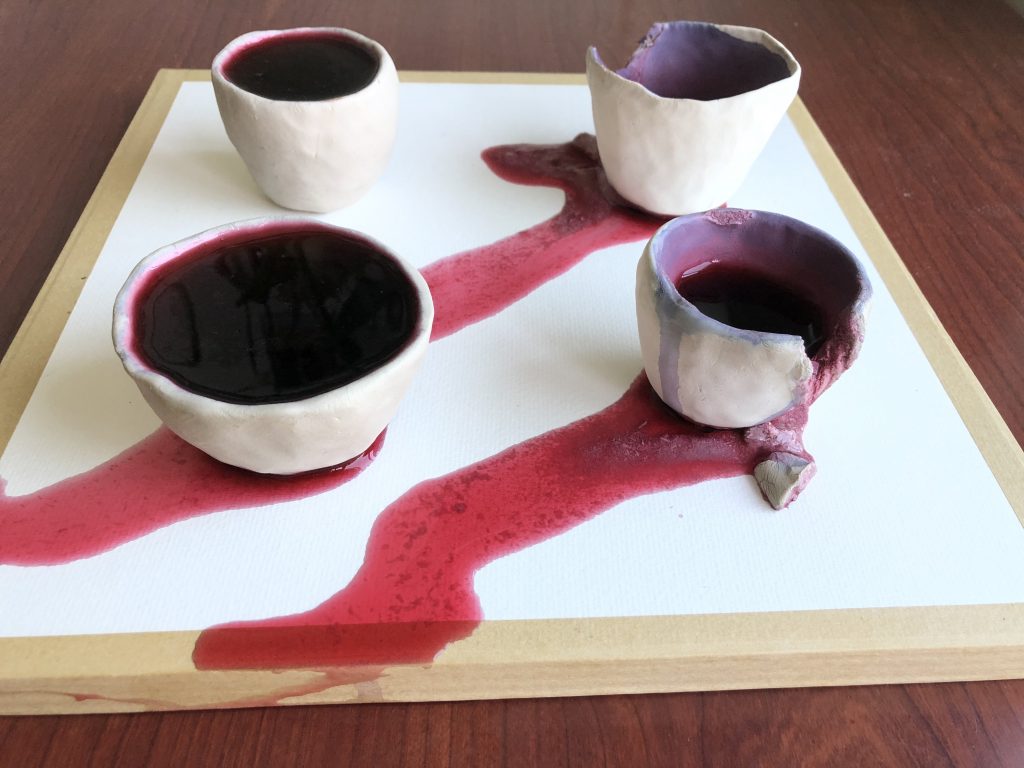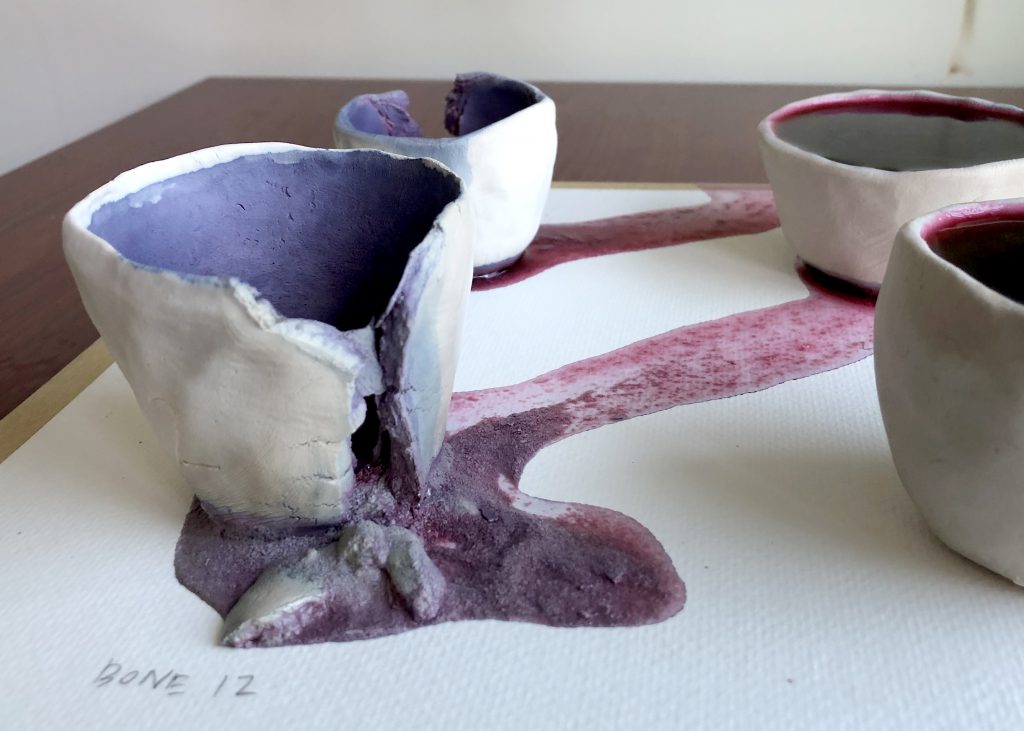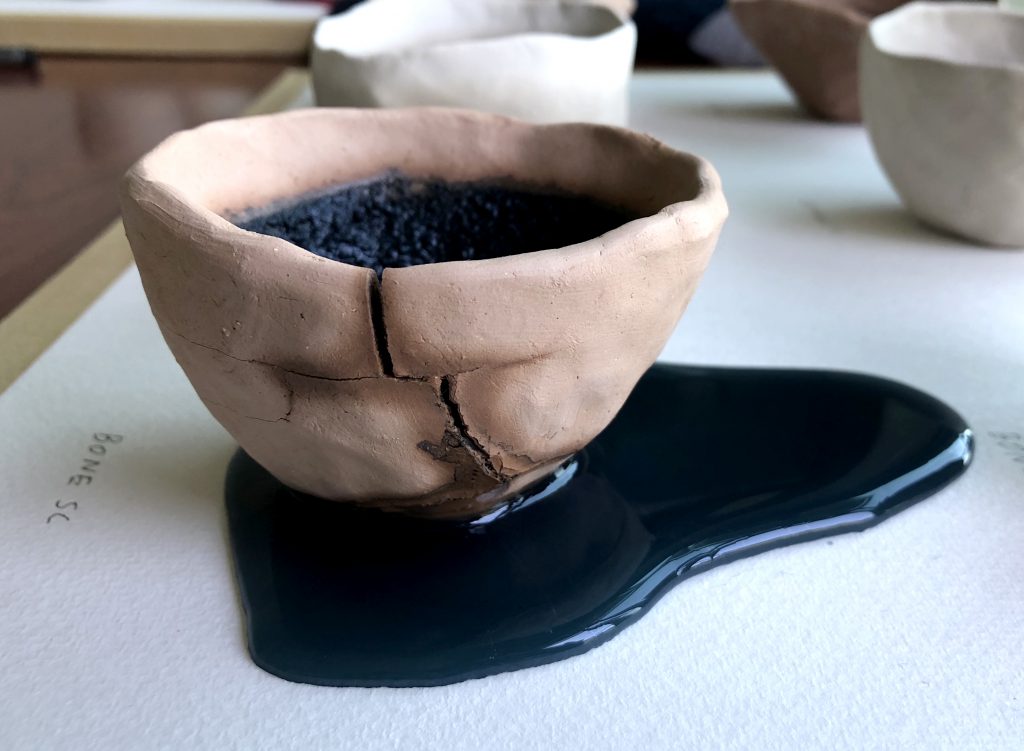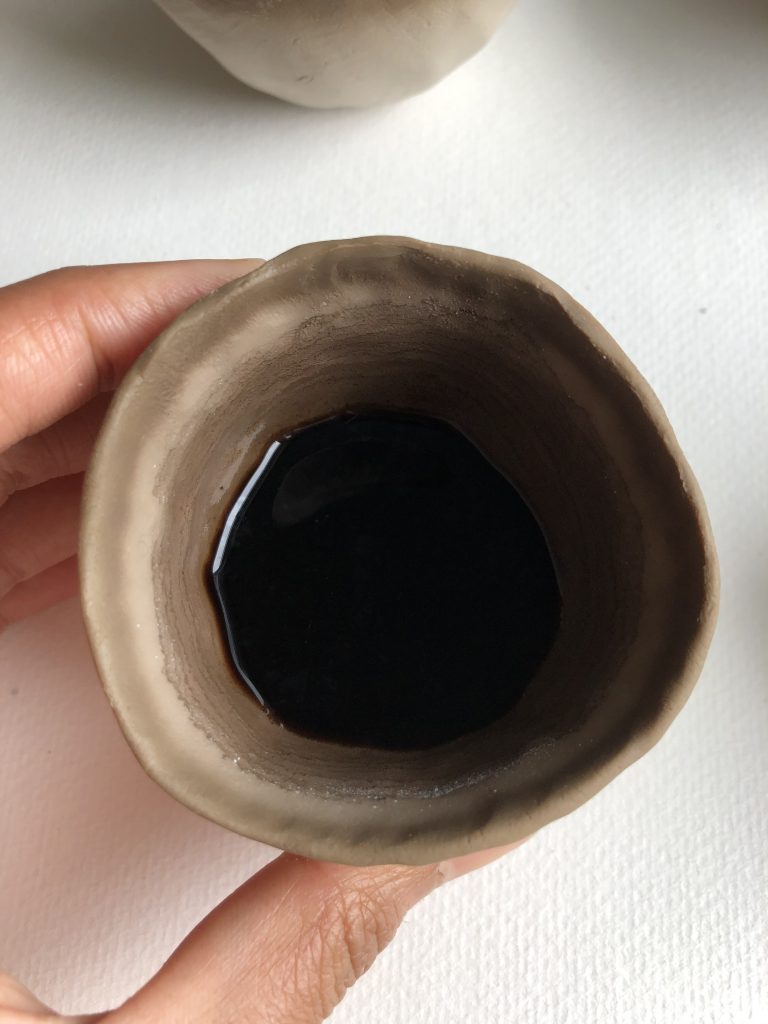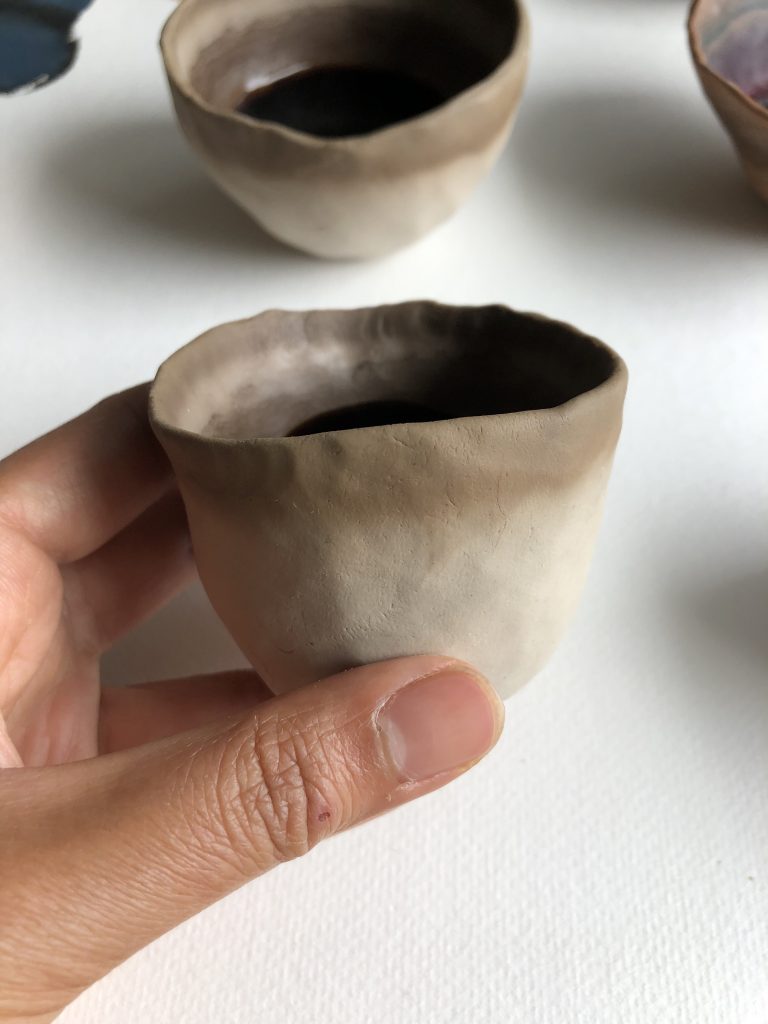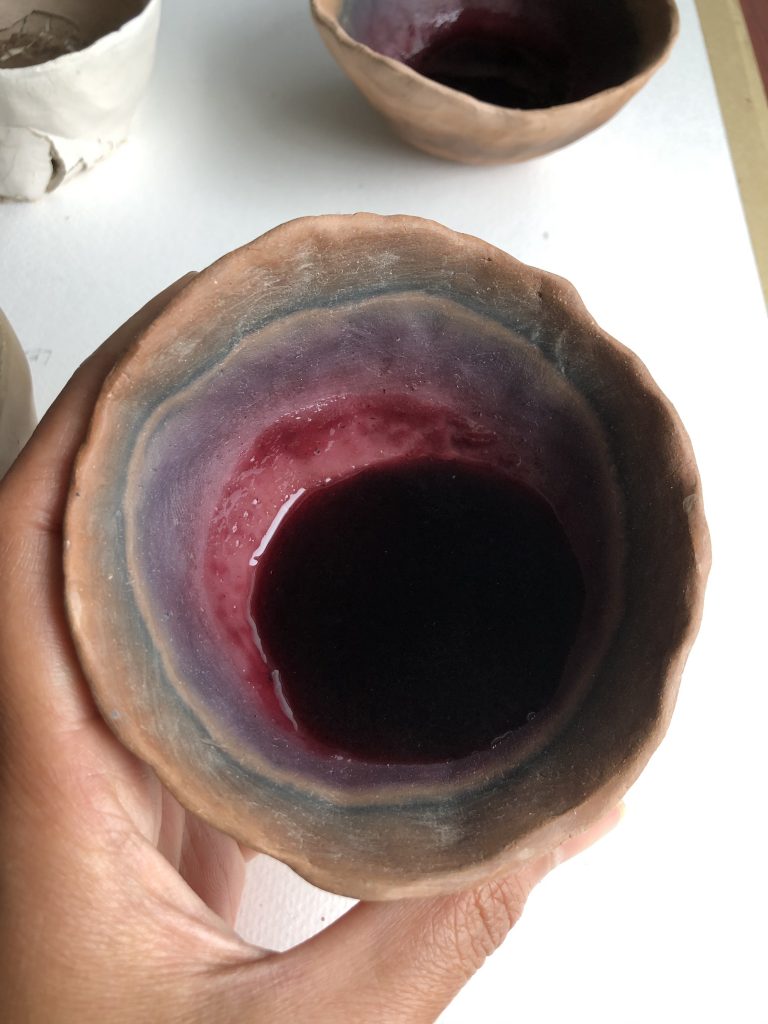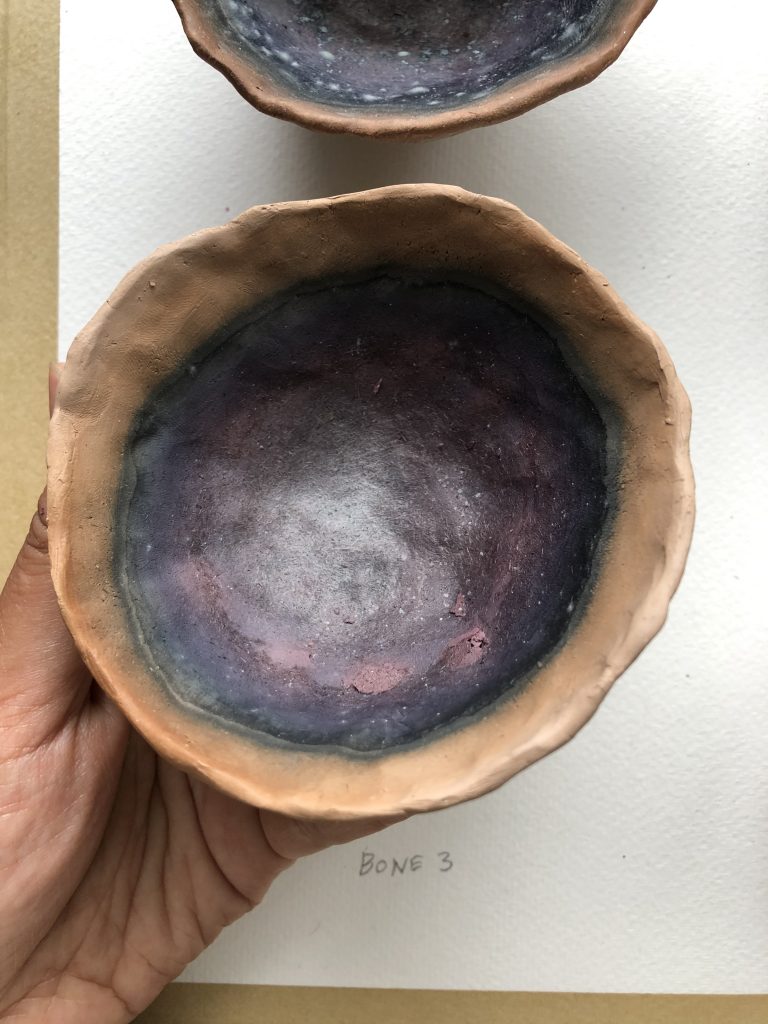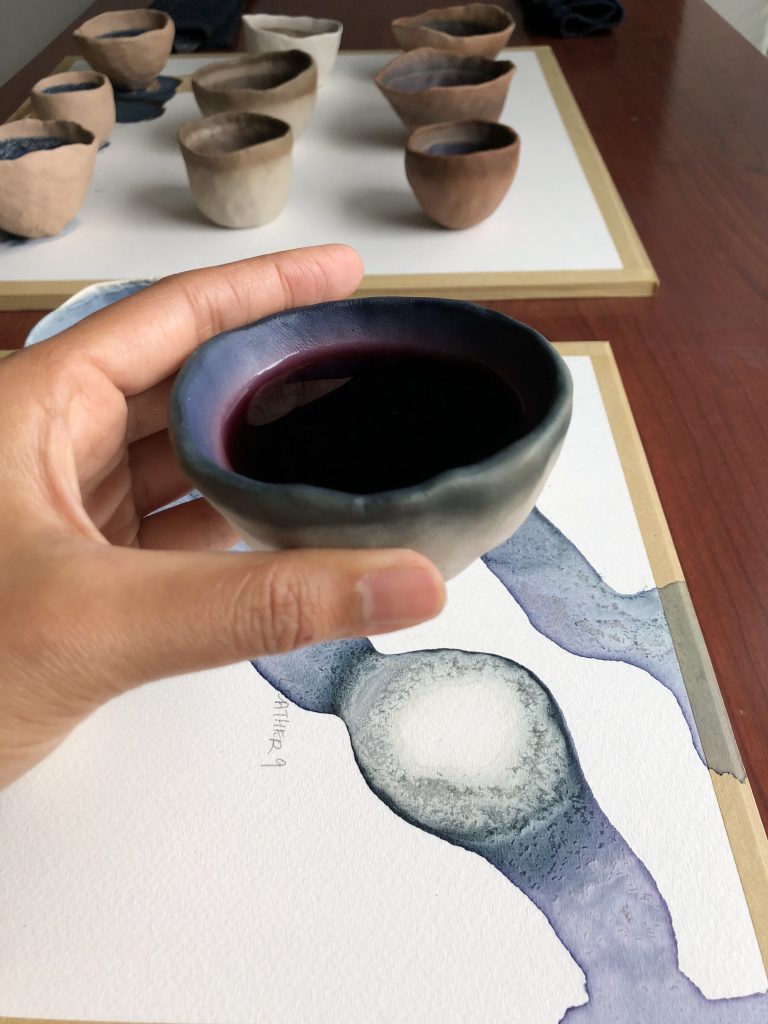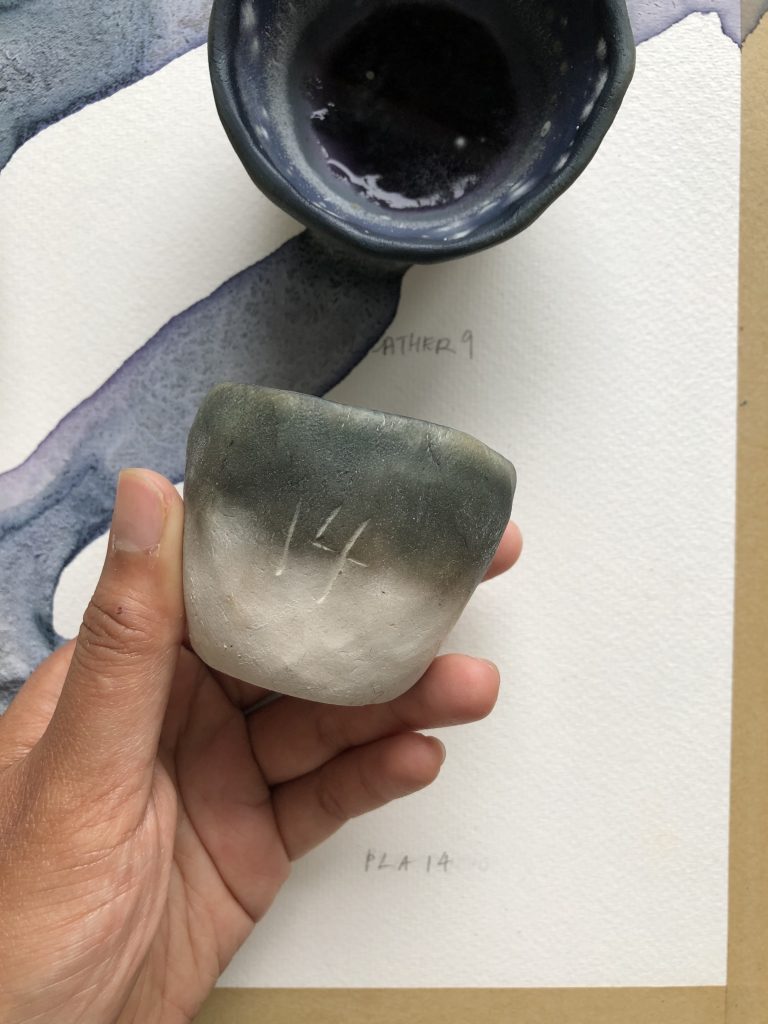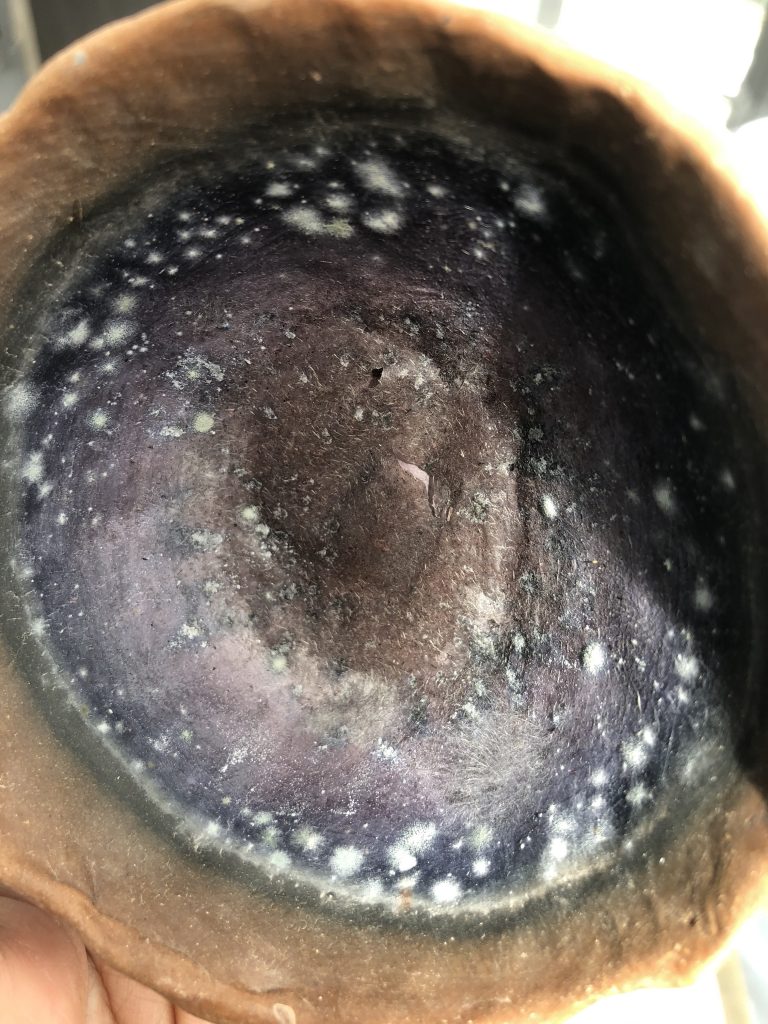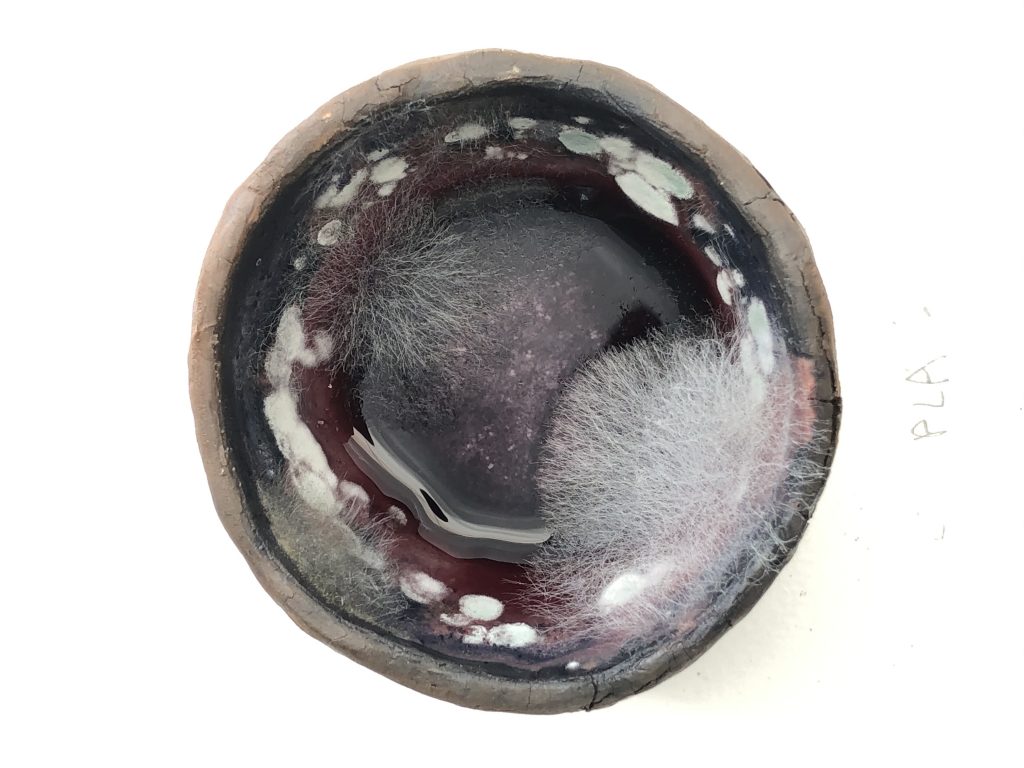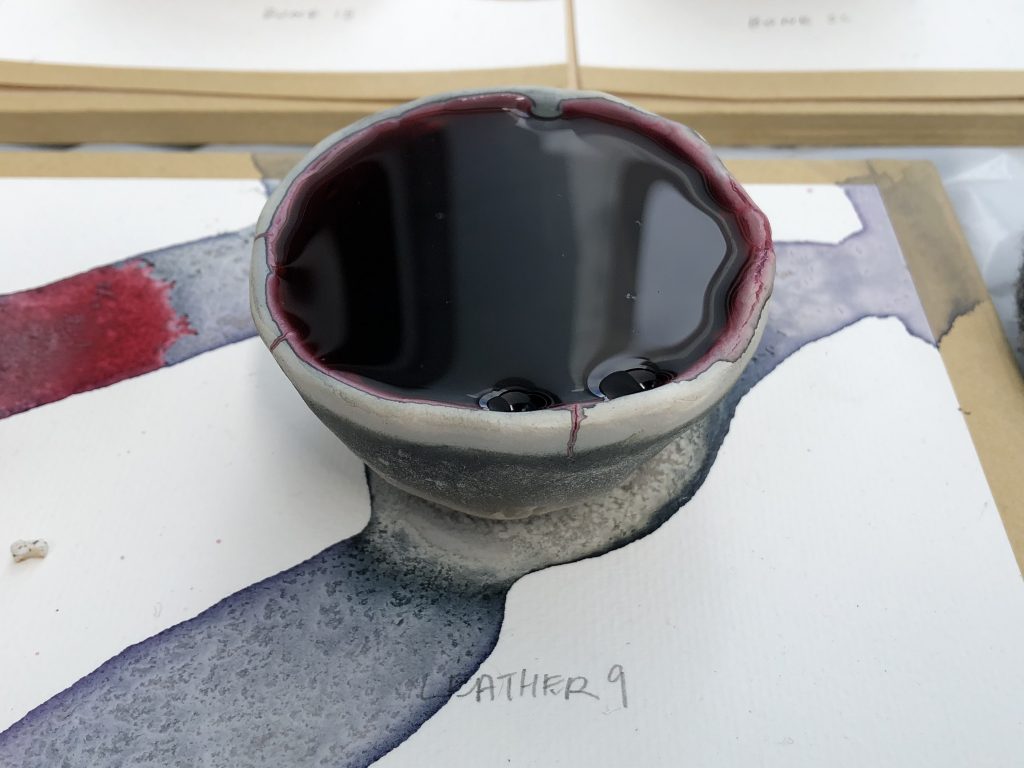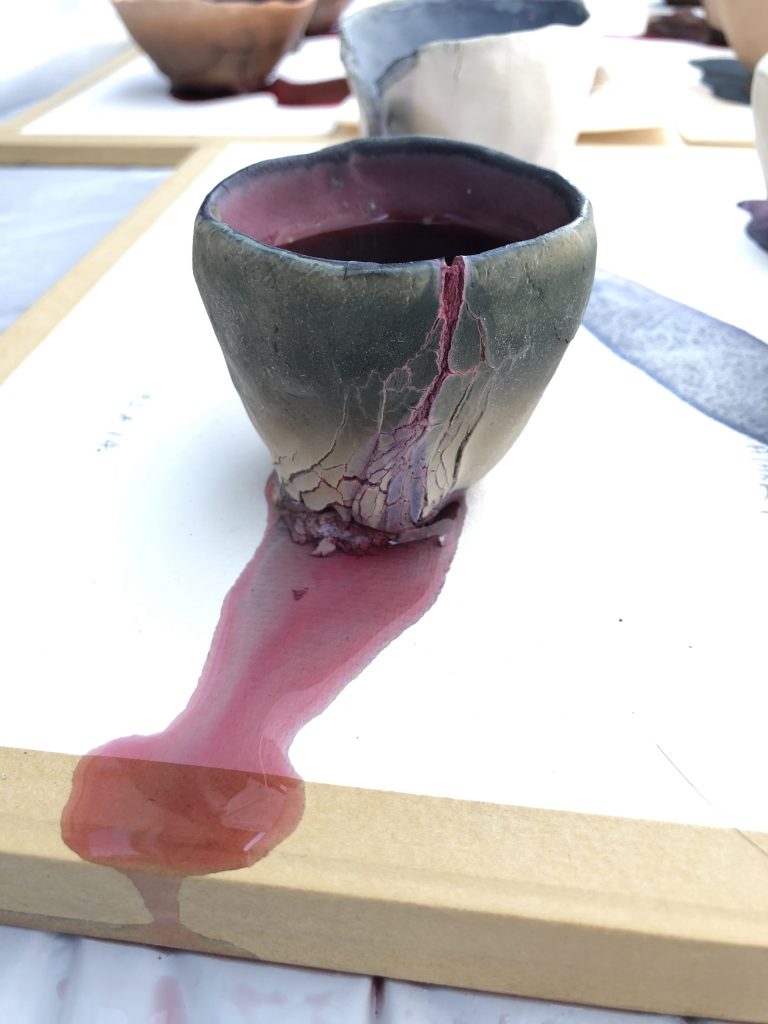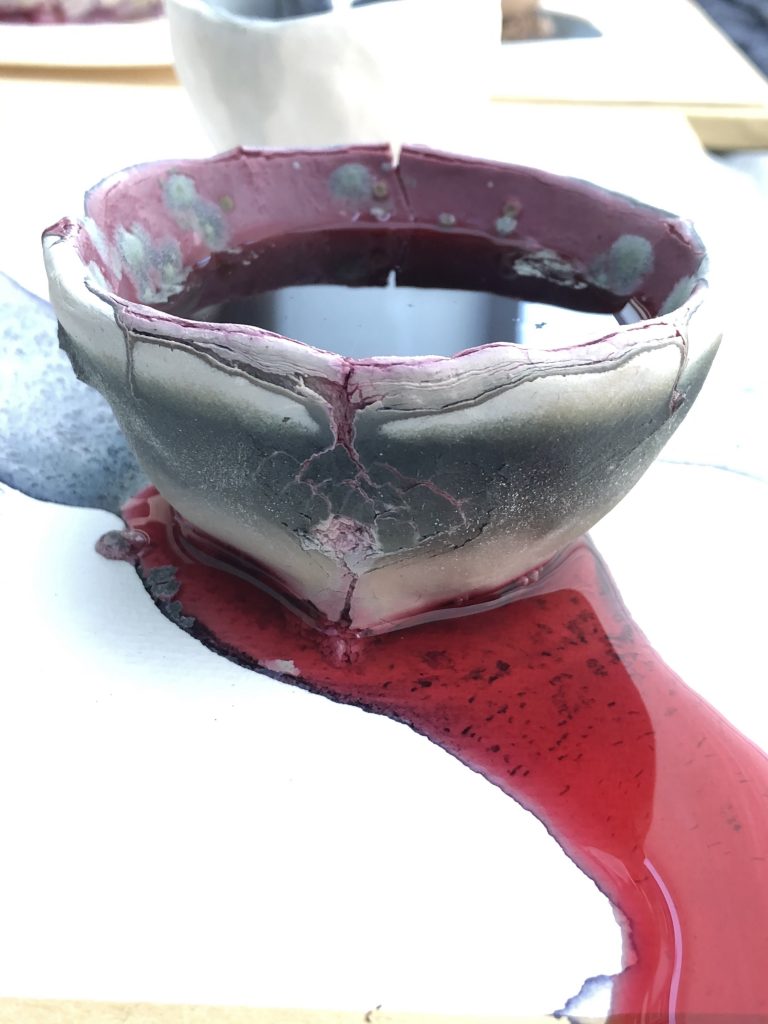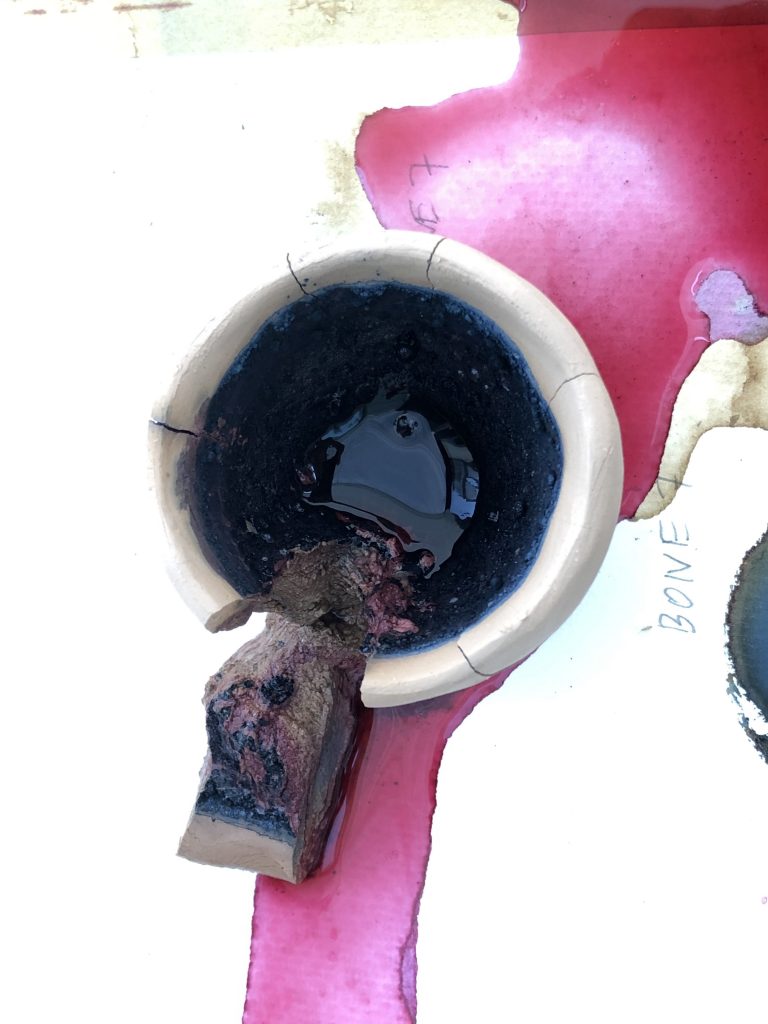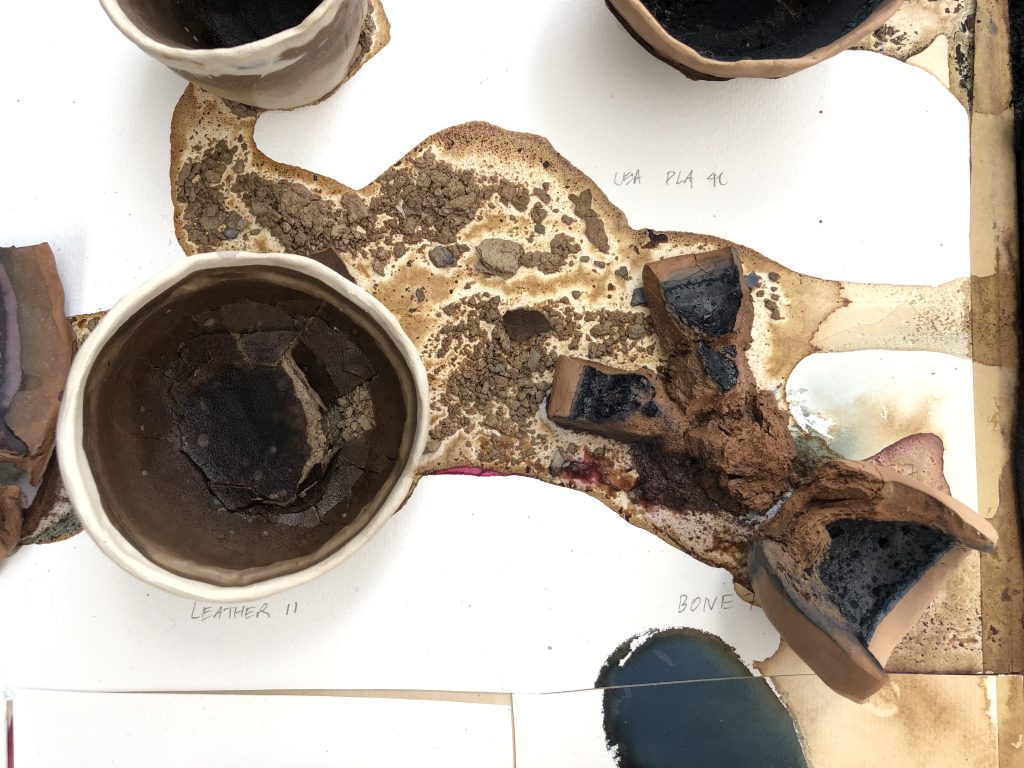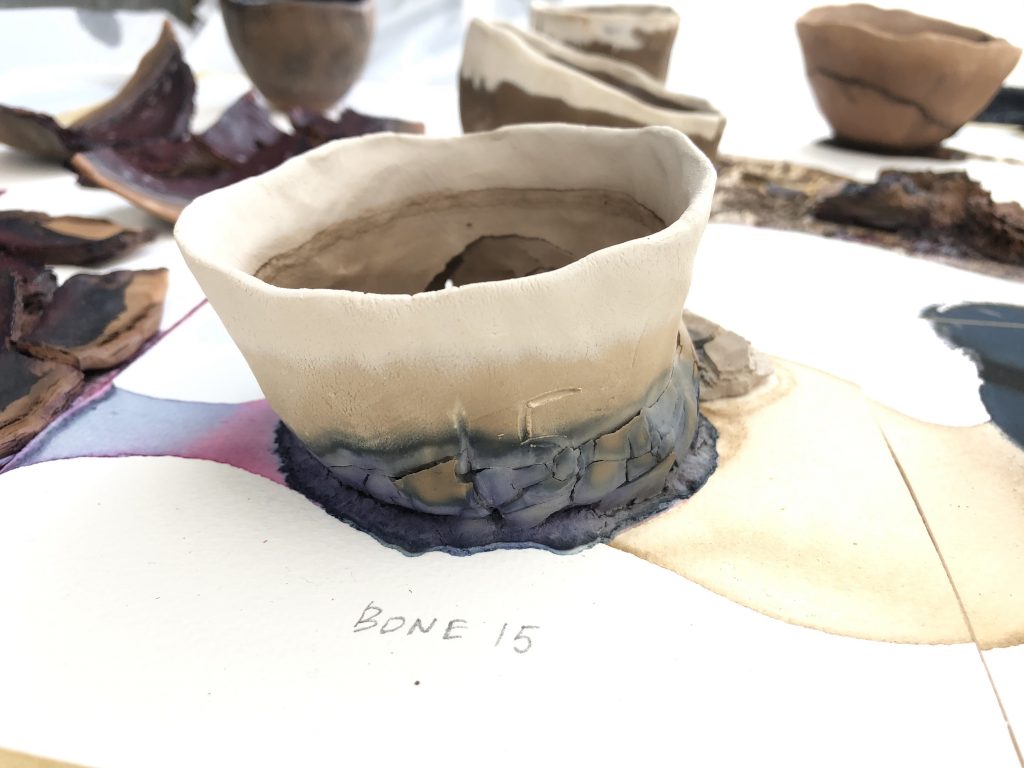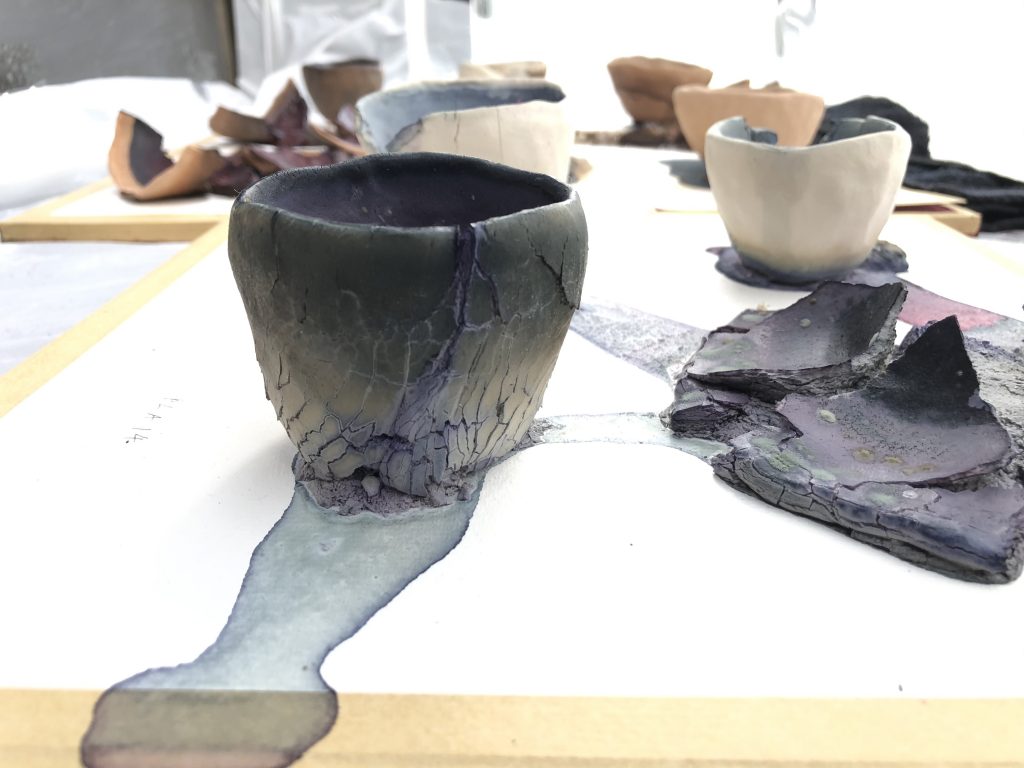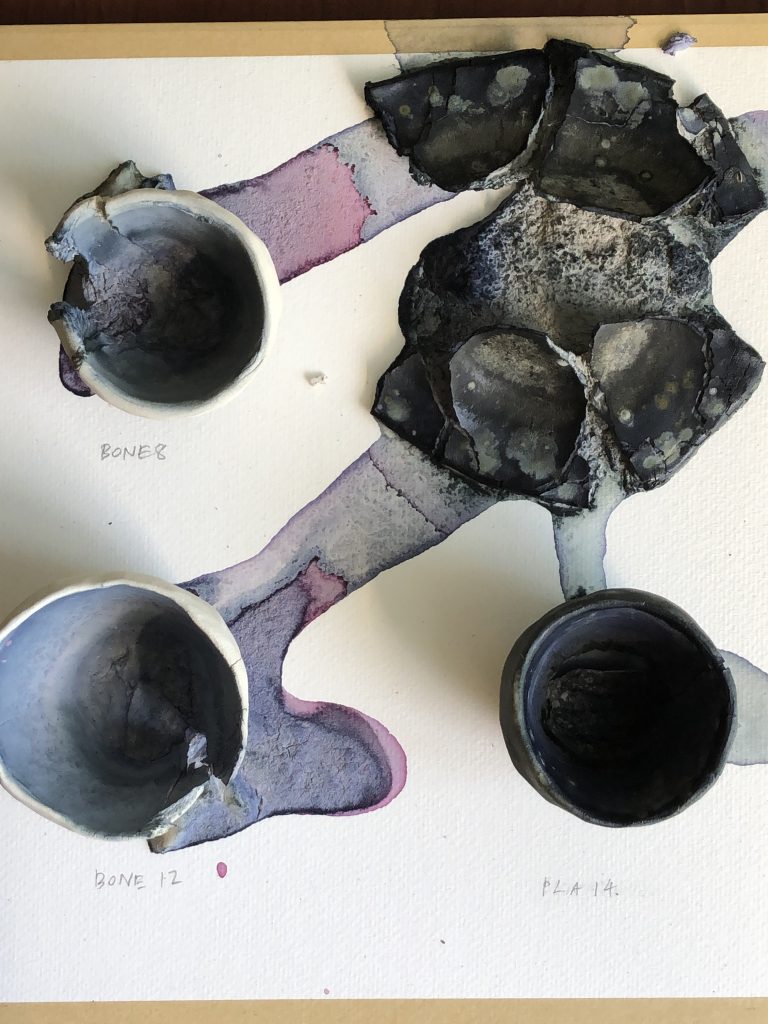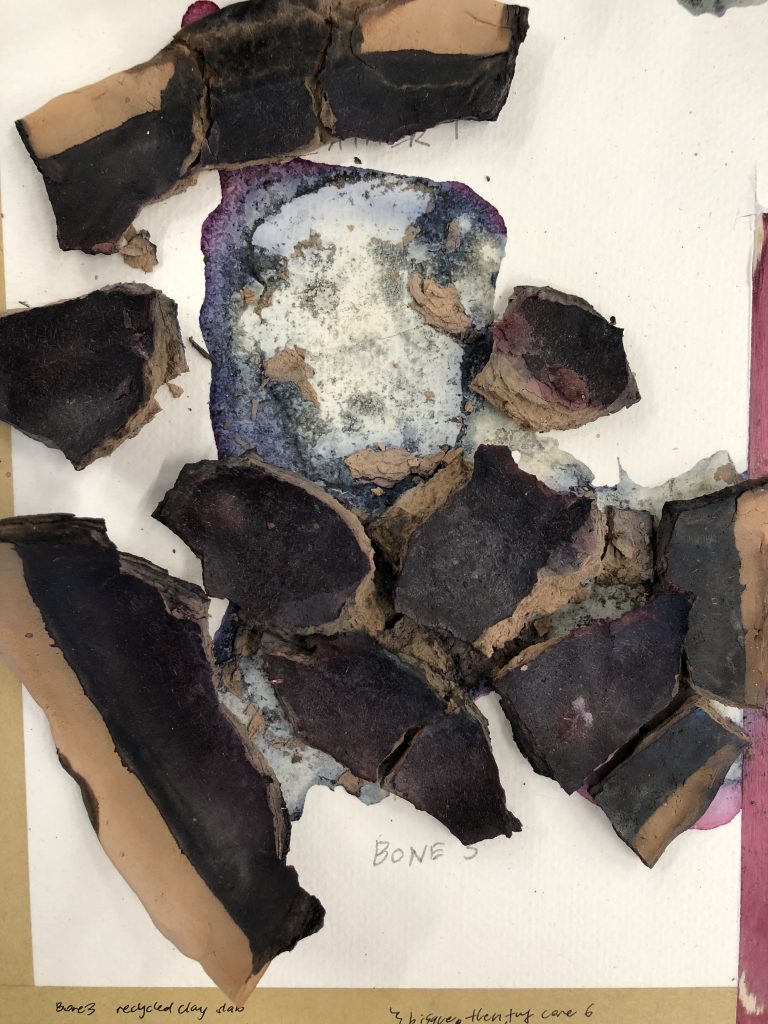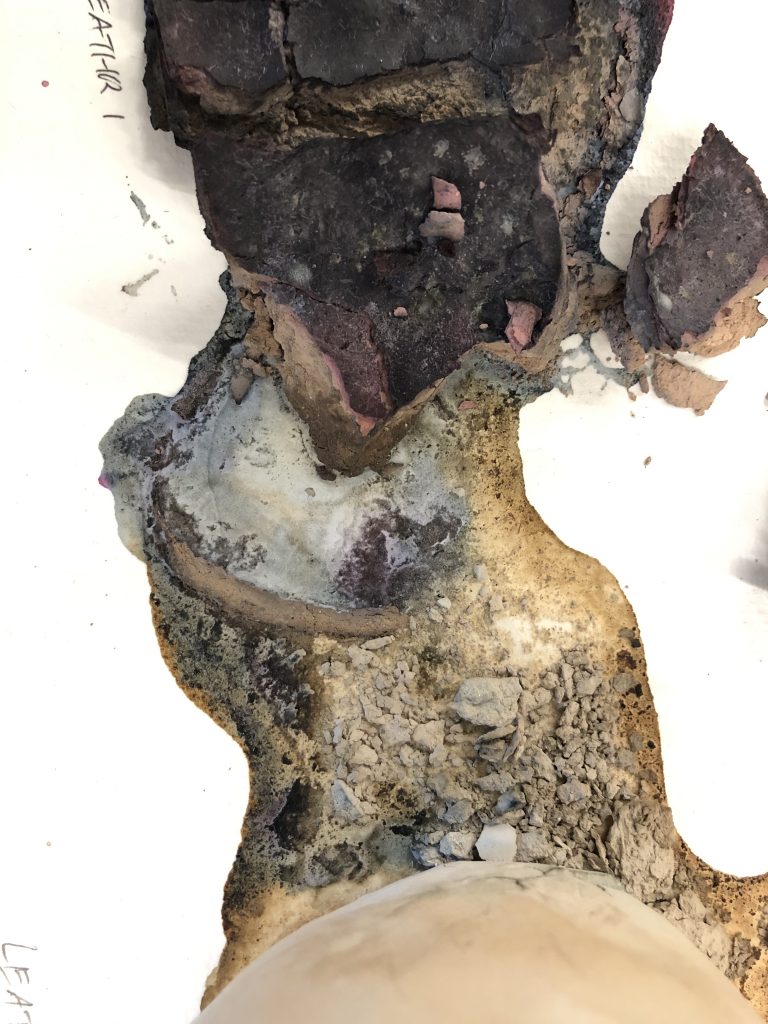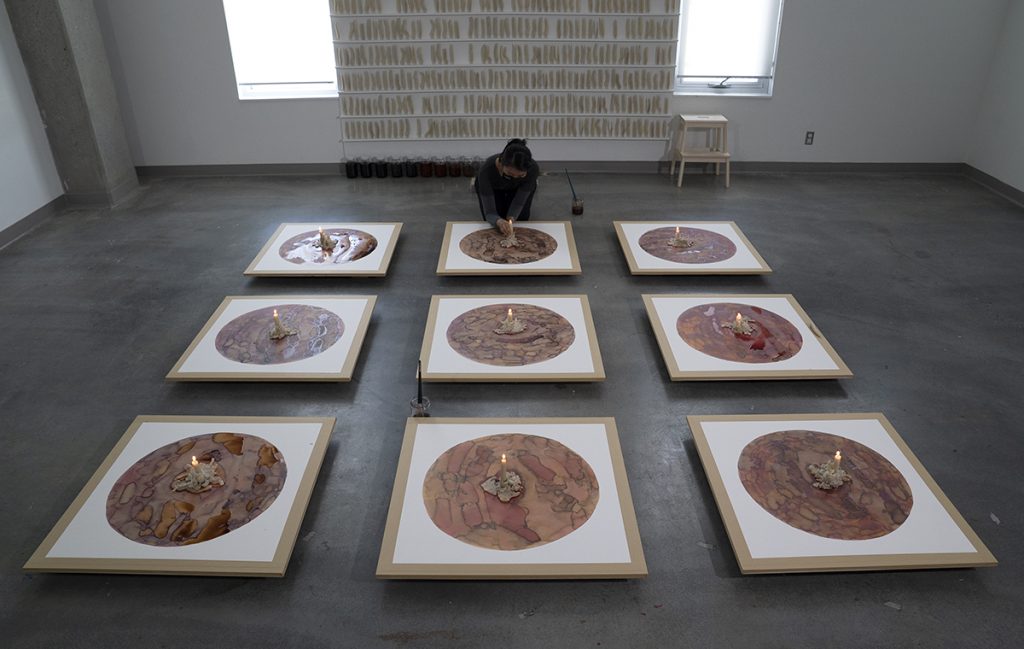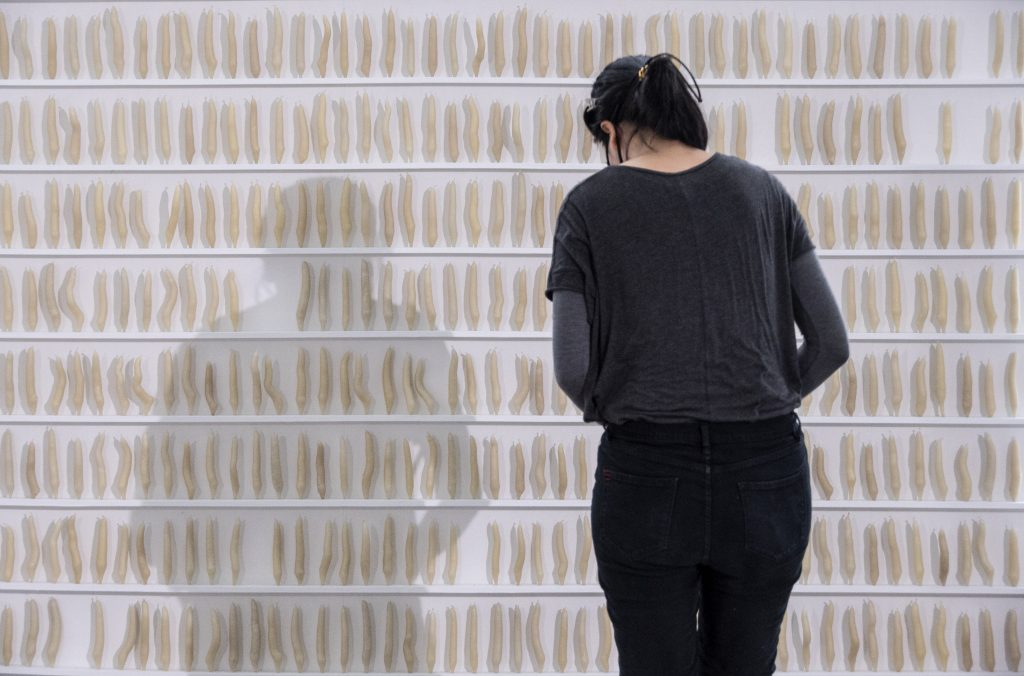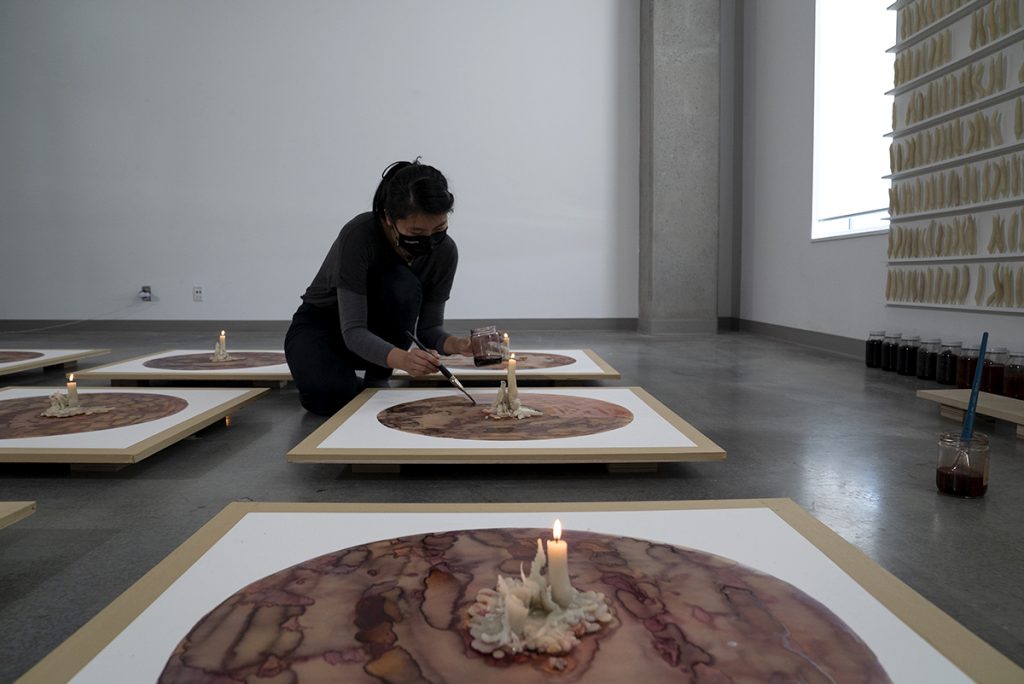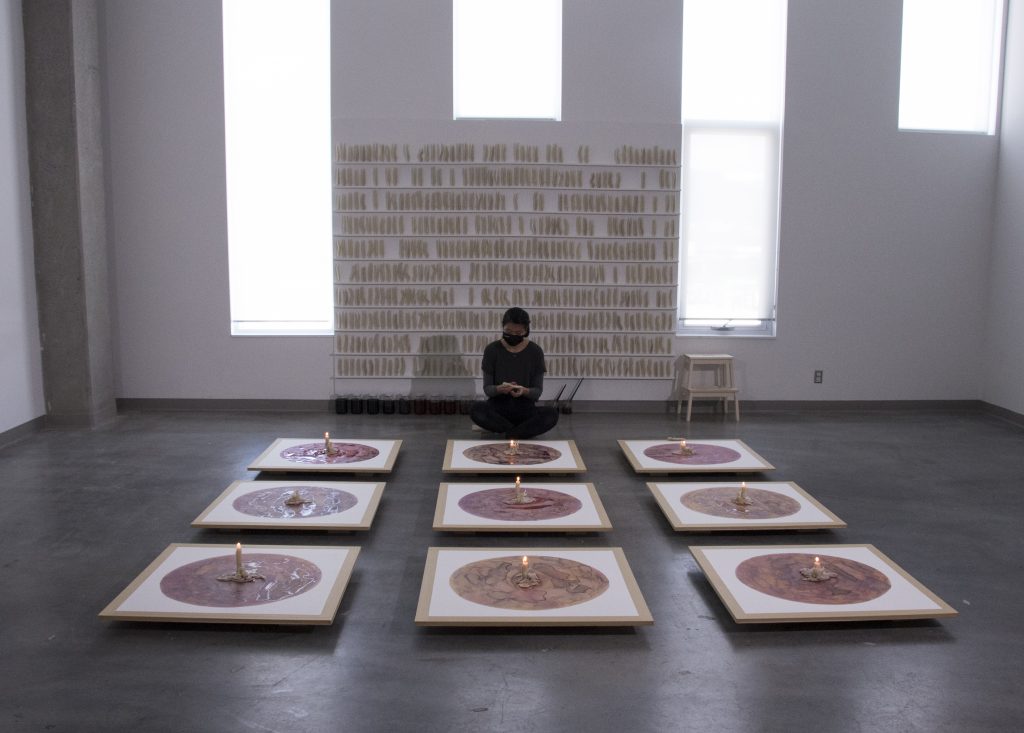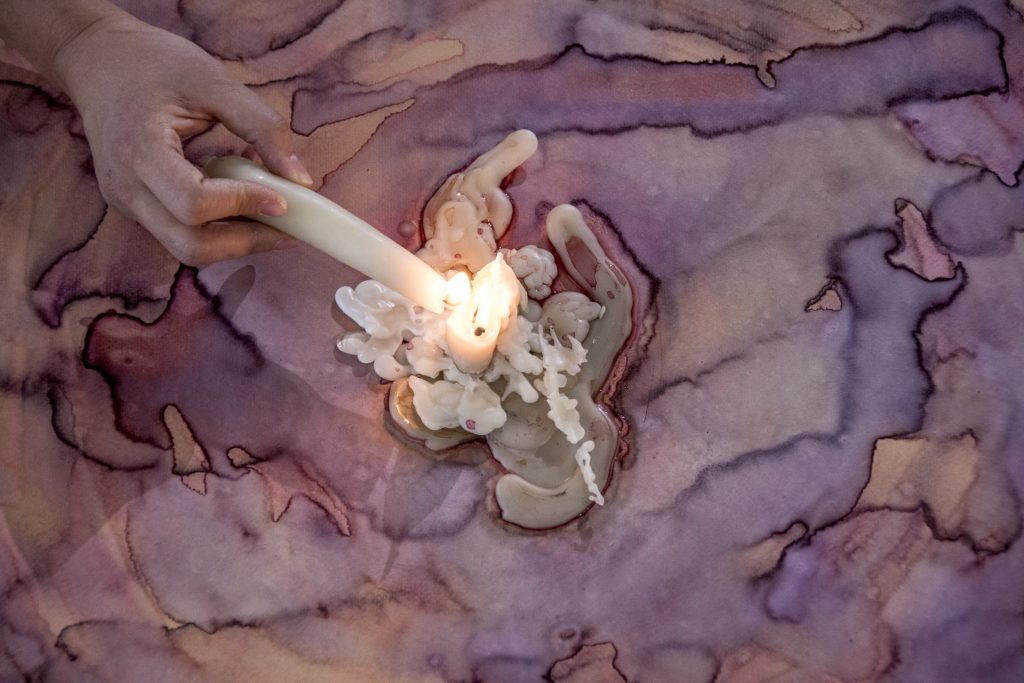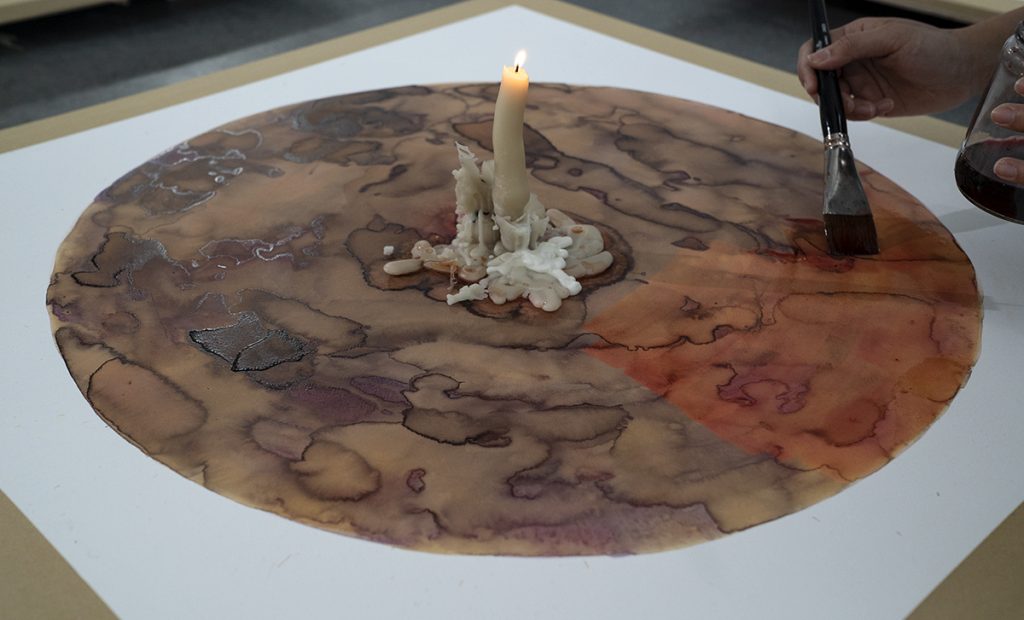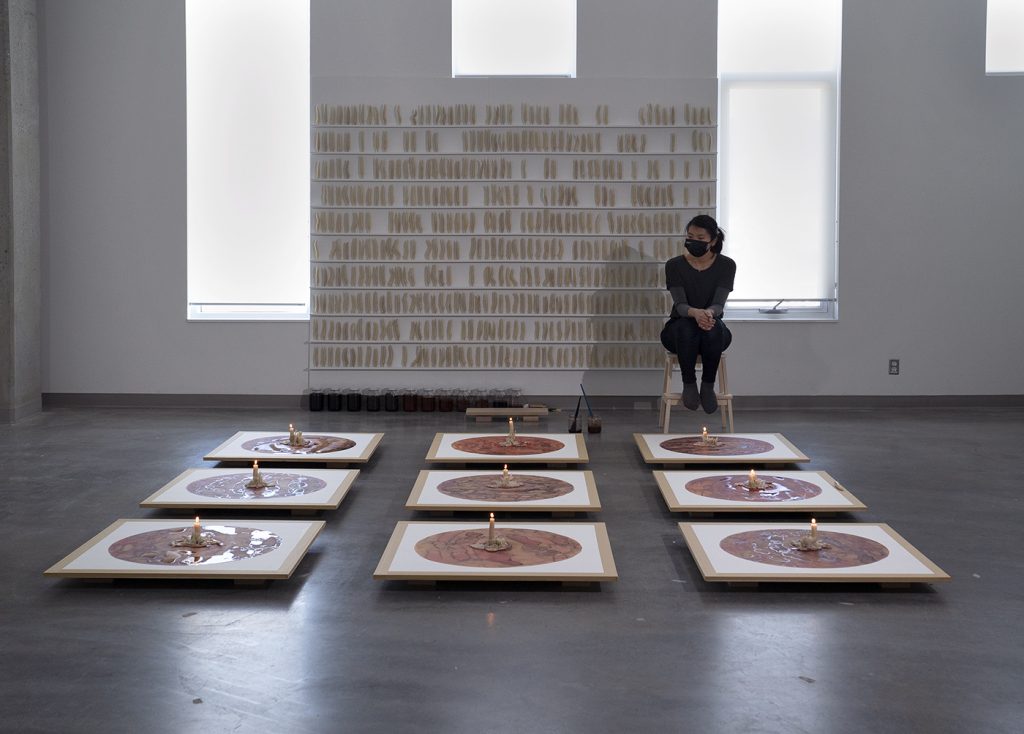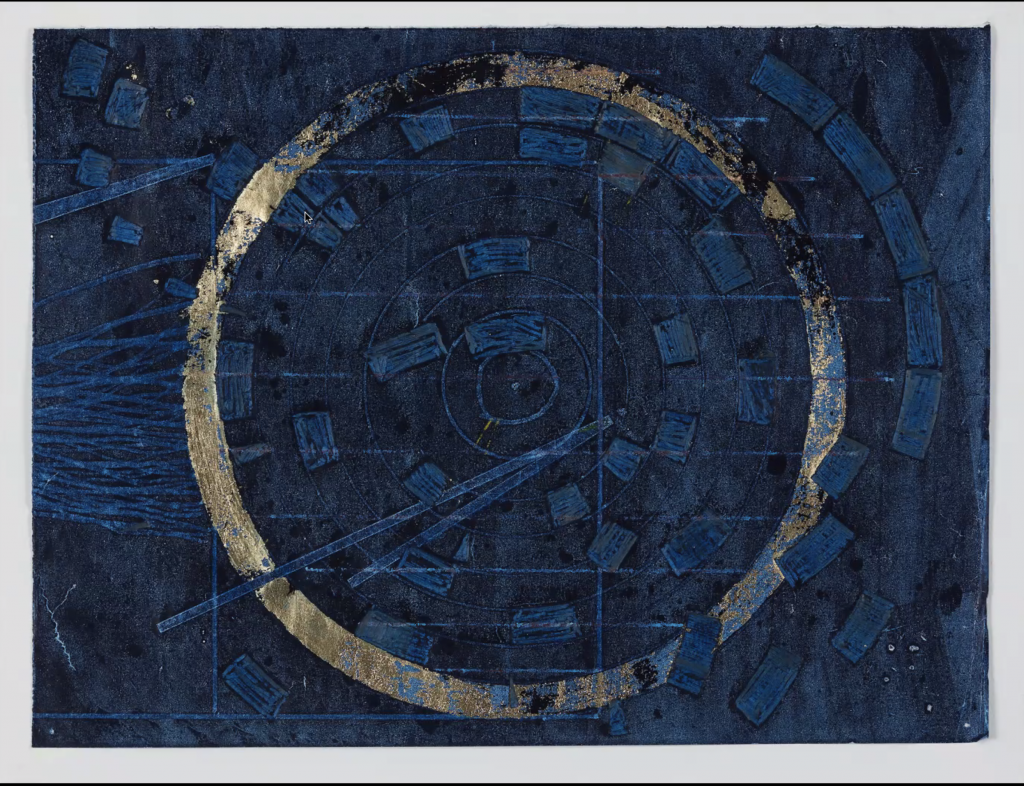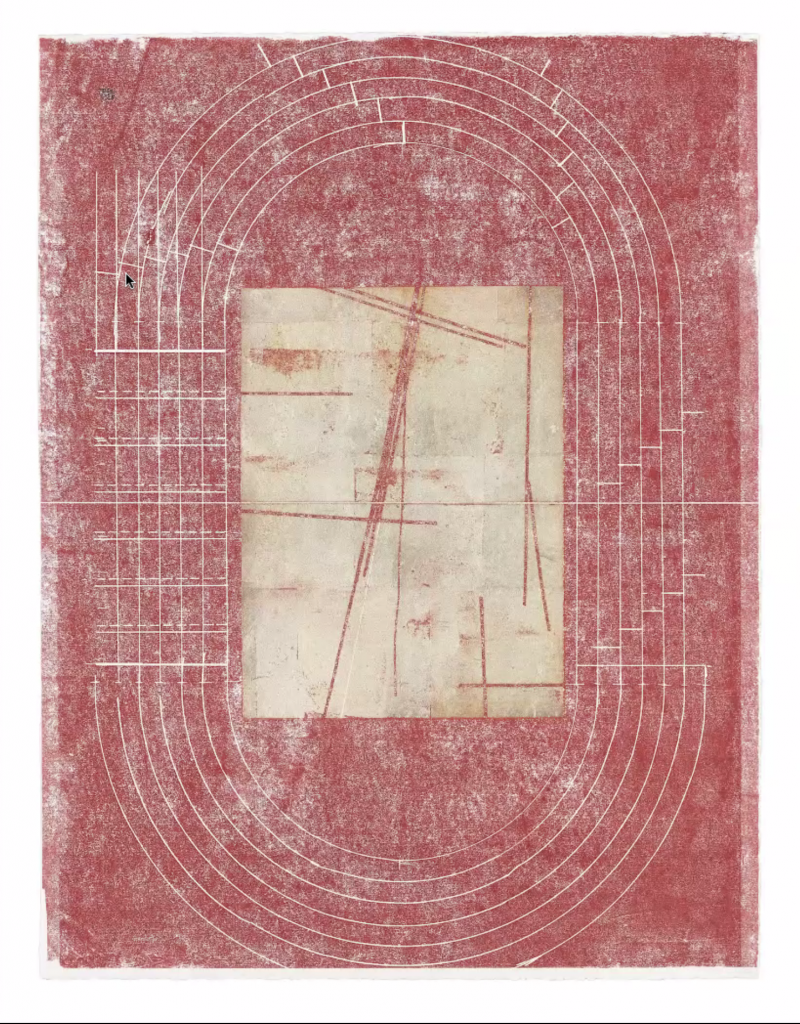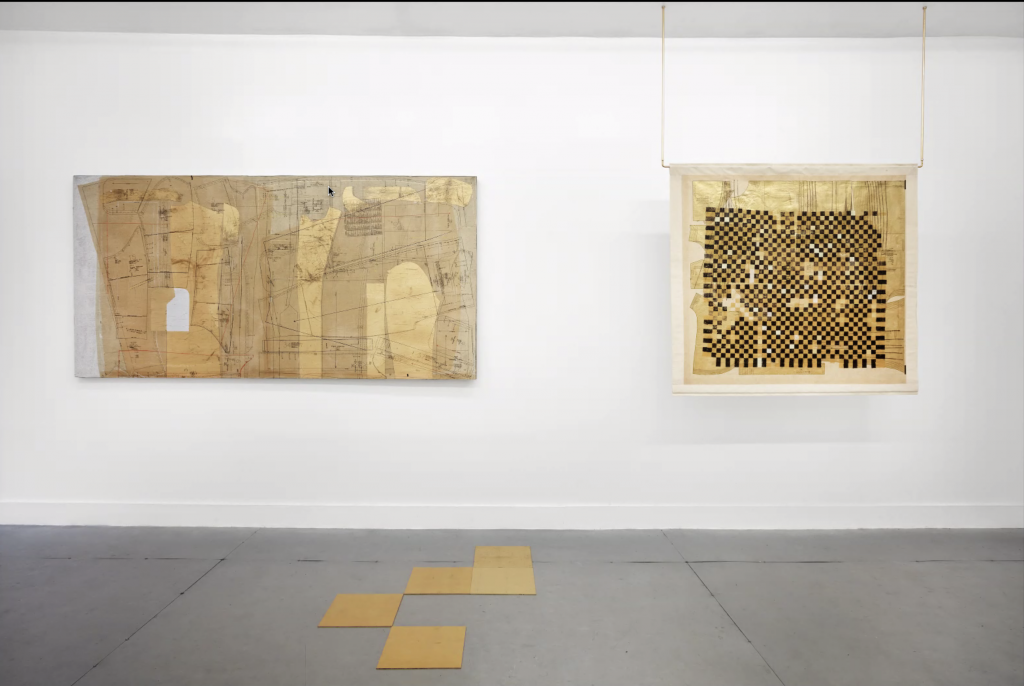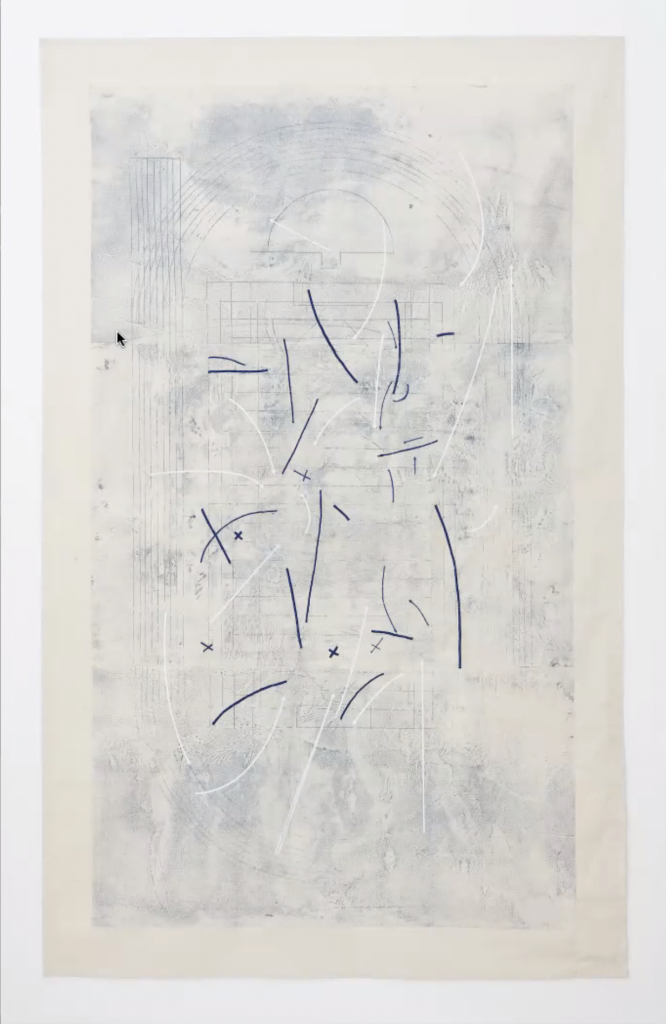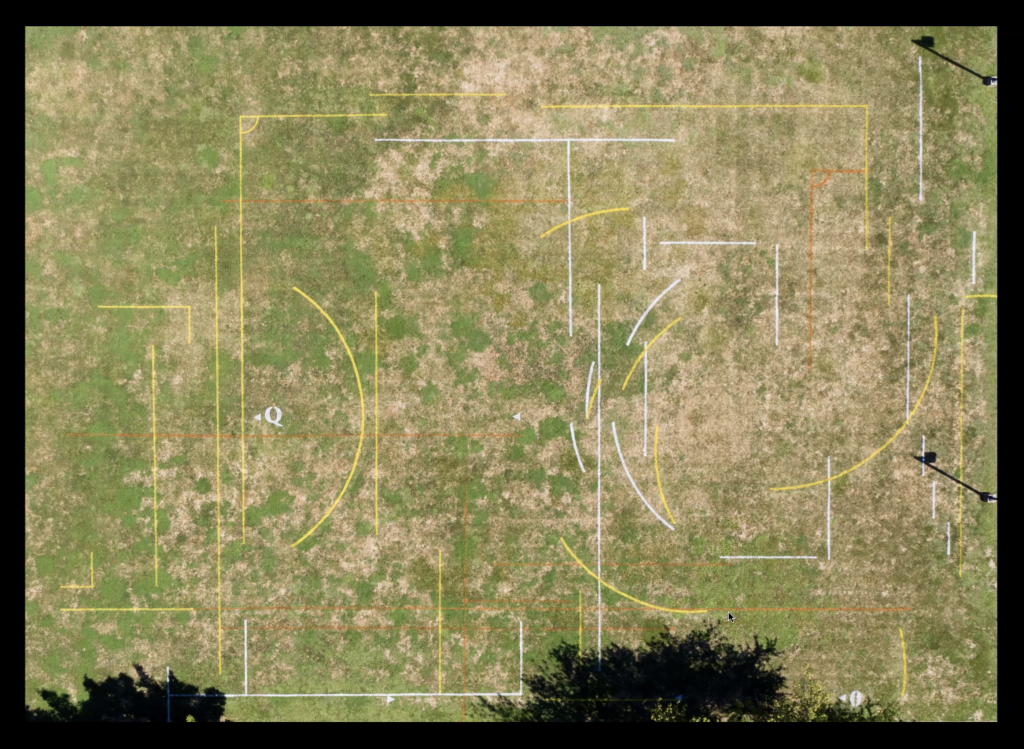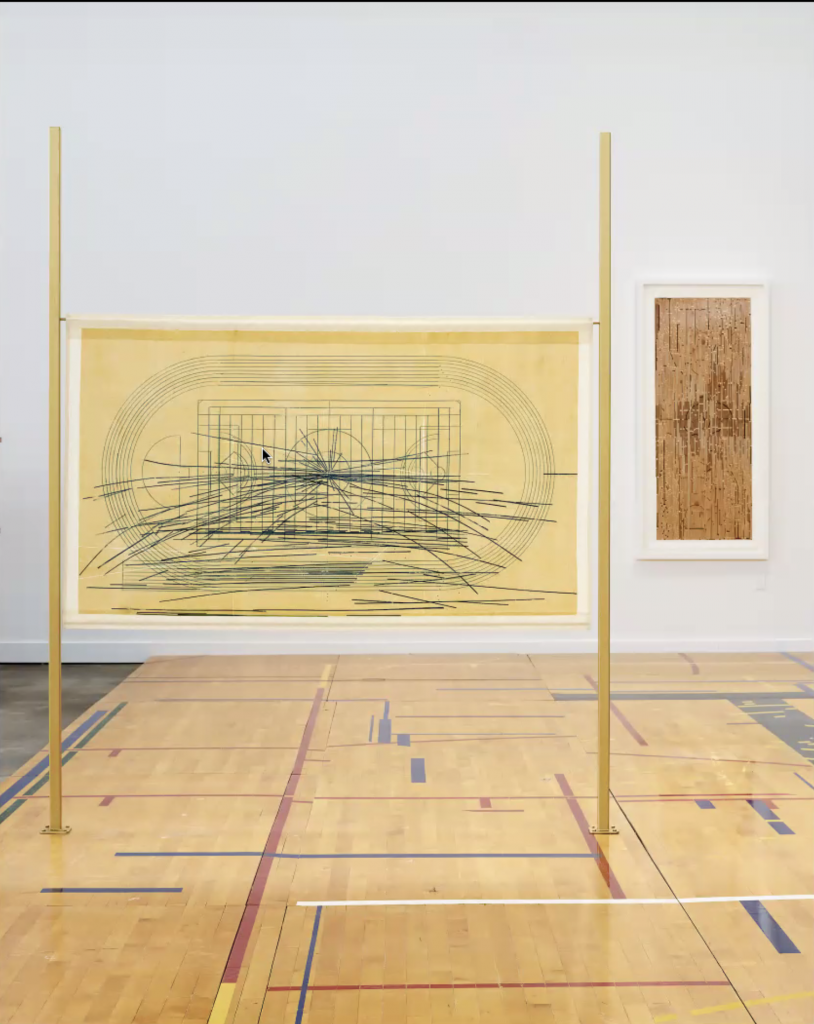The lens through which I want to understand my creative position is the quantity and quality of time I inhabit with my art practice. What I do in my studio does often involve mental and physical exertion, and the process is often challenging technically and psychologically. However, neither labour, which emphasizes the toil involved that makes financial compensation necessary, nor work, which is driven by the need to create a particular outcome, are generative concepts for reflecting on my studio practice.
Instead, given that I am engaged with various facets of my creative work for far than the standard 40 hours of work per week, I would like to reflect on my creative practice through how I inhabit time. In Planktons in the Sea, Raqs Media Collective writes, “if we view time from the point of view of the individual then the truth that each of us lives only once (hence each moment is unique) and that death is inevitable (hence, one day, our time will end) make time itself the most scarce commodity we have. That is why we buy time, save time, and hoard time.” Despite the heated discussions on sustainable financial renumeration in the art world, time is actually what is really at stake – we want to be paid well, so that we can devote more time to making what we are most excited about.
In my art practice, I am trying to discover ways of inhabiting time that slow the breakneck pace enabled by modern technology, and challenge our linear and capitalist perception of time as a commodity. However, in my studio practice, I find myself constantly scrambling over deadlines and editing my ever-growing to do list in order to apply to grants, residencies and shows, learn technical skills, purchase materials and obtain approval for installation sites. Time is both my core subject and material. In order to better understand it, I have recently started to develop performance installations that require both my presence and the accumulation of time-based processes over many days. I apply layers of pigments and wait for them to dry, or I light candles and wait for them to be consumed. In between, I create these open expanses where I can neither check my email nor rework an application, so what I do is observe time that is temporarily unbound from the tyranny of clocks.
Raqs Media Collective starts the text with, “To ask a human being to account for time is not very different from asking a floating fragment of plankton to account for the ocean. How does the plankton bank the ocean?” This slippery quality of time becomes increasingly apparent as I read about the unpredictable multiplicity of time in quantum physics and the simultaneous, cyclical nature of time in Zen philosophy. I need to activate material processes that reveal the accumulation of time in order to reflect on what language cannot fully articulate. Thus, my creative practice is primarily neither work nor labour, but a means of becoming aware of how I have been and how I want to inhabit time.
It goes without saying that these contemplations alone do not allow me pay my rent or purchase food. On a practical level, I do need to spend time applying for grants, obtain commissions, or teaching artist workshops in order to sustain myself. But I also want to remain lucidly aware of Raqs Media Collective wrote about Ian Walker’s research, “if people had an endless supply of money, more than 80 percent would use that money to buy time. In other words, he argued, most of us use money to buy time. But given that time is money, we are back to where we were a little while ago, using time to buy time.” In this way, using my creative practice primarily as a means to experience time is a shortcut that by passes the conversion from work/labour into financial renumeration, that then gets used to purchase goods and services that enables us to have more time. More importantly, I see my studio practice as not just a way to reclaim time, but to open up ways of inhabiting time by freeing it from our assumptions about how we should be using our time.
